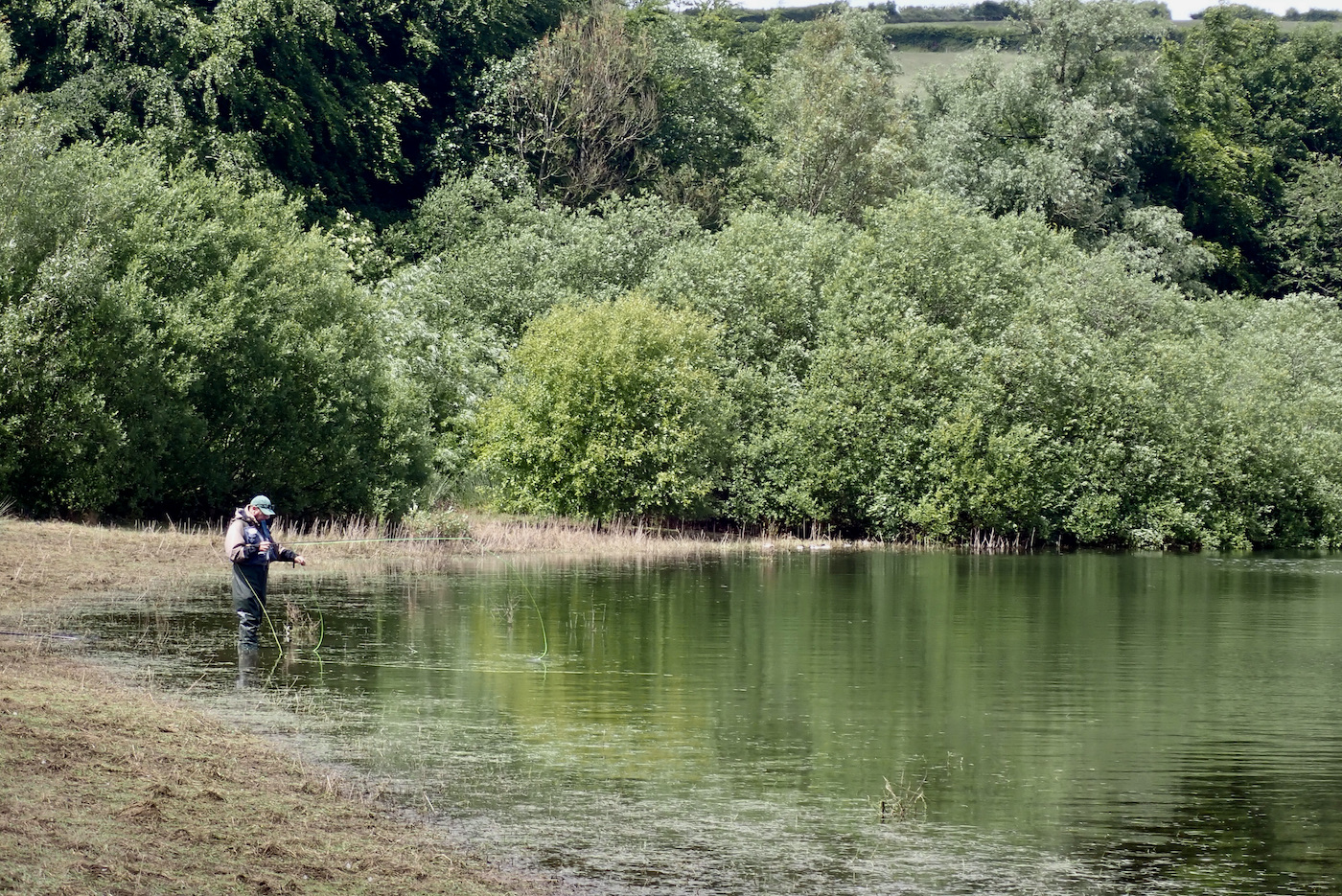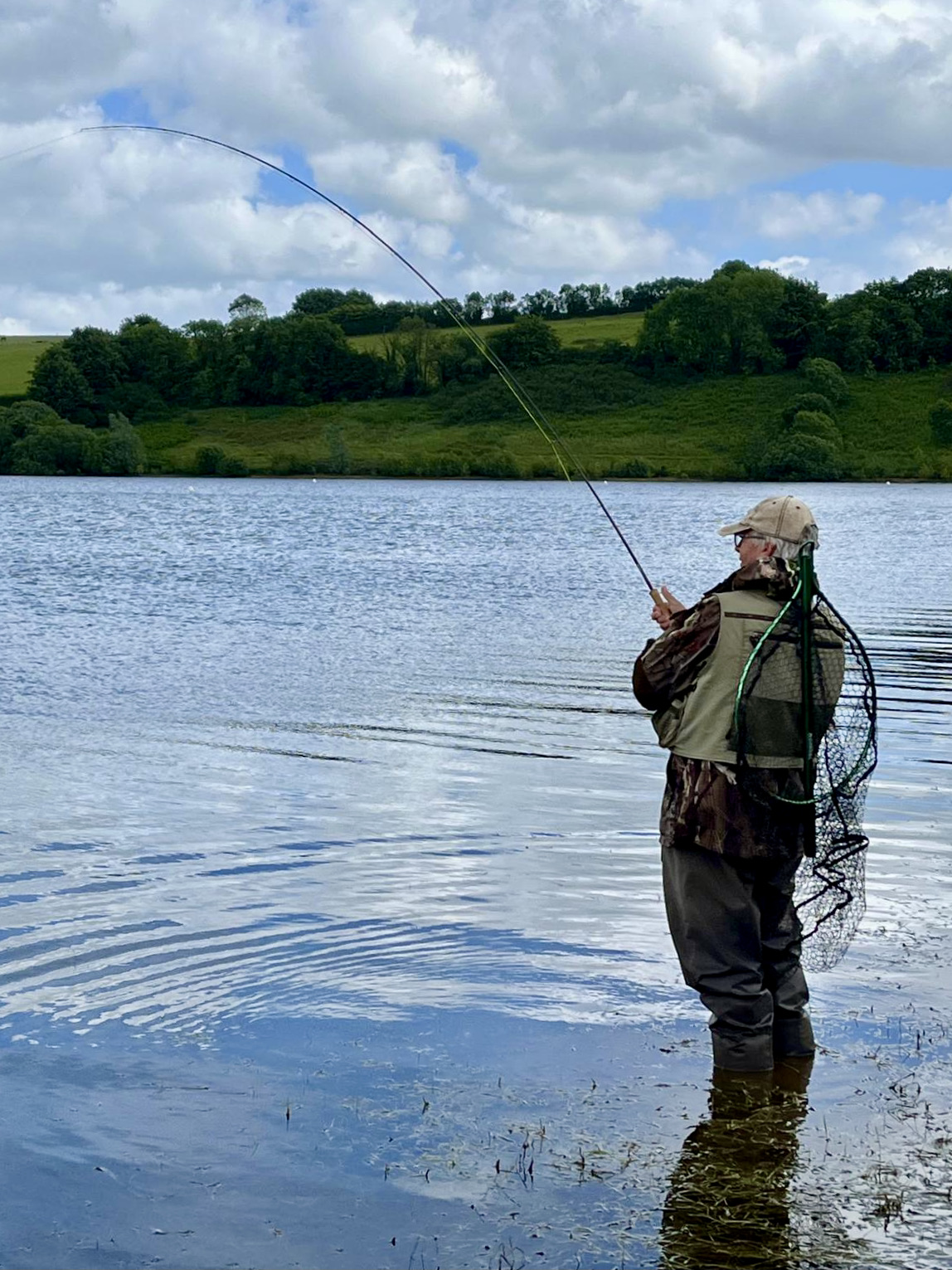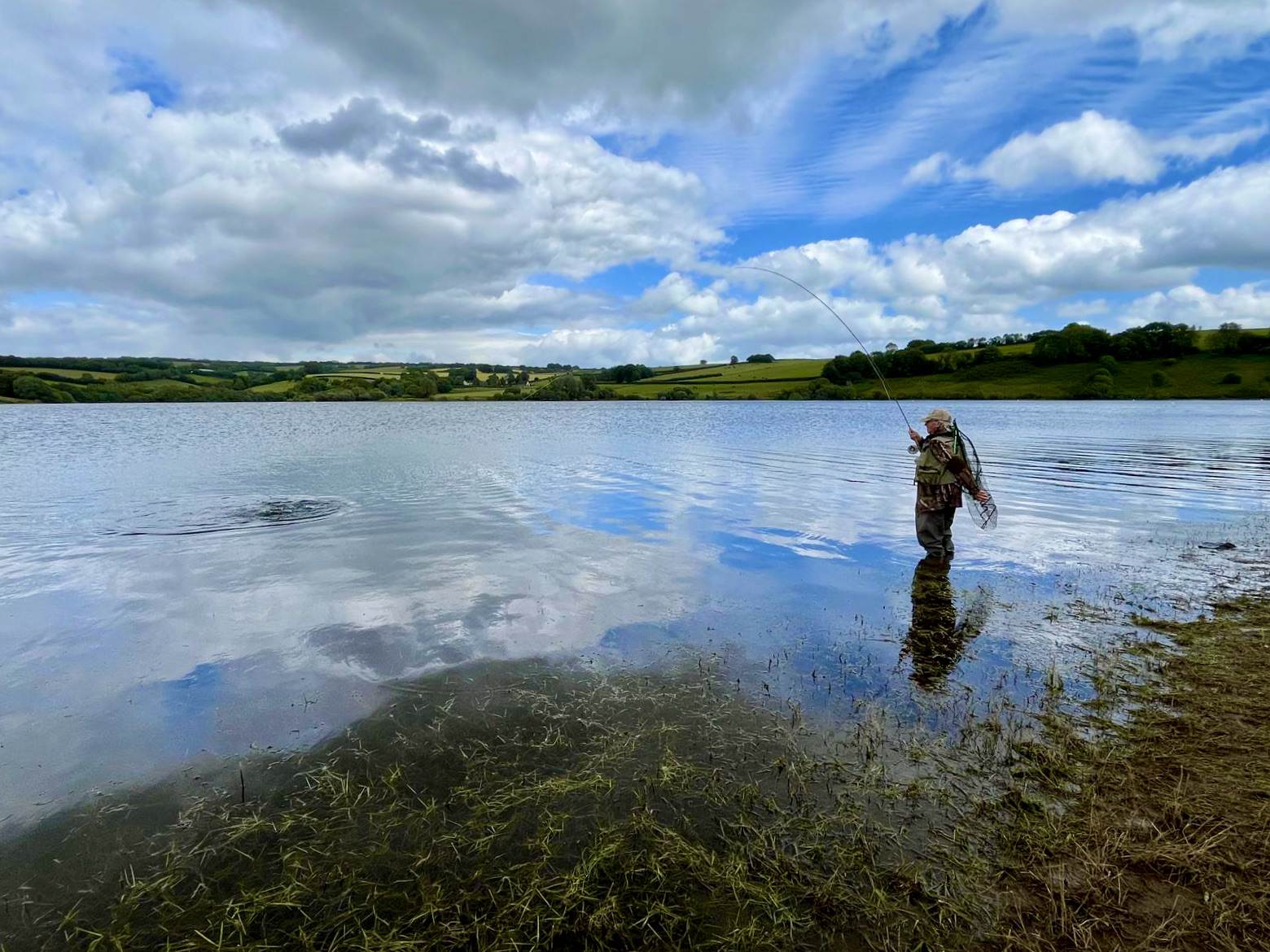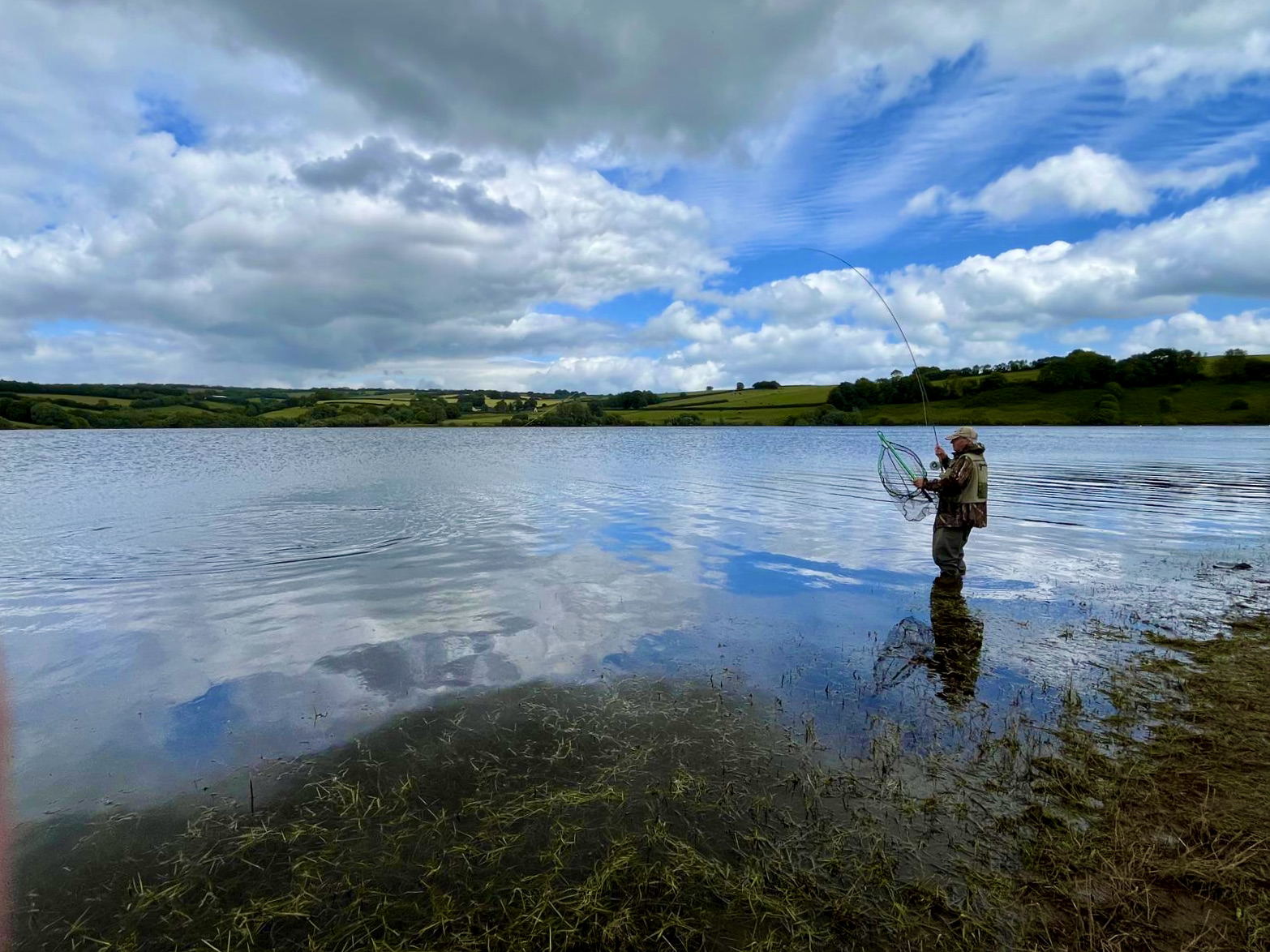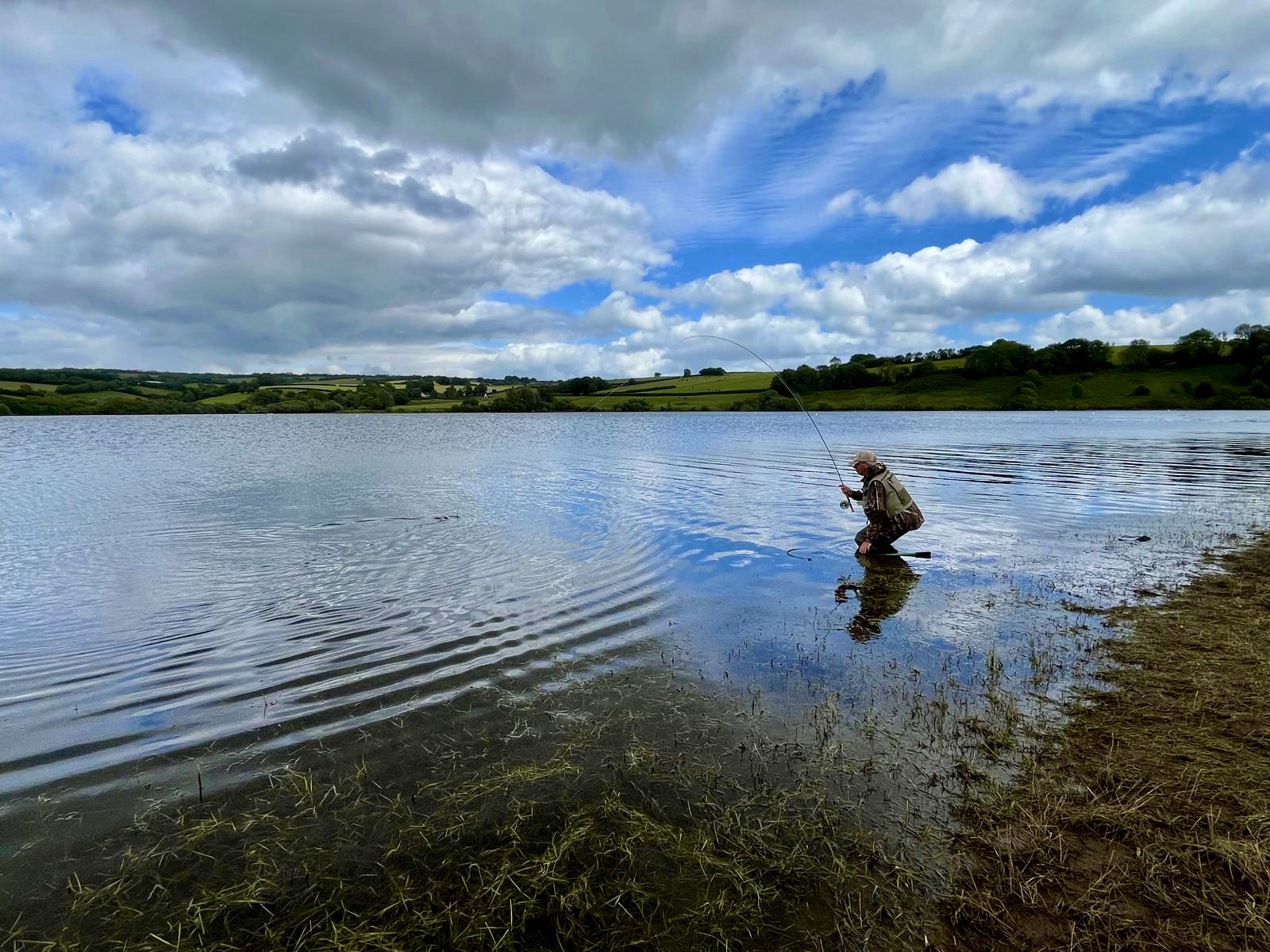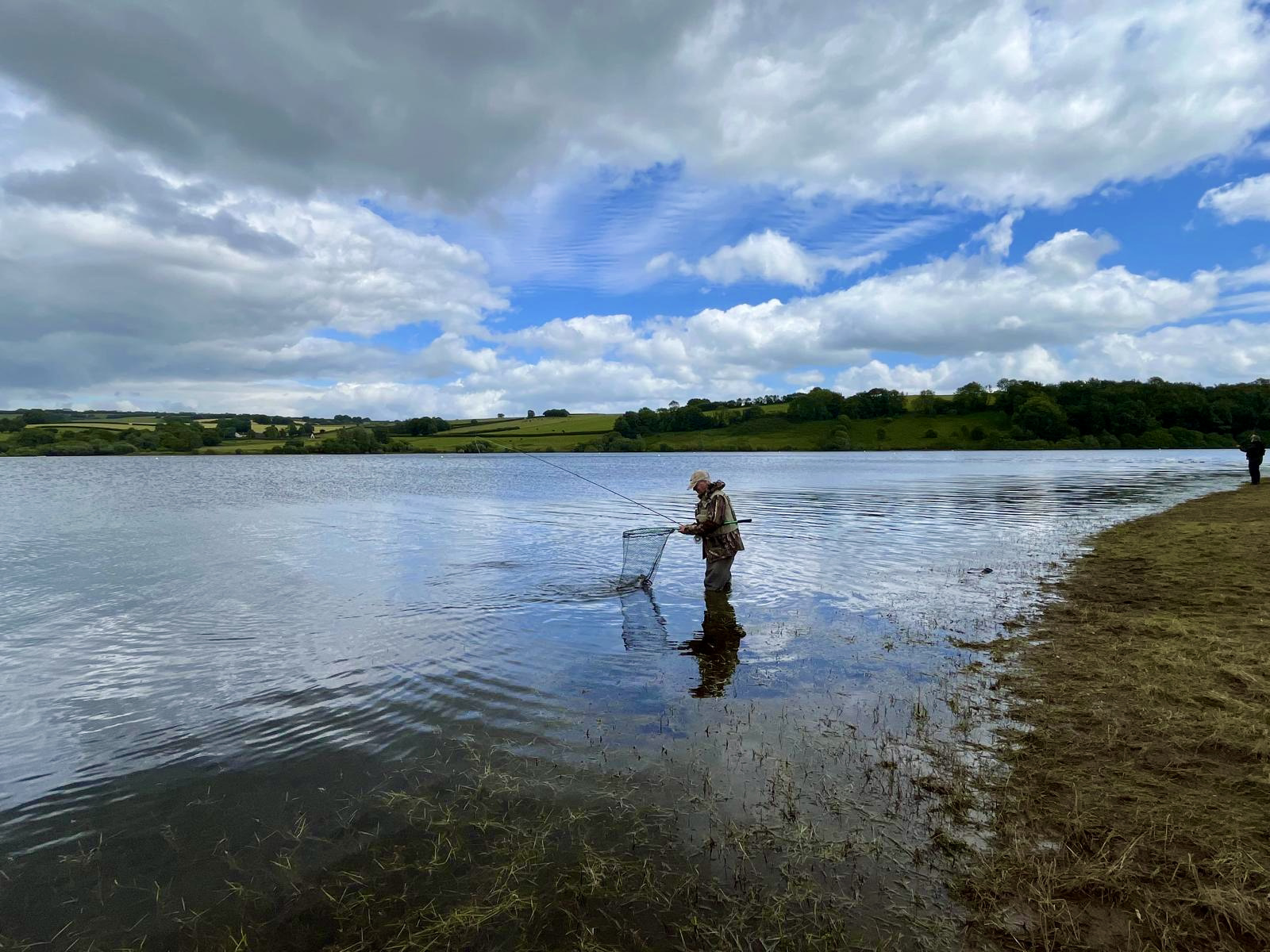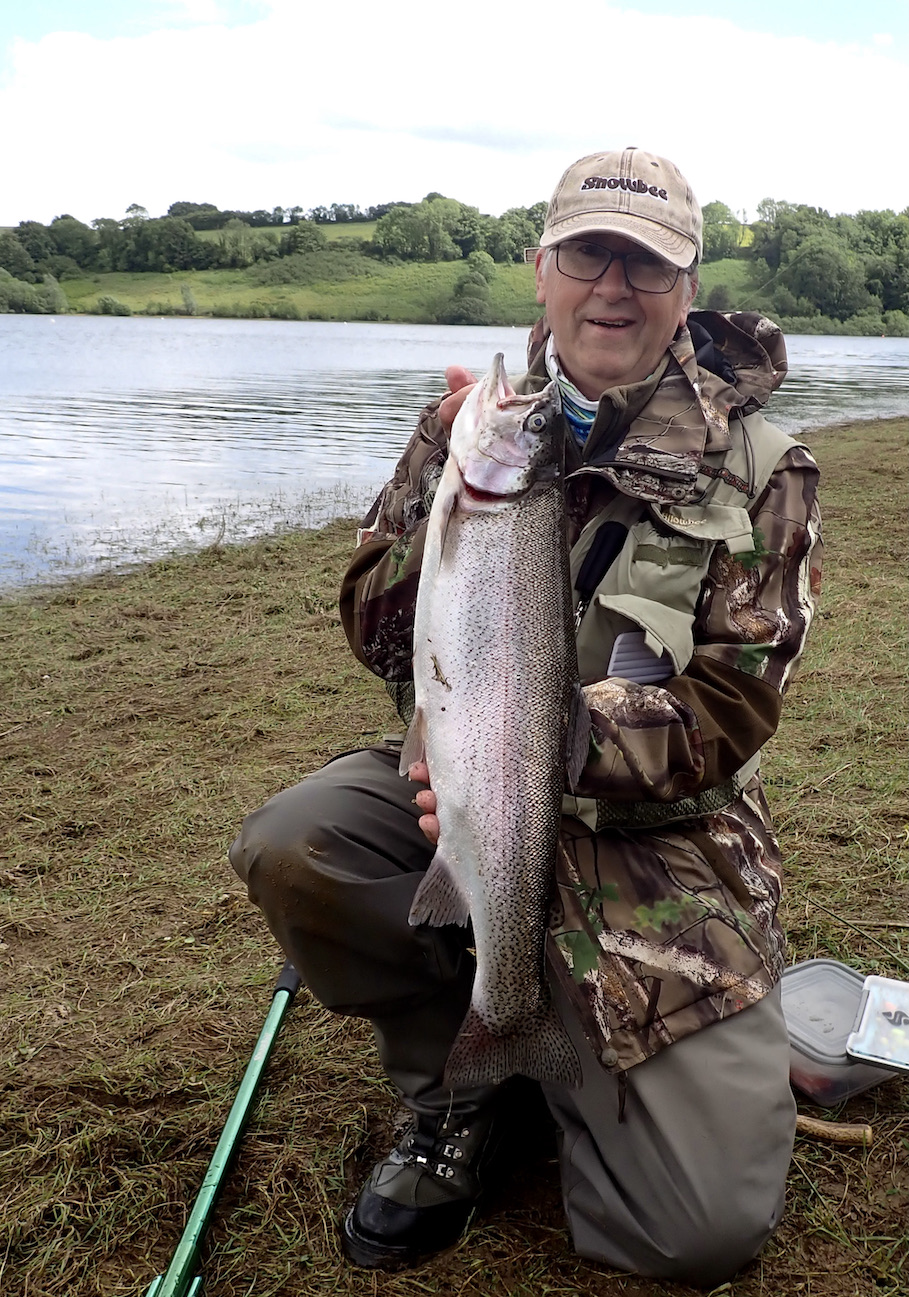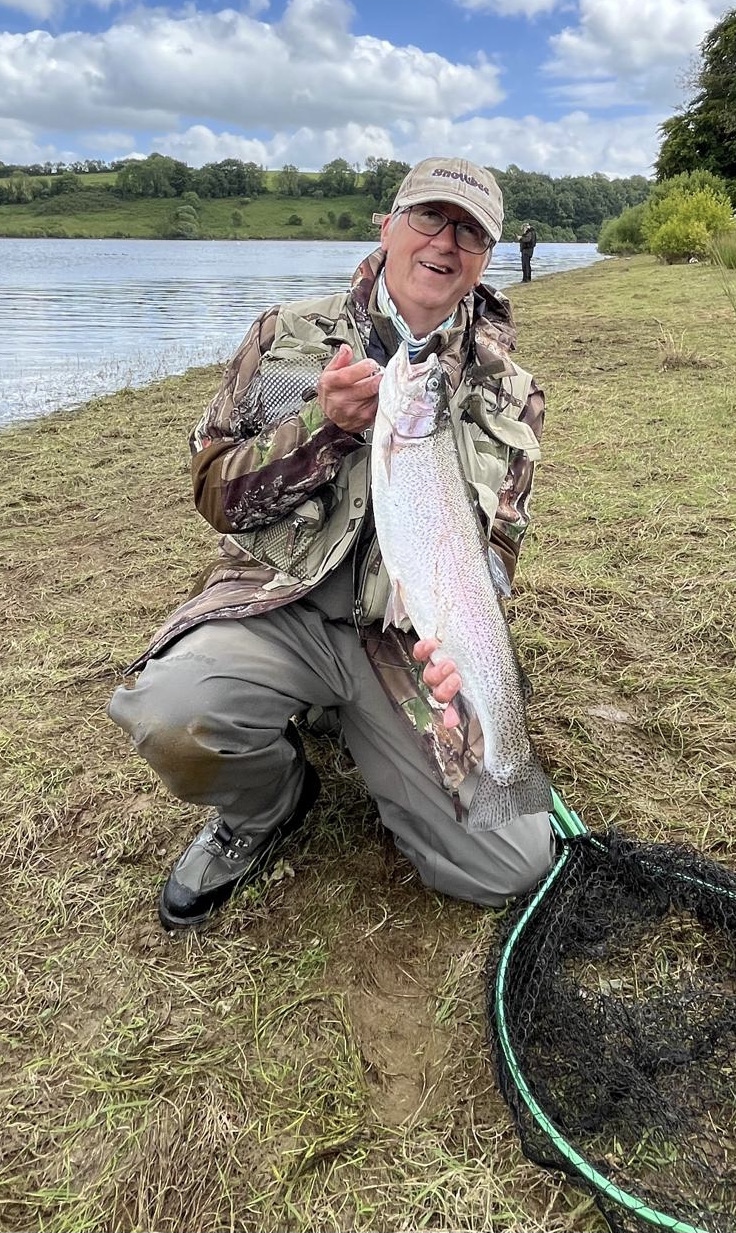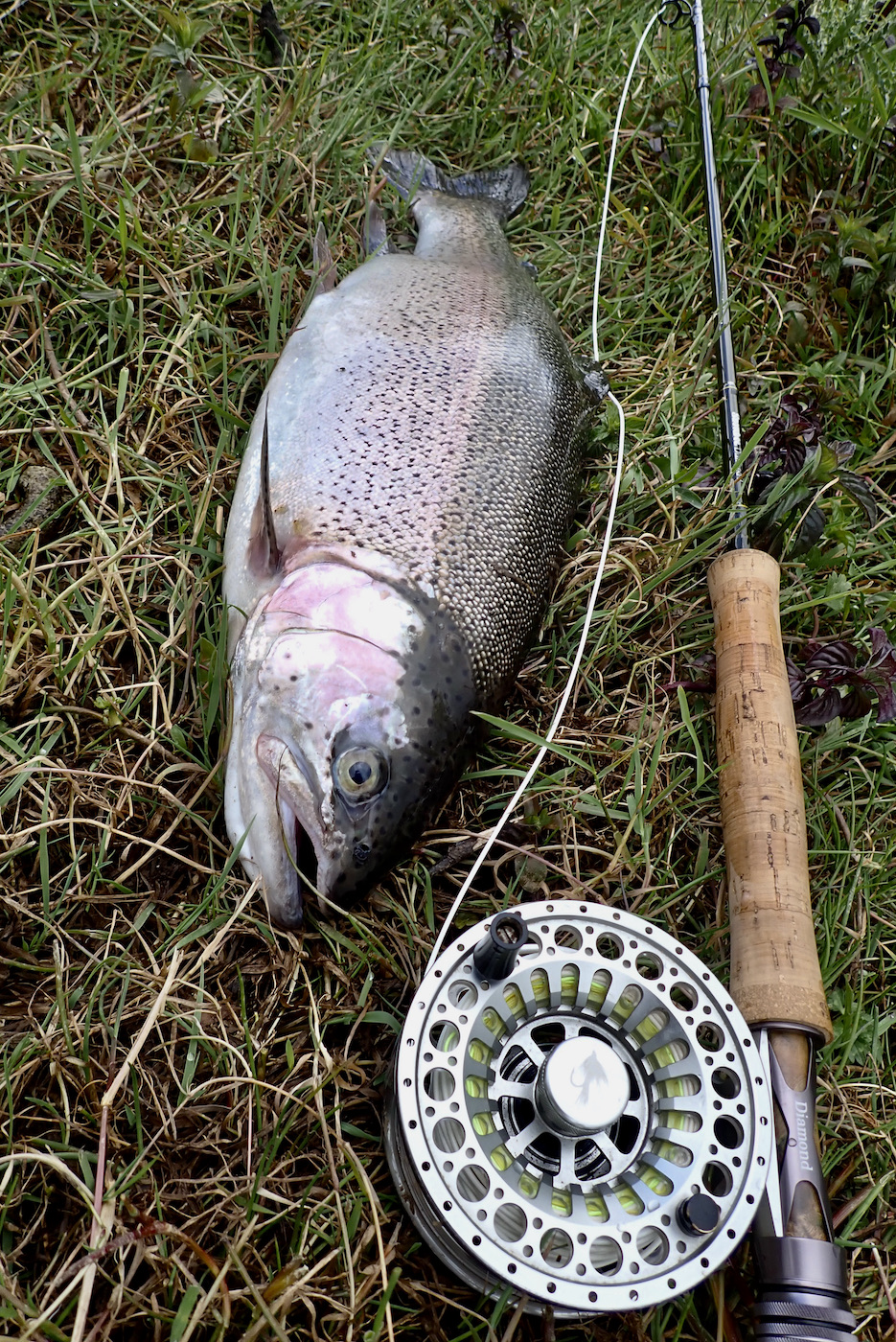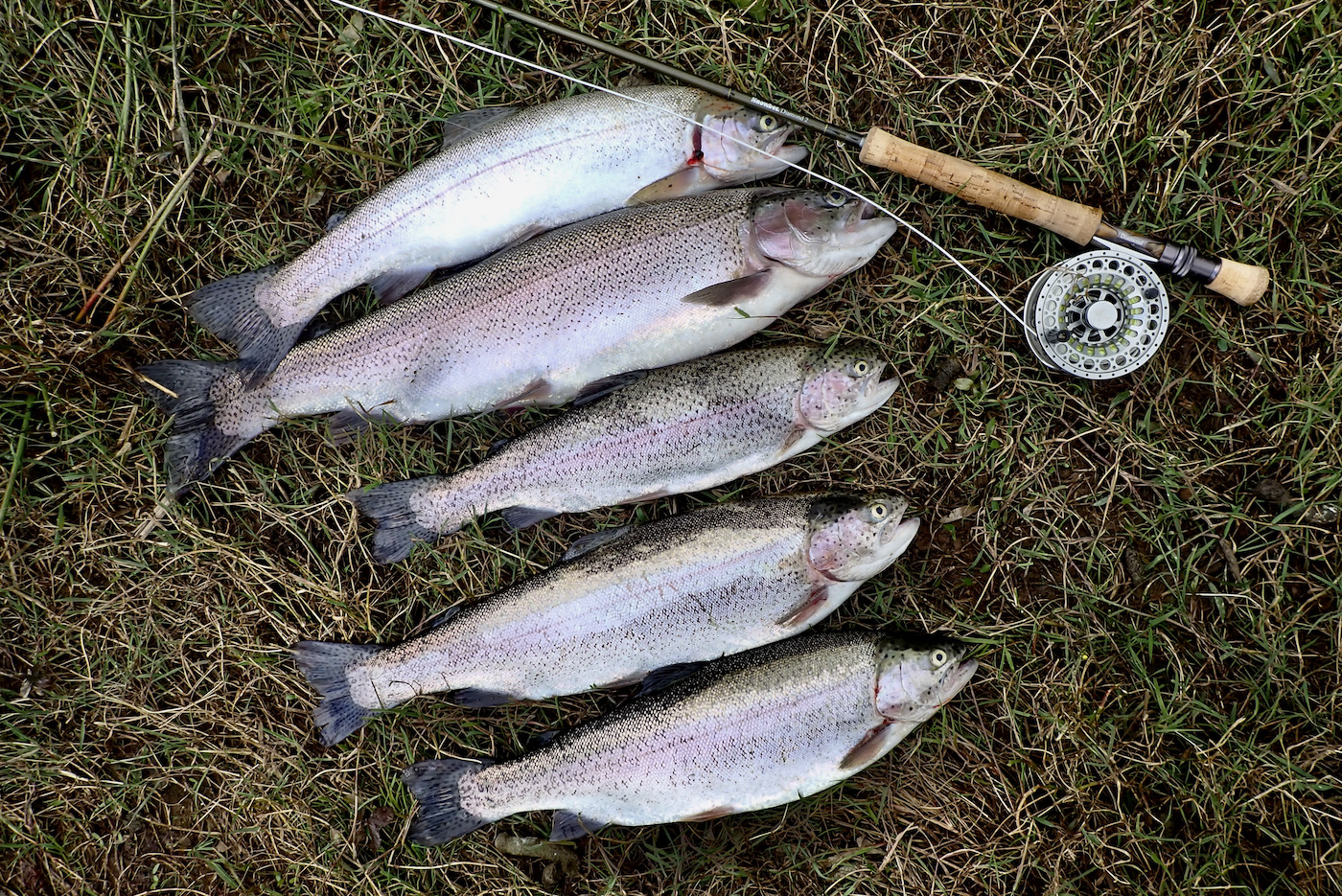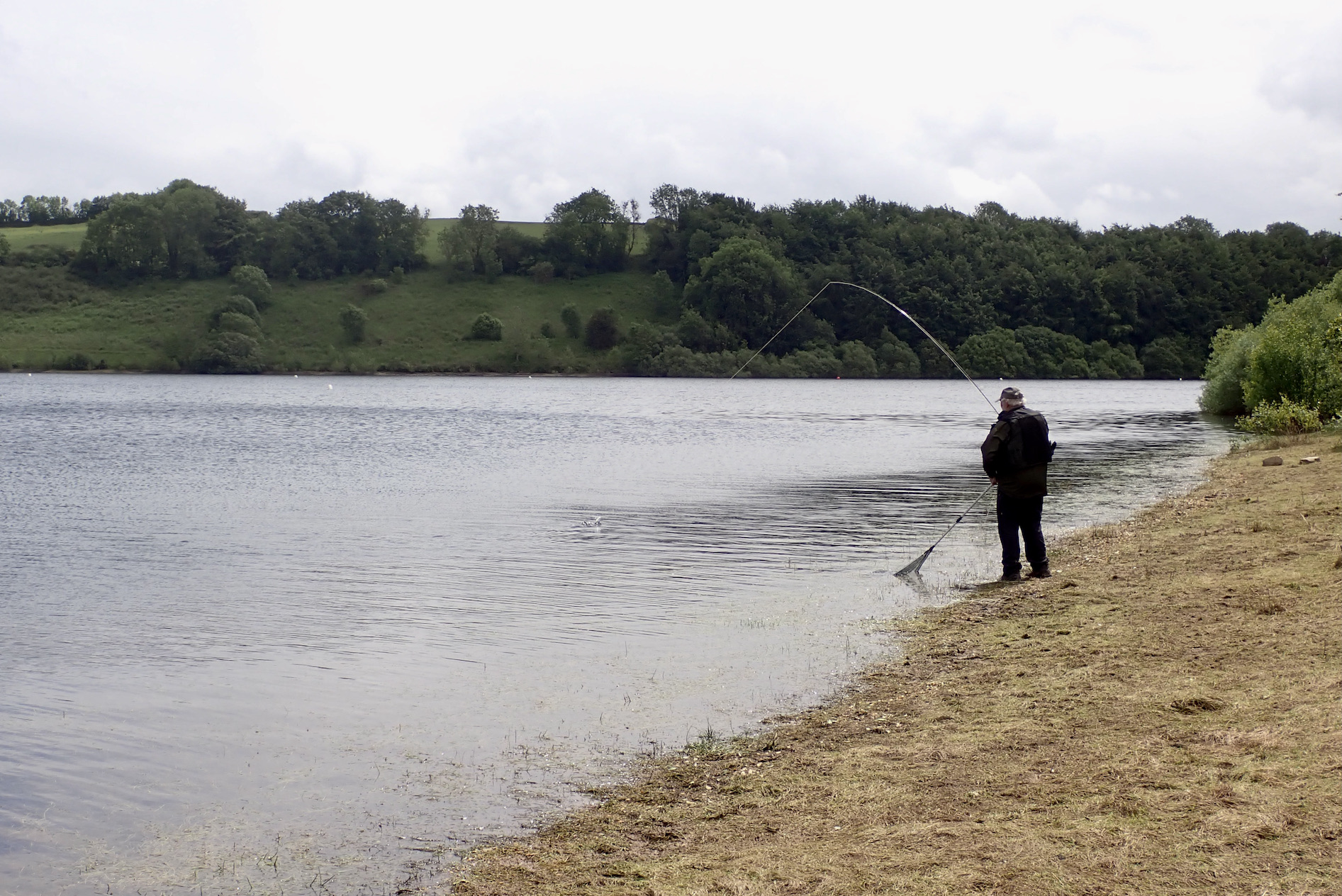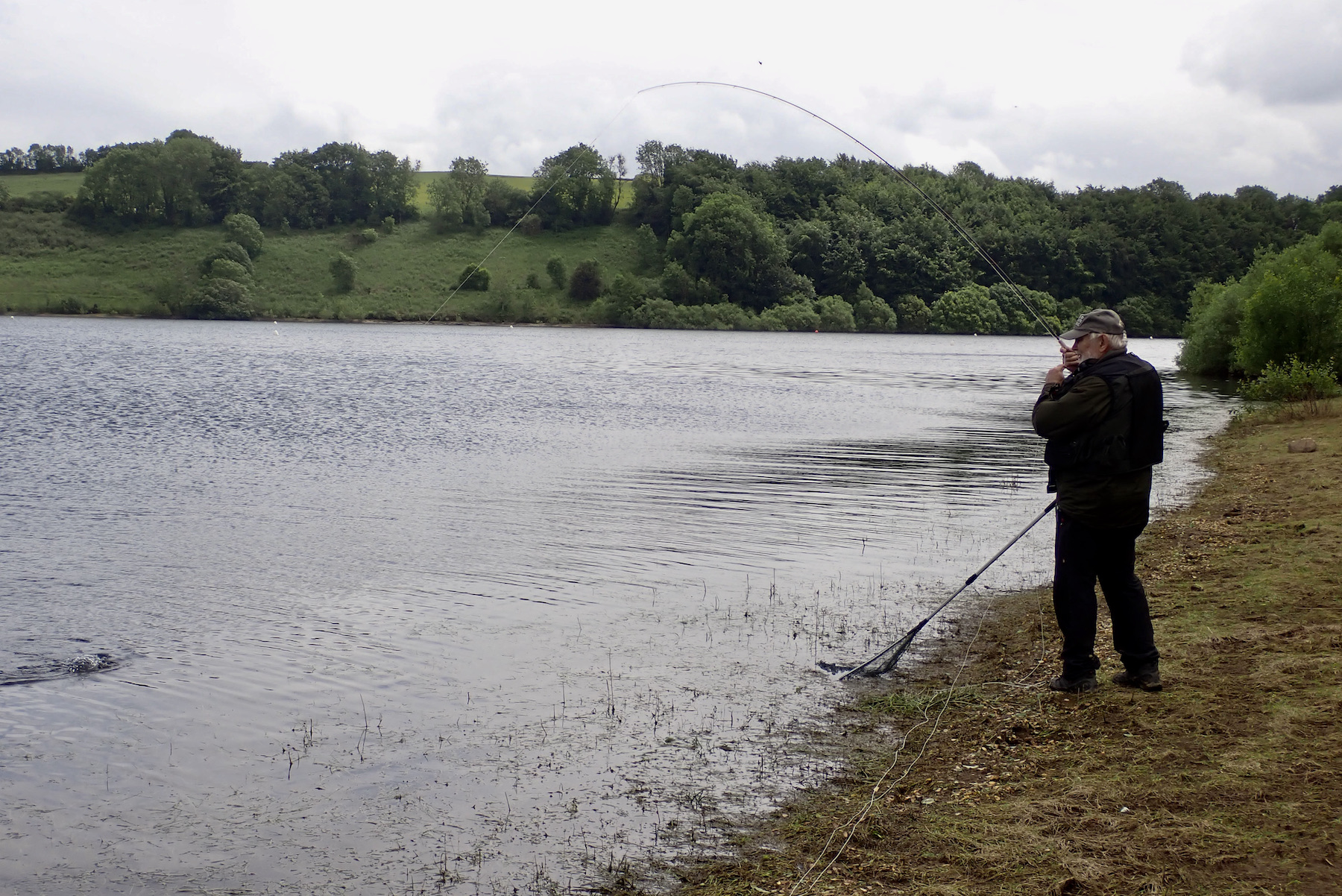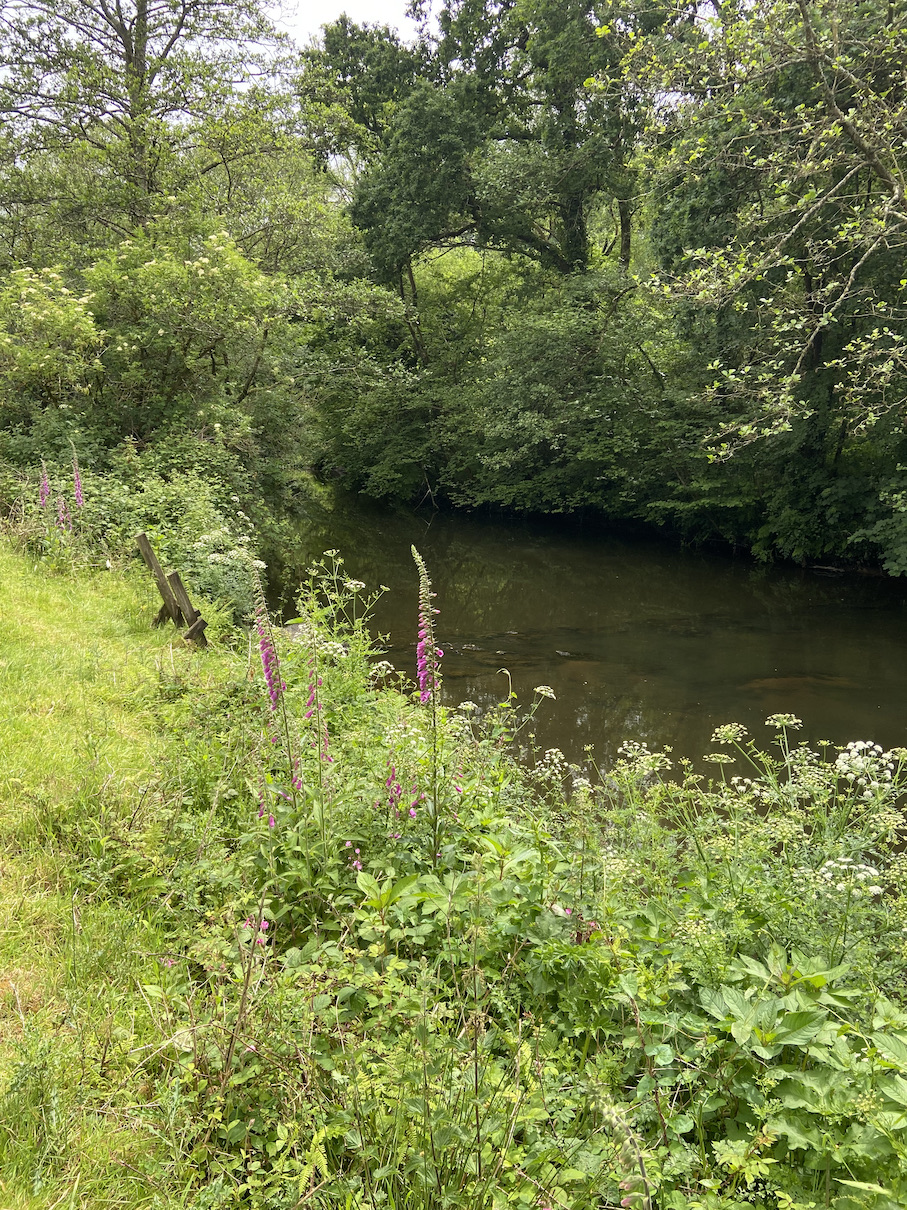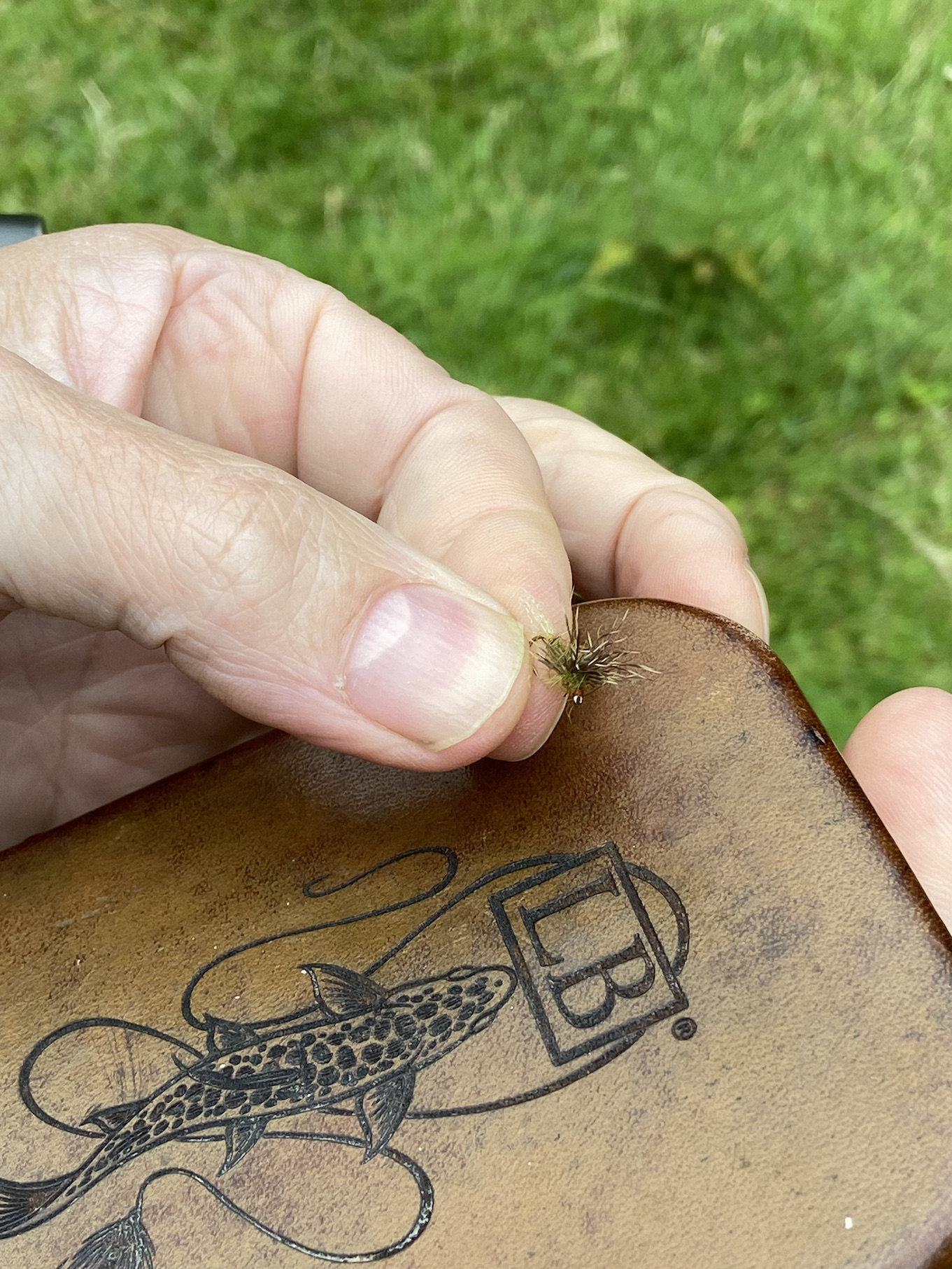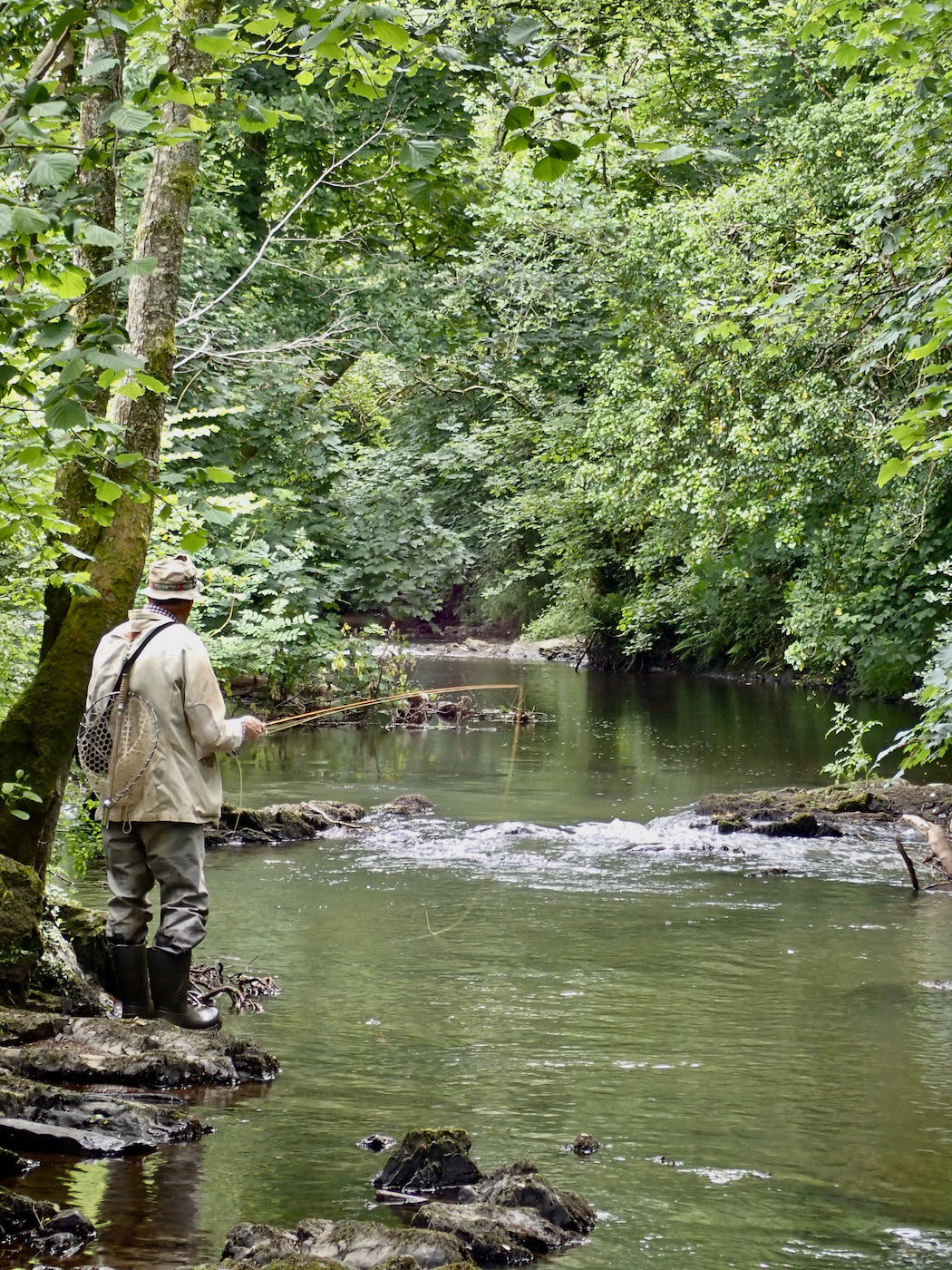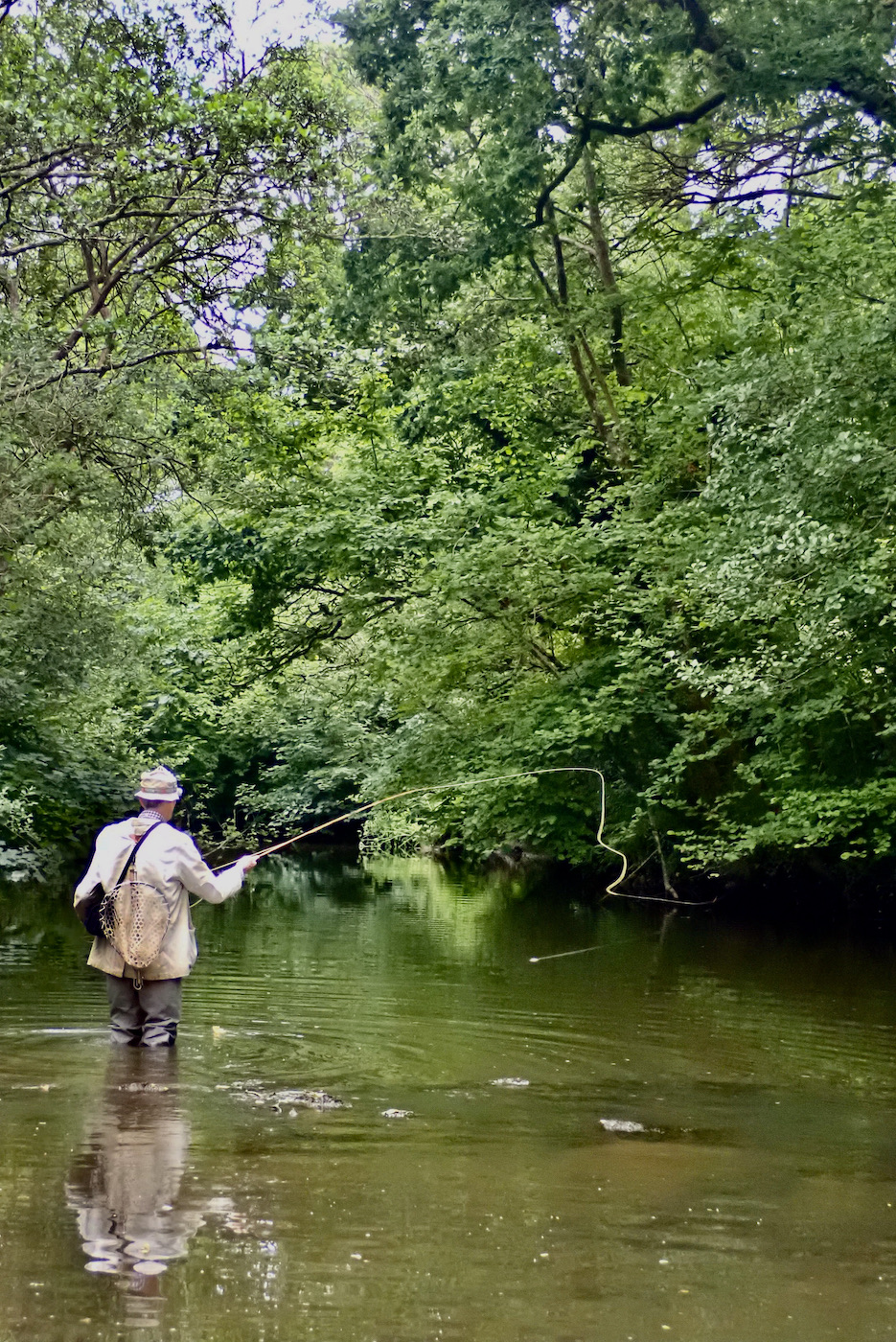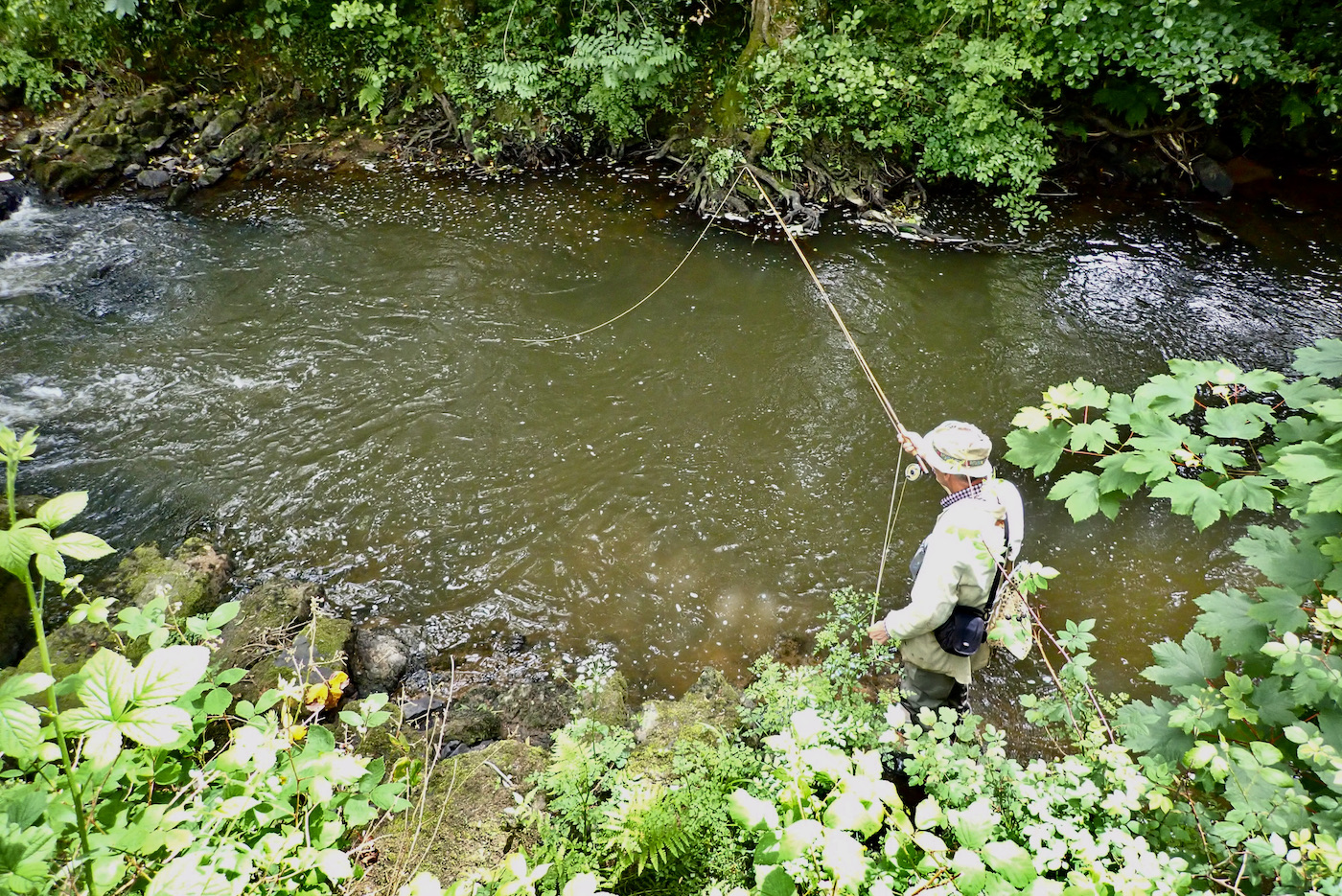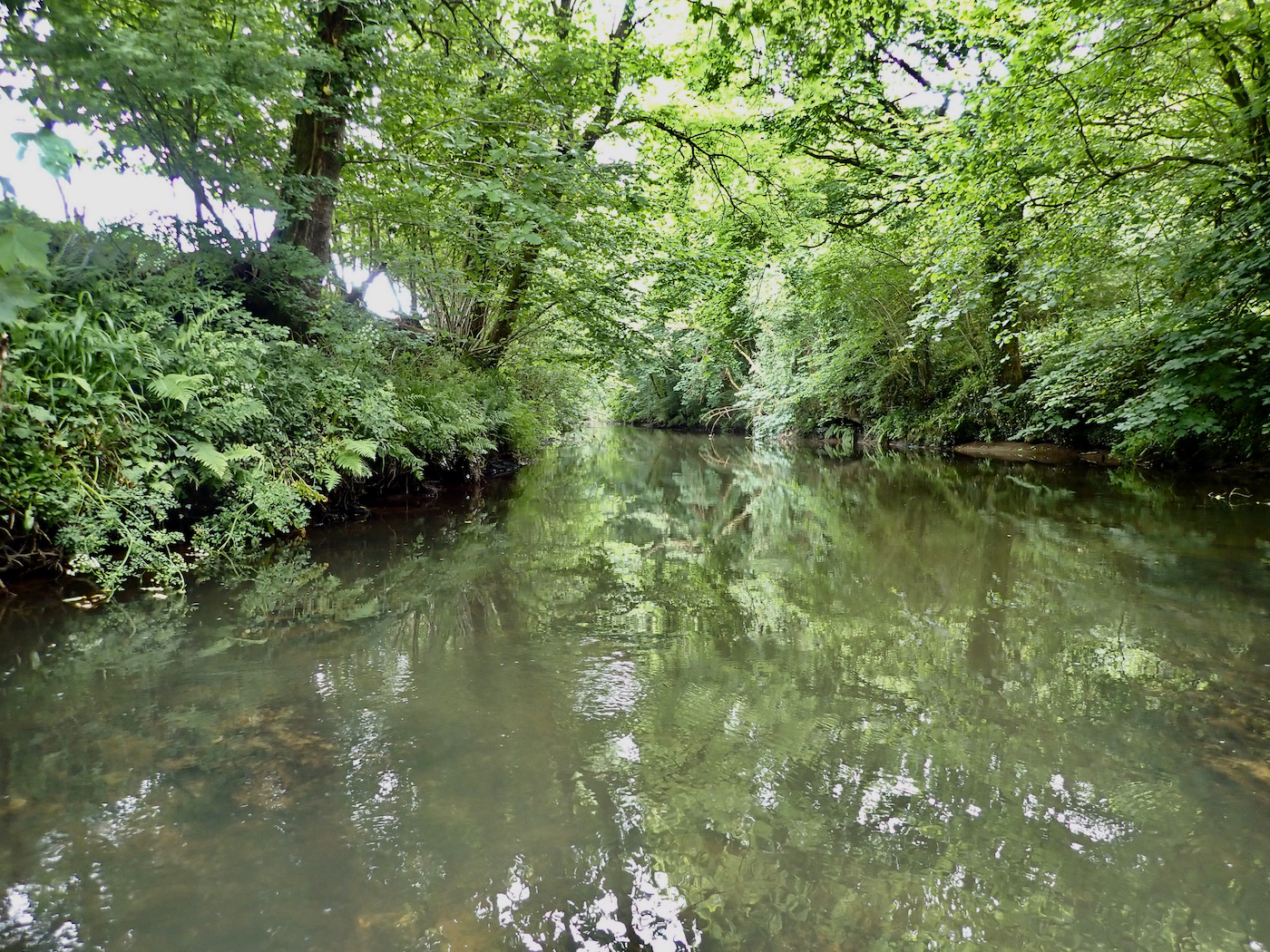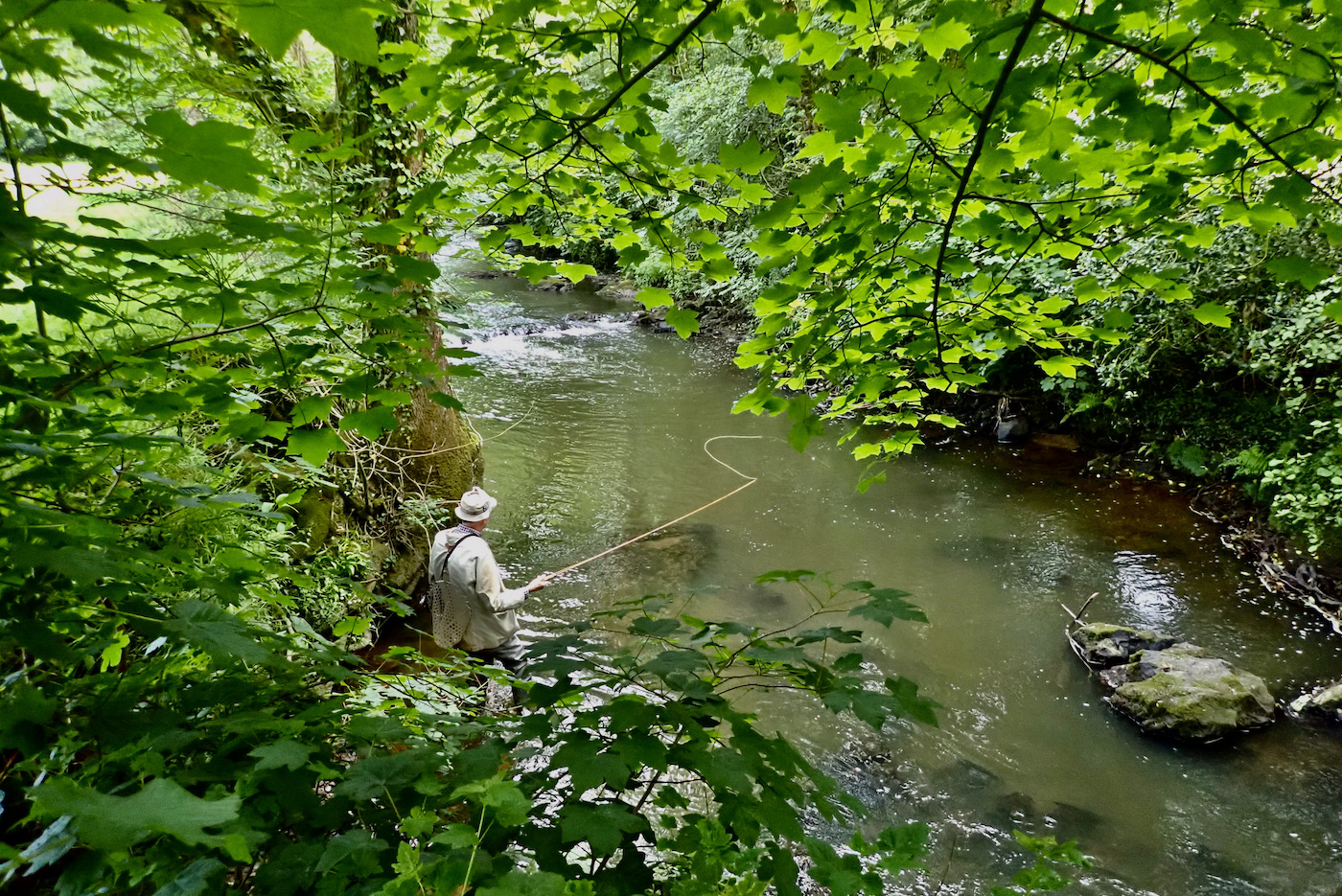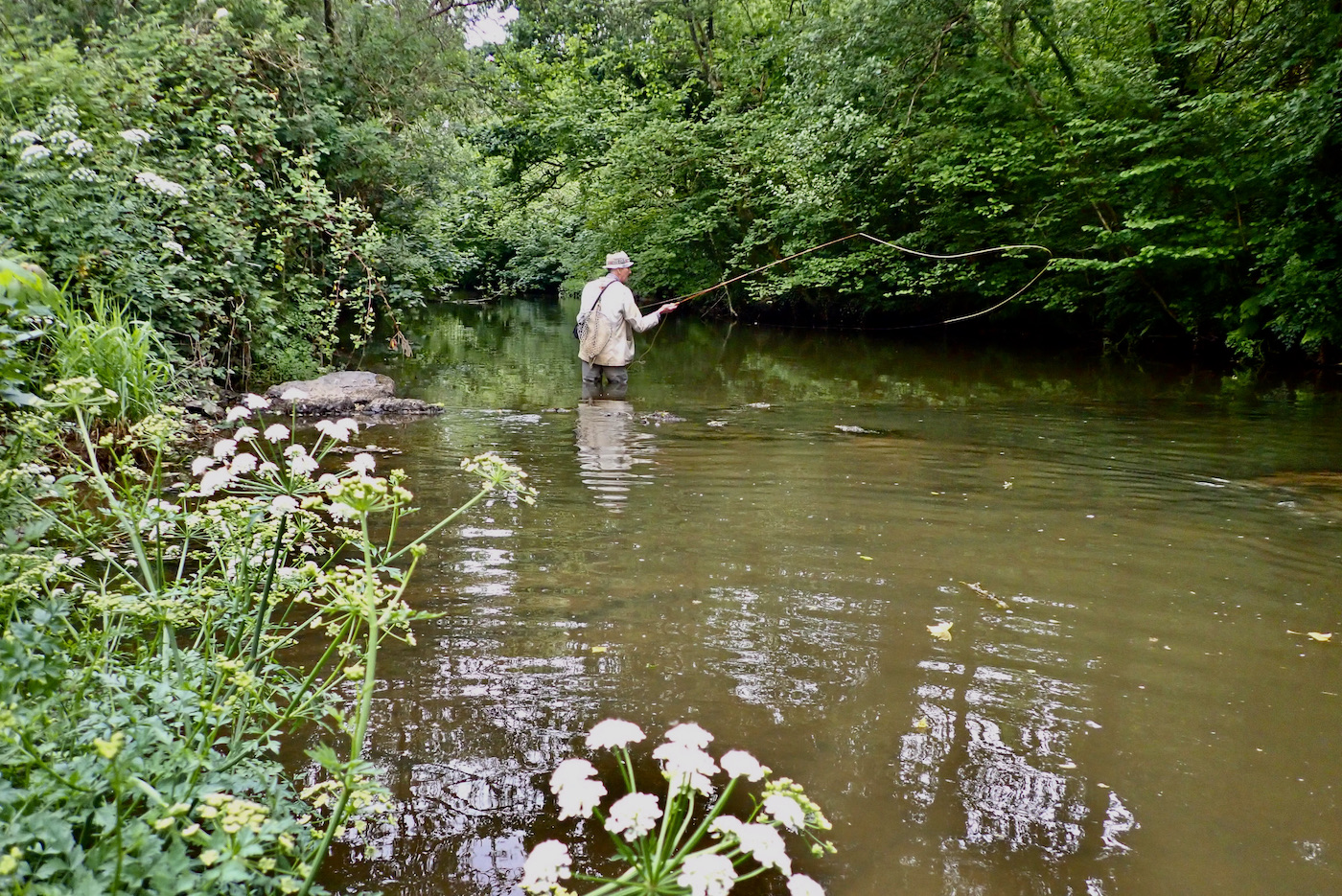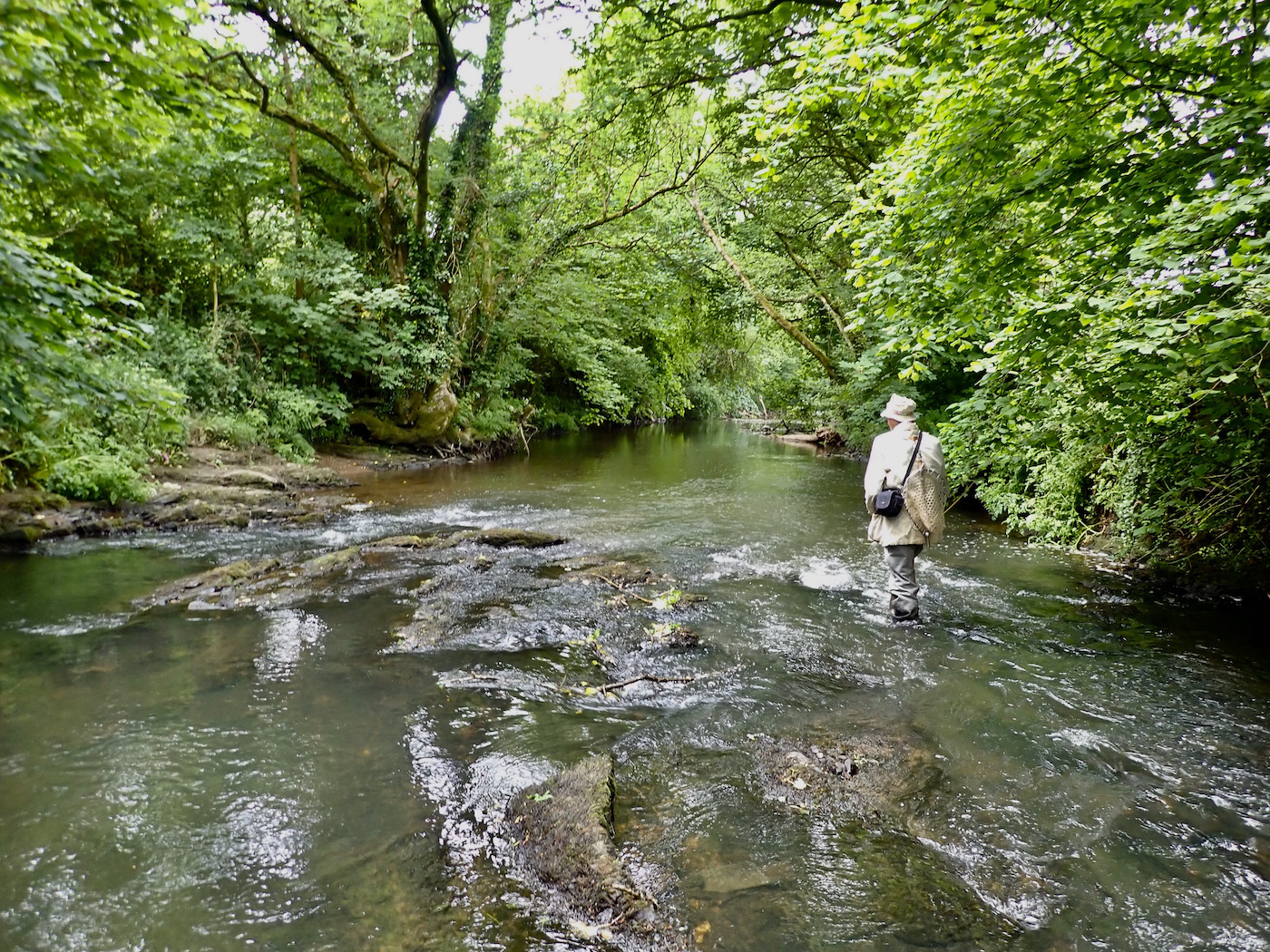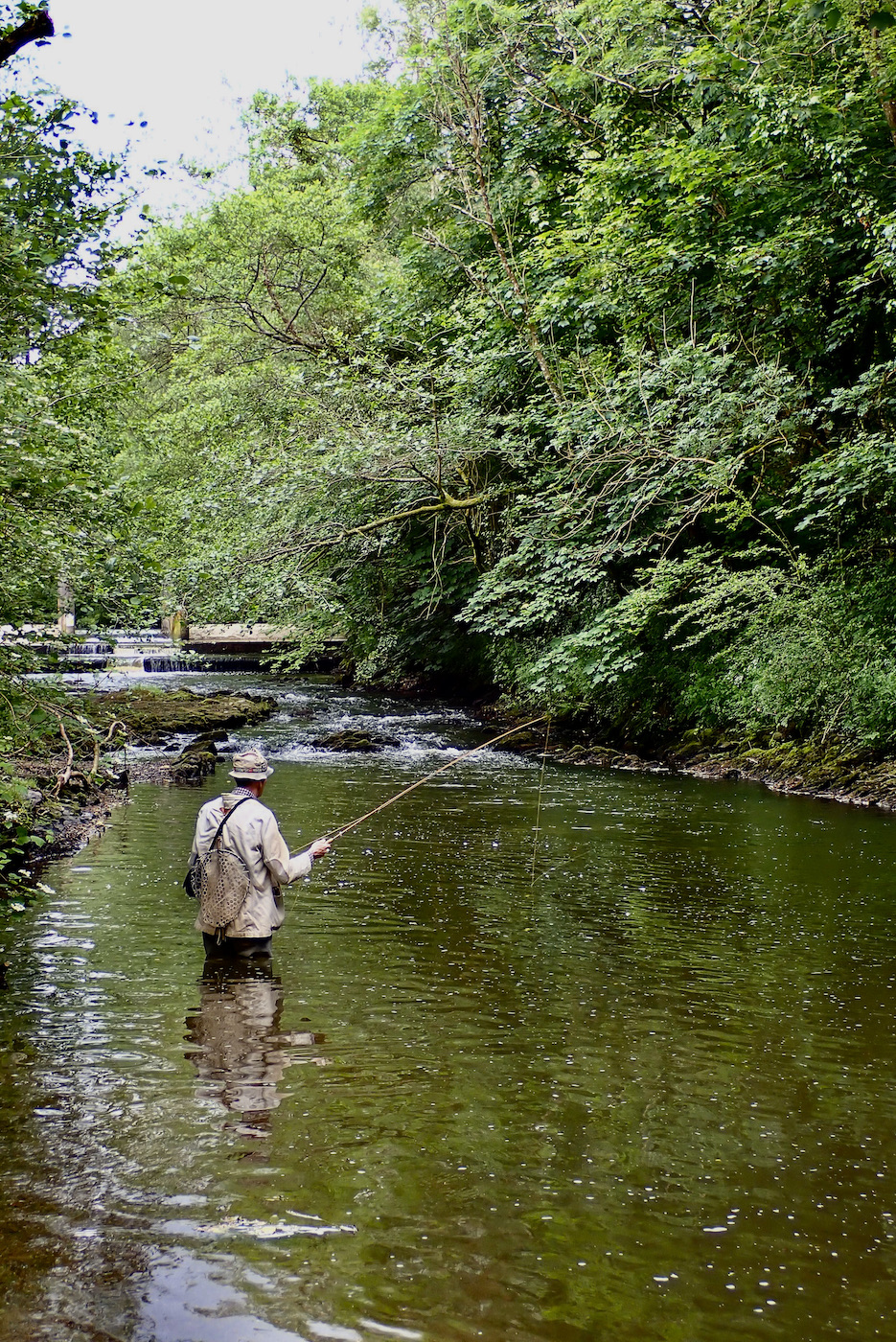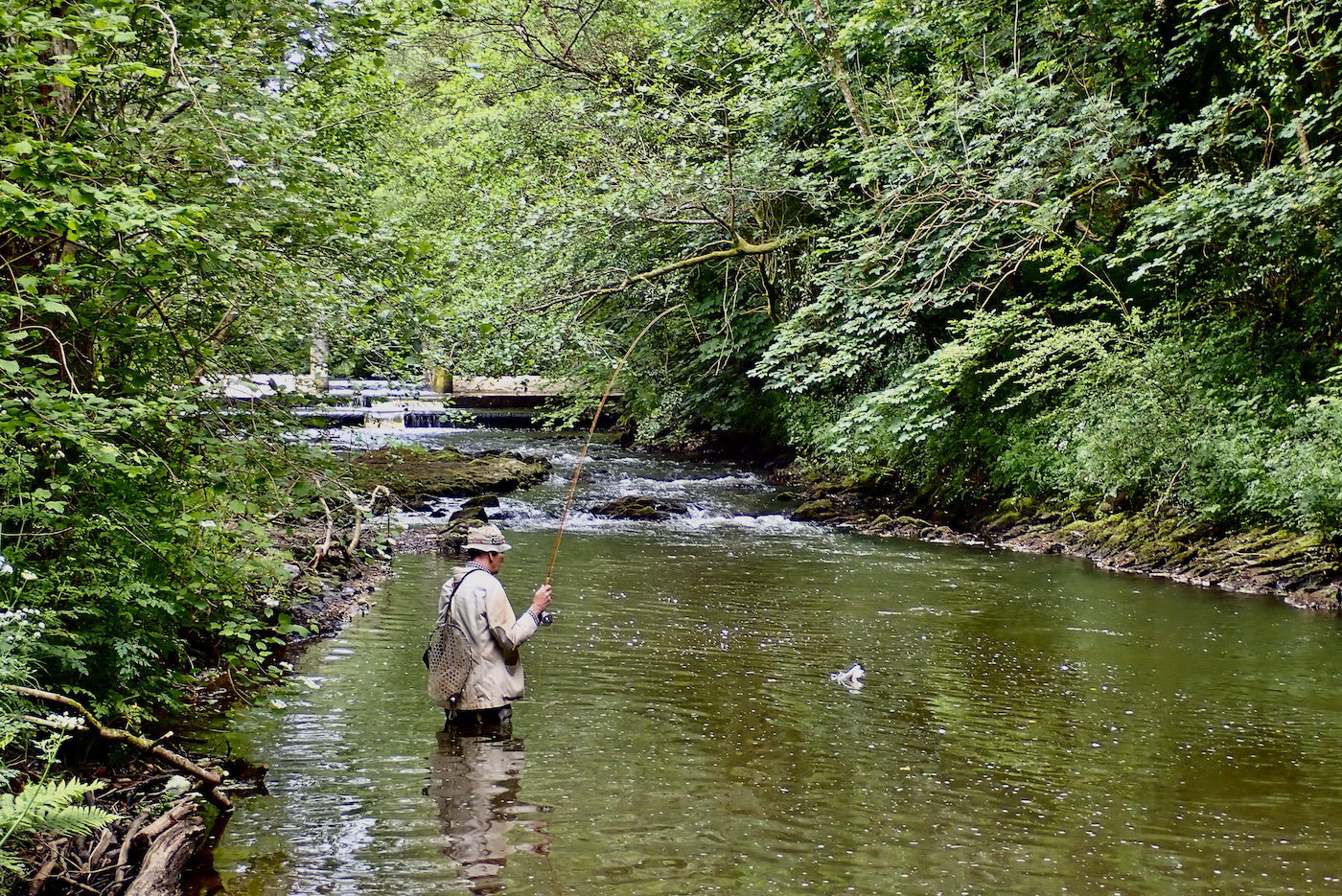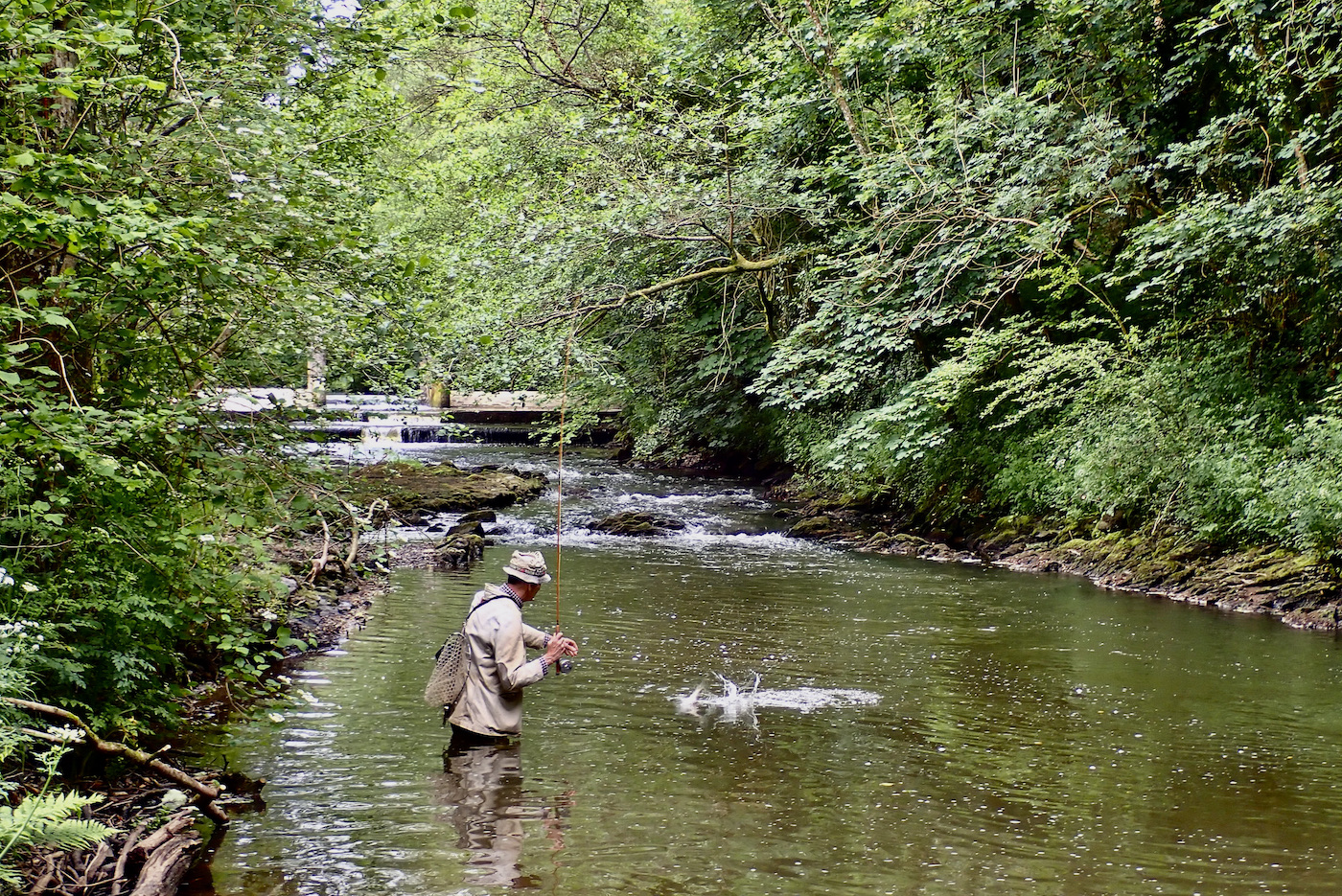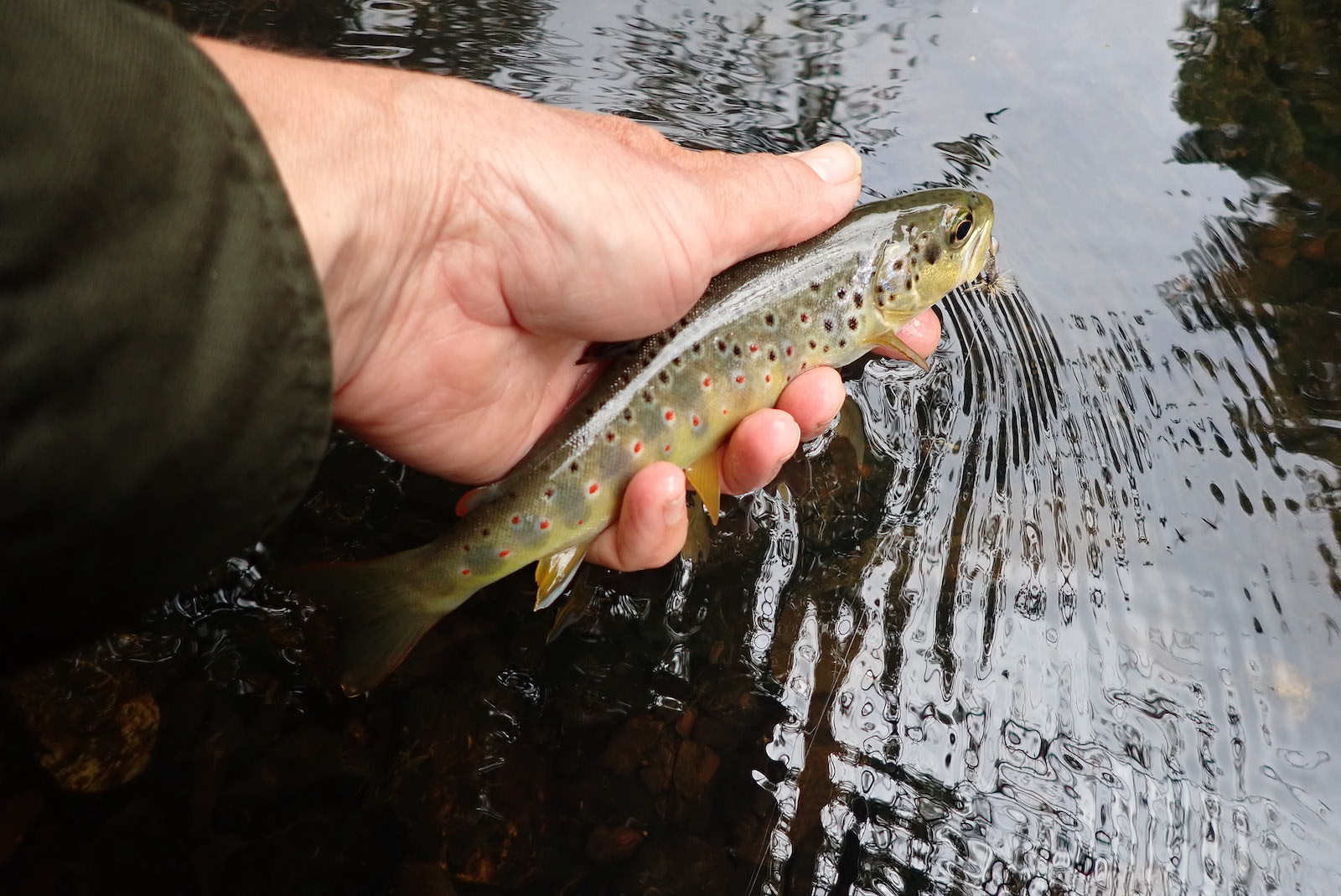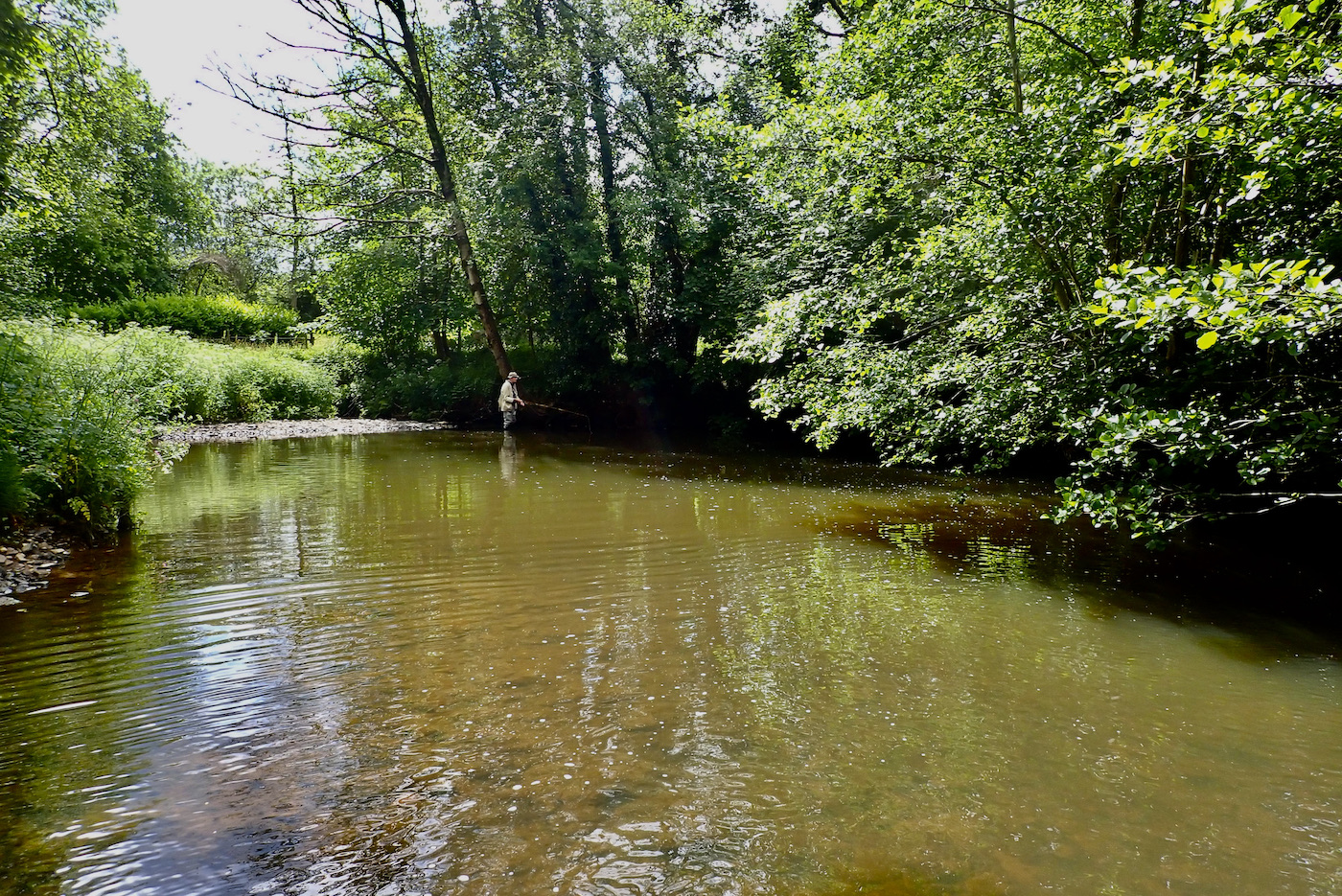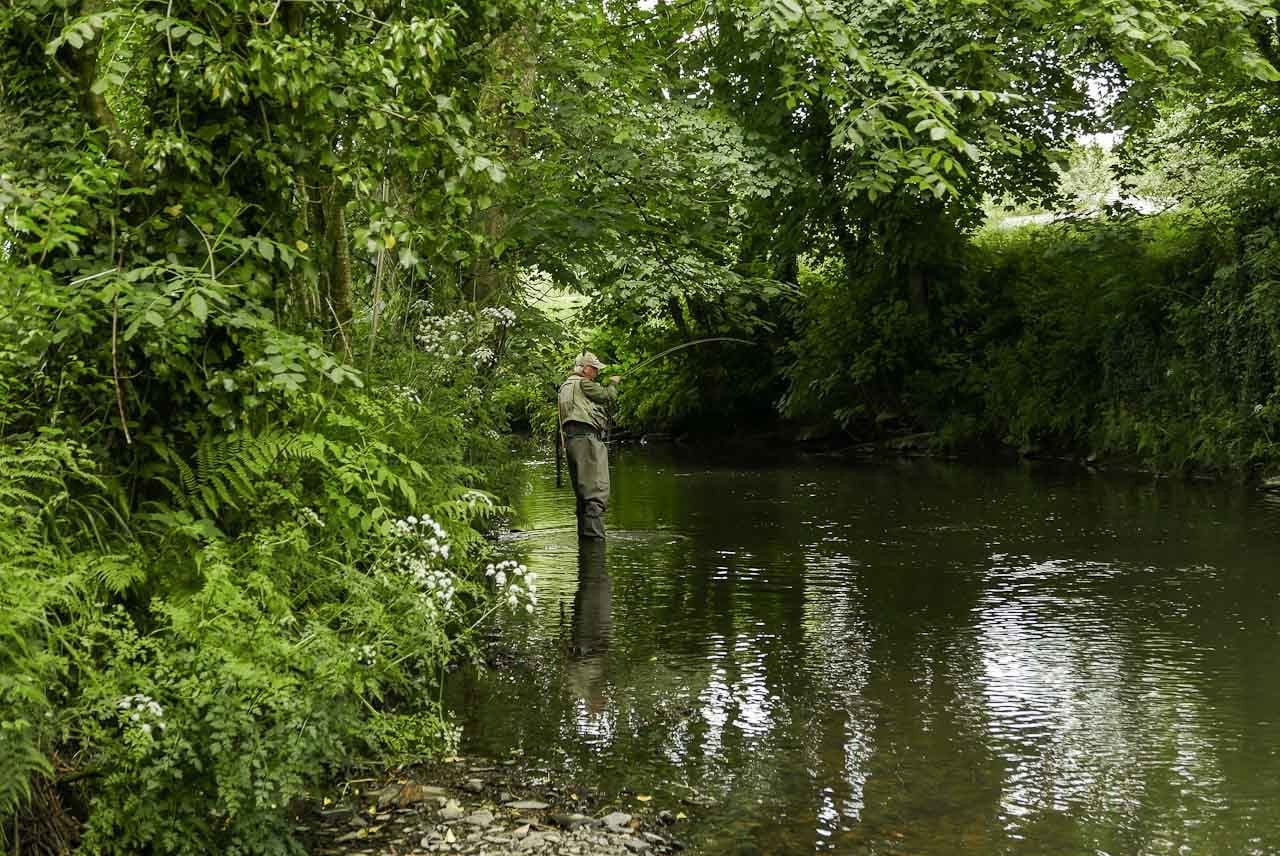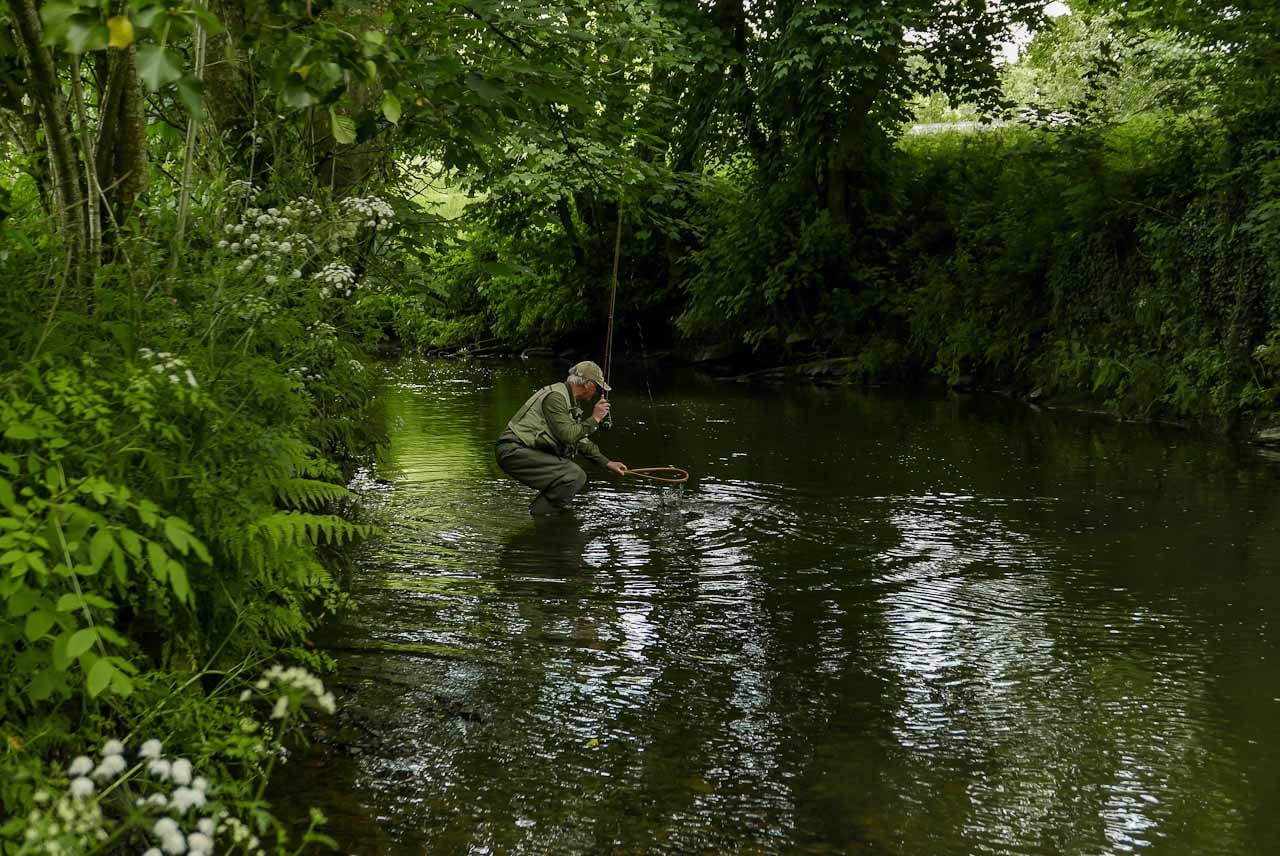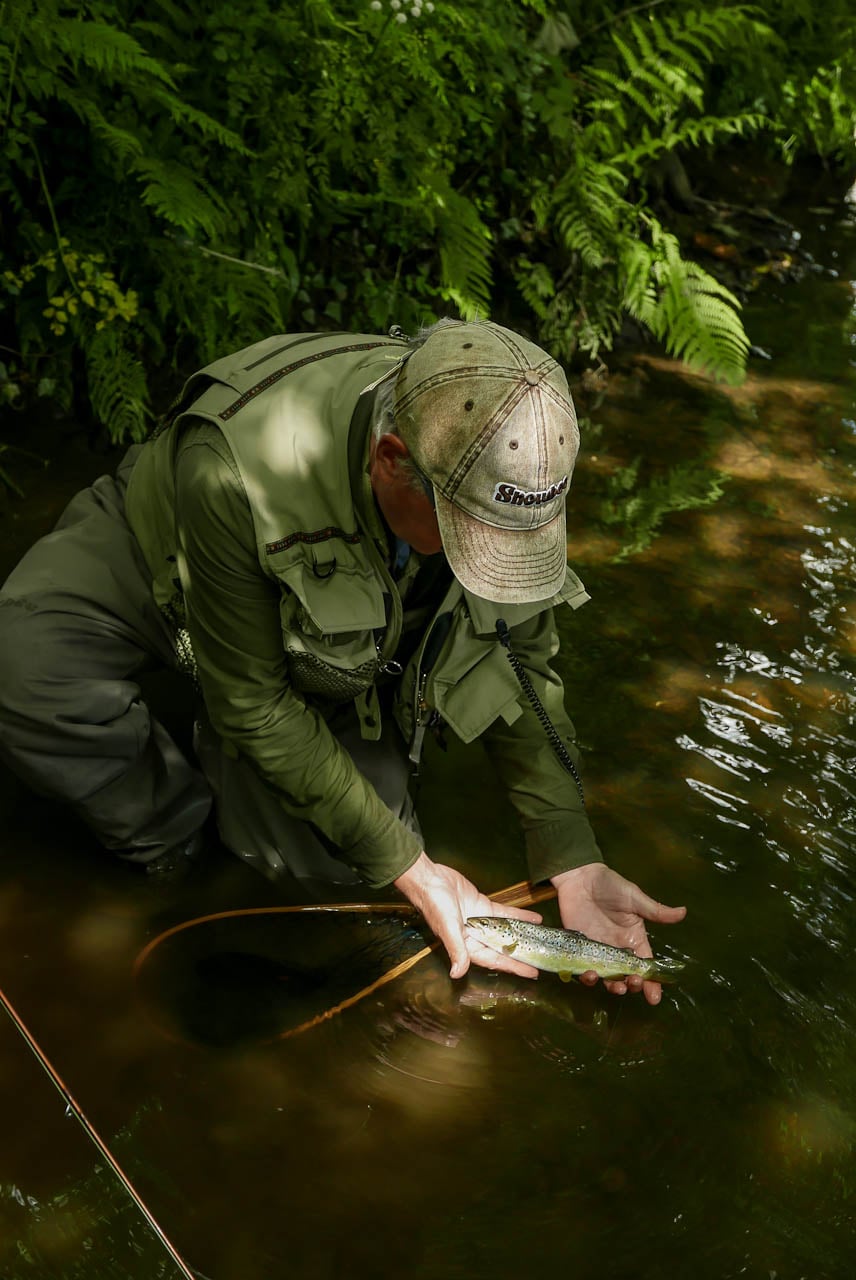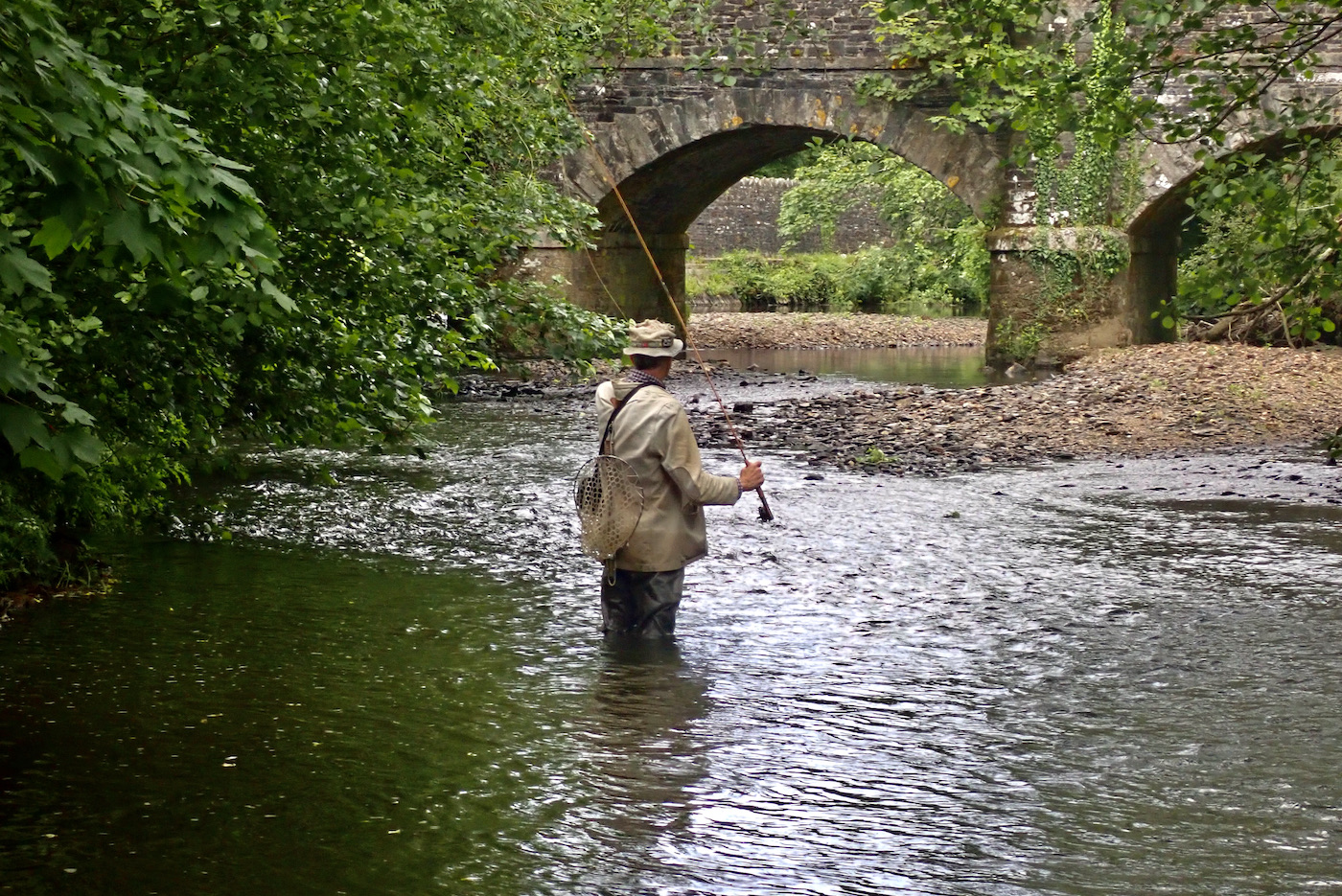Birthdays inevitably come around each year reminding of our progress on life’s journey a time to celebrate life, to reflect and perhaps to recalibrate.
My wife Pauline had treated me to a fine leather belt celebrating the wild brown trout of Exmoor from https://www.bordercountrybelts.co.uk
A fine present that oozes quality, craftsmanship with the pleasing fragrance of real leather.
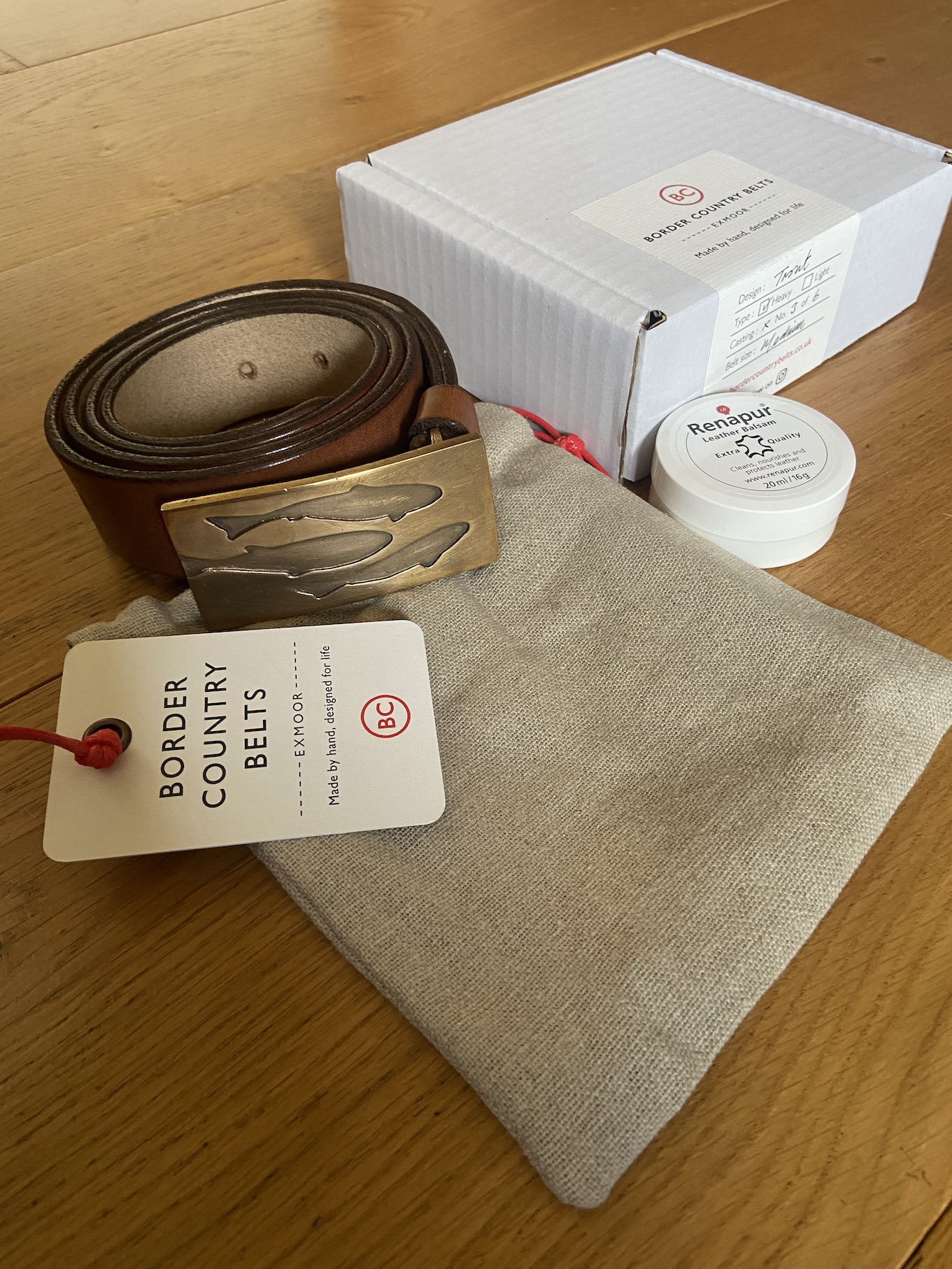
Inspired in part by the belt what better way to spend a birthday than with my wife beside a river that teams with wild trout and the occasional grayling?
Late August is a pleasing time to visit Exmoor with its heather clad rolling hills interspersed with yellow gorse. The roadsides decorated with bright loosestrife in shades of pink. The trees are starting to take on early hues of the coming Autumn, seasons on Exmoor seem to arrive earlier and later than in the lower lands.
We arrived in Dulverton late morning, grabbed a pasty and sausage roll from the deli to enjoy at the water’s edge later. We visited Rothwell and Dunworth bookshop to check out the fishing books of which there are always a good selection. A good old fashioned traditional second hand antiquarian bookshop that it is easy to spend half an hour or so browsing in, so much more aesthetically pleasing than scrolling through the clinically sterile internet. Having been tempted in the bookshop we headed to Lance Nicholson’s to see what beats were available on the https://dulvertonanglingassociation.org.uk/general.php Beats. The Beat I wanted to explore was Old Woman’s the associations latest acquisition and to my delight James told me it was free and promptly wrote my name in the book.
Before heading to the river bank we grabbed a coffee and popped into the Exmoor Society’s Office to learn about their Rivers day on Saturday August 24th. https://www.exmoorsociety.com/individual-event/exmoor-rivers-day
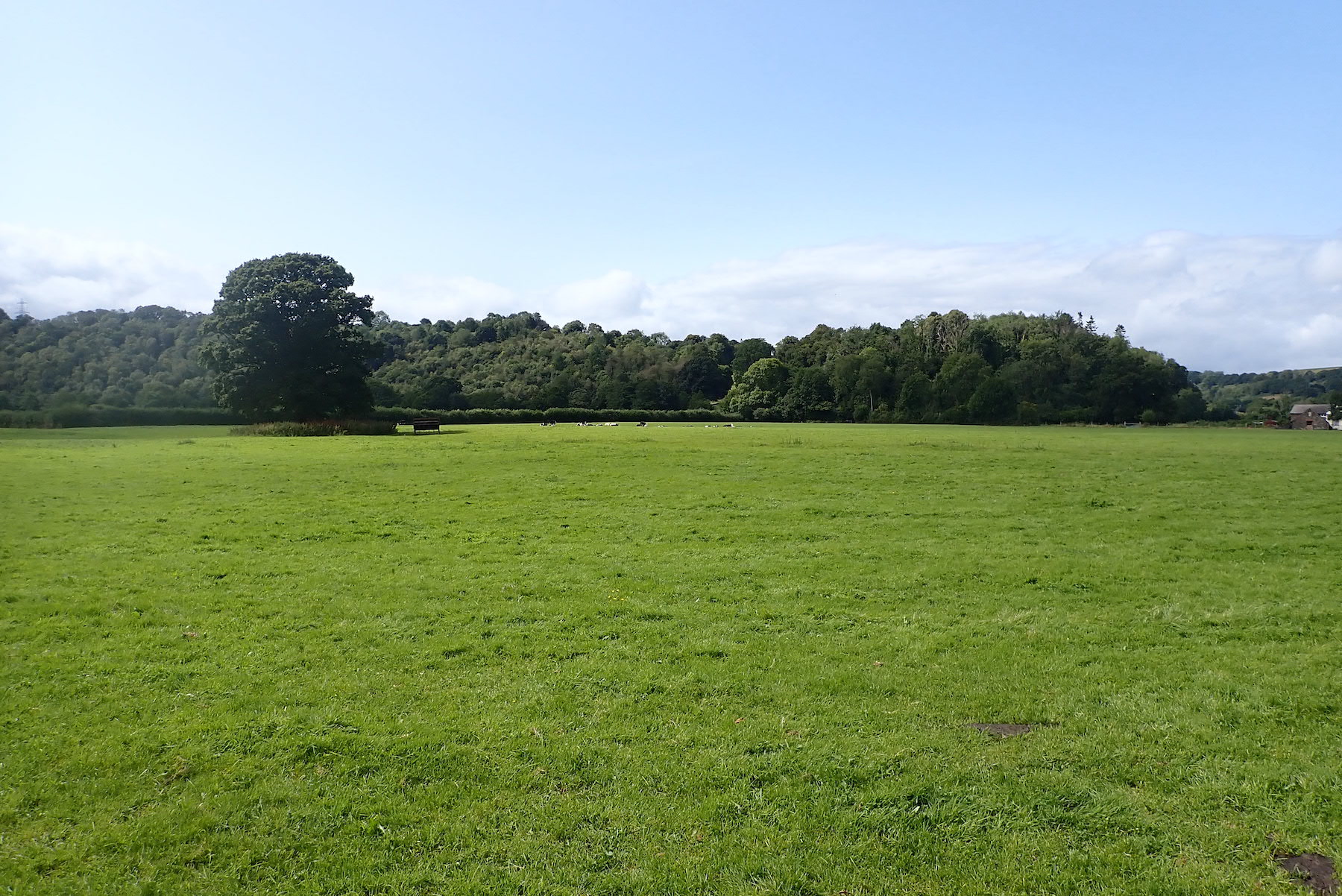
There is always something special about exploring a new water and Old Woman’s Beat oozed a timeless aura from the moment we left the car and strolled into the lush green field that borders the river.
A herd of Friesen cows were grazing at the far end of the field. Old farmhouses were nestled a distance away in the valley, Oak woodland bordered the river with dense oak woods further down the valley.
The River Exe flowed between ancient oaks, at low summer level now peaceful and serene. Swallows swooped over the summer landscape, sunshine broke through the high white cloud and a strong breeze ruffled the leaves that had now taken on the deep darker green of late summer.
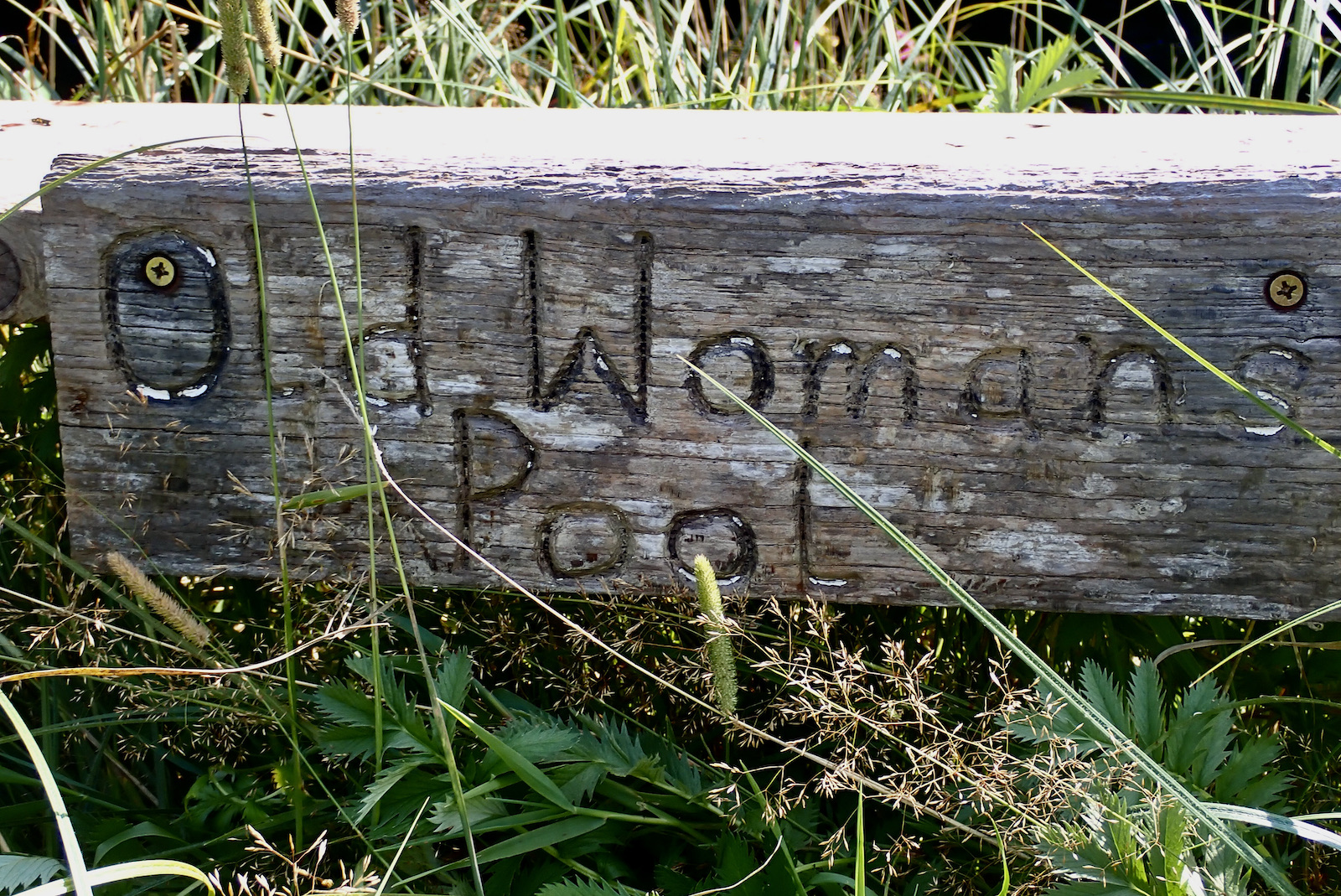
We arrived at Old Woman’s Pool and hut half way down the beat. A picnic table providing a pleasing spot to take our lunch as we savoured the timeless scene. Fishing Huts are undoubtedly places that absorb angling history as anglers from generations pause to take a lunch and debate the issues of the day.
We scrambled down the bank to the rocky foreshore where I threaded the line through the rings of my 7ft Snowbee Classic. I had purchased a couple of deer hair dry flies in Lance Nicholson’s after asking advice on what fly pattern to try. Pauline gave me sound advice and suggested I sit a while and watch the water as she had spied a couple of fish rising in the pool above.
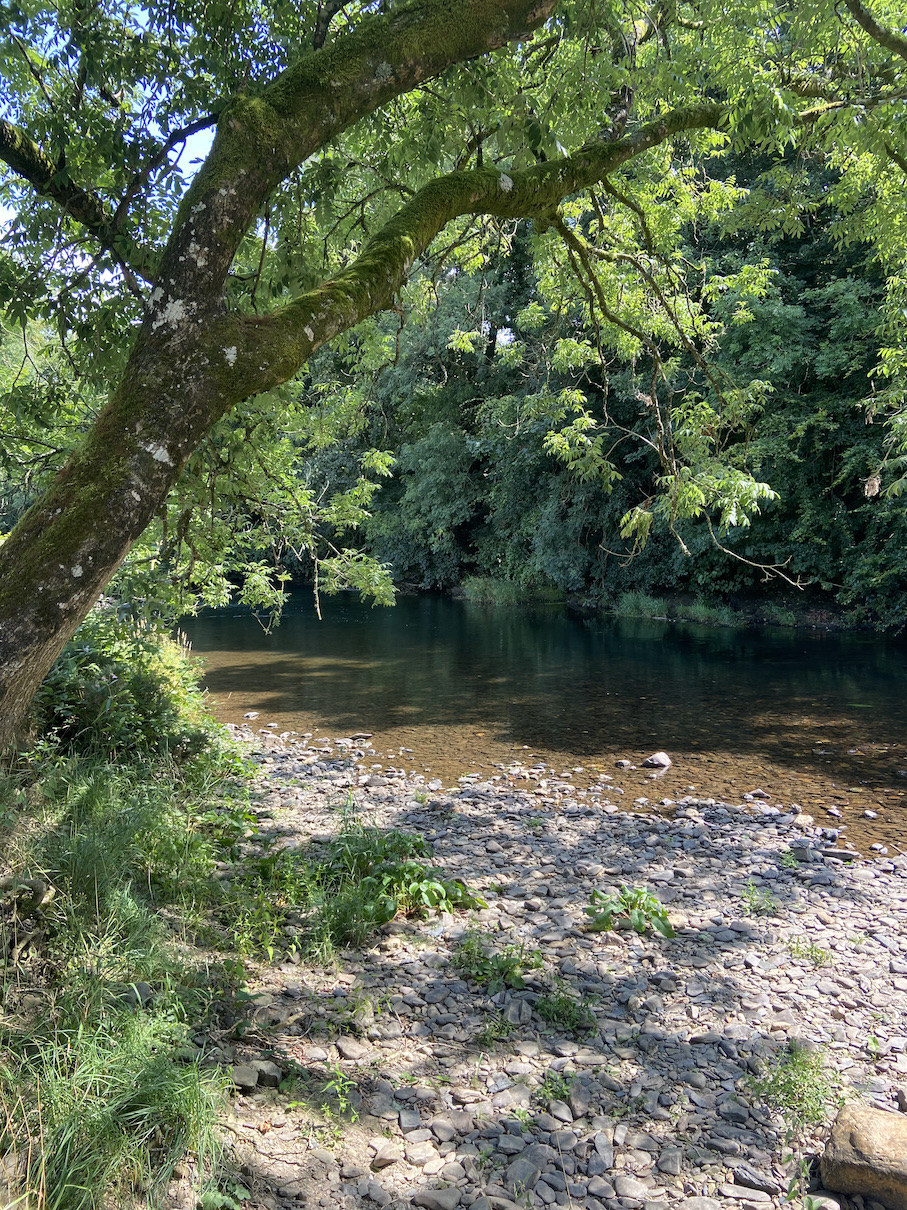
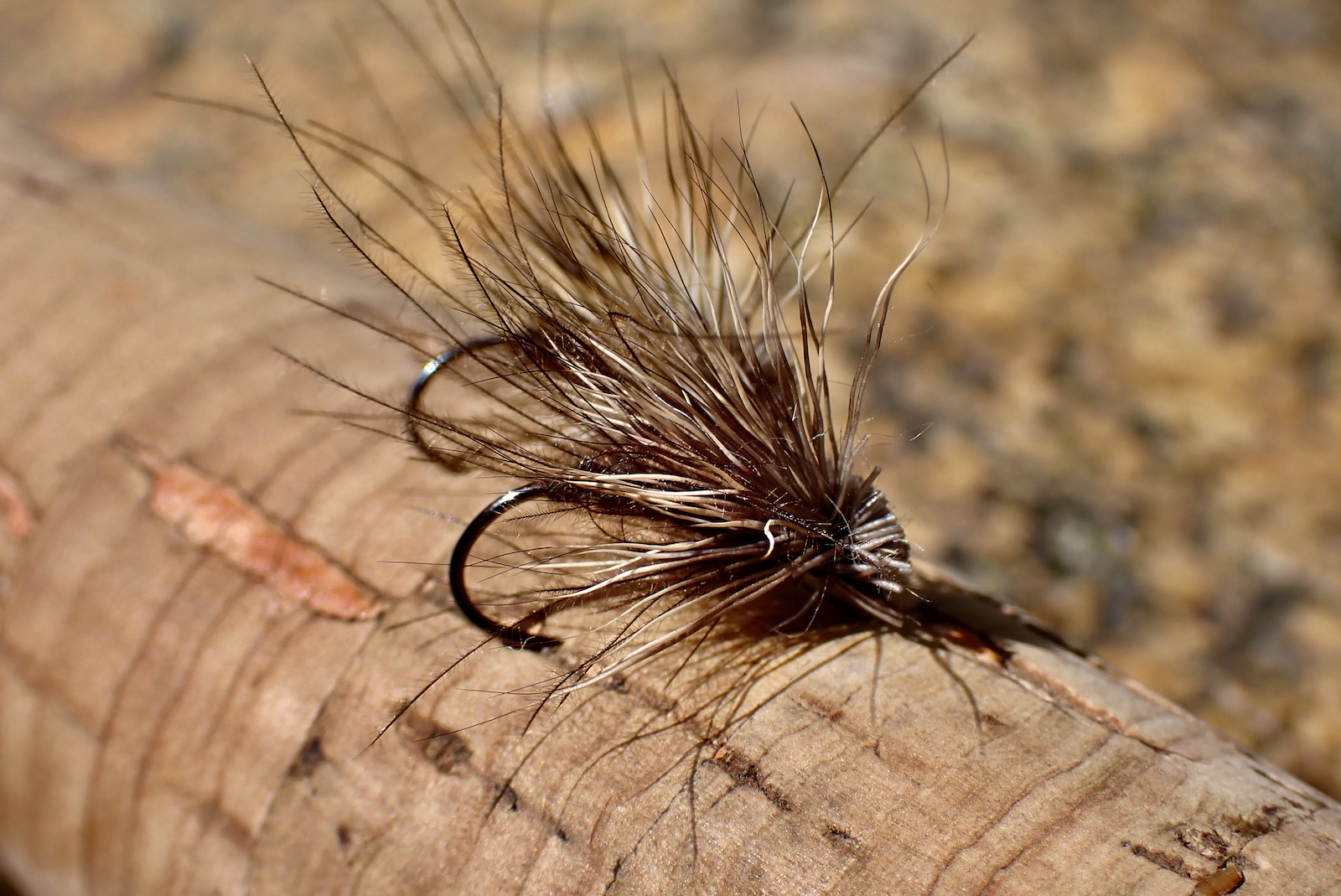
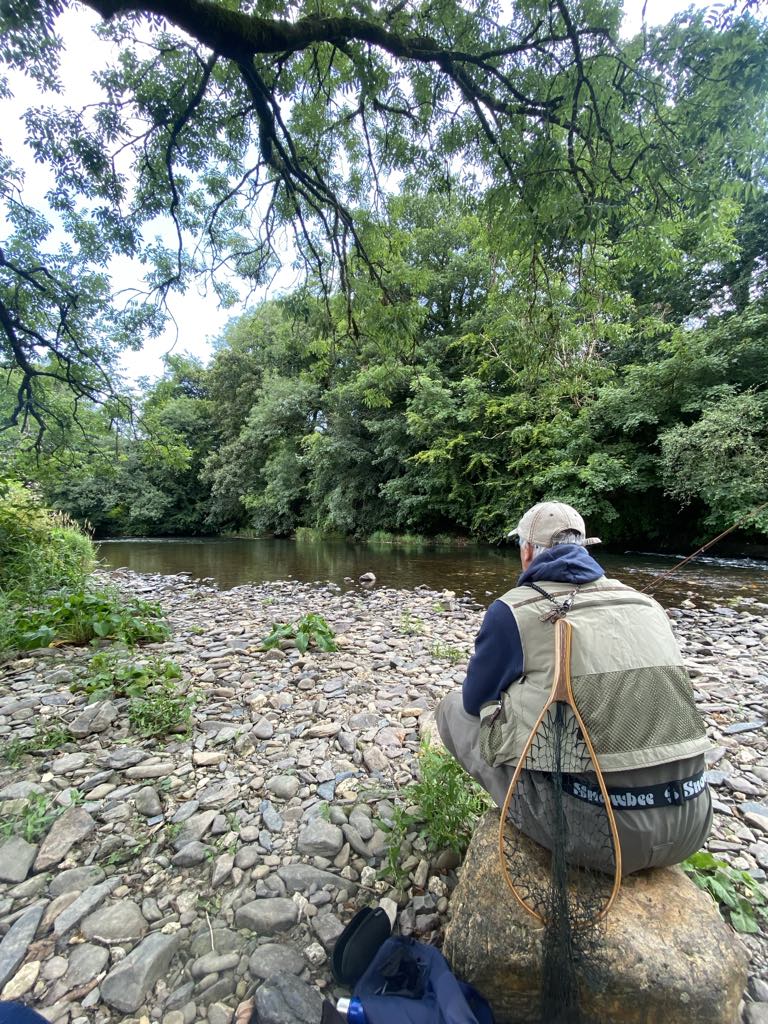
A kingfisher flashed downstream a streak of iridescent blue that always inspires. Large dragonflies hovered above the water and a wagtail paused upon a rock on the far side of the river. It was indeed good to pause before casting in haste savouring the ambience and scenery of the river.
I waded carefully into the shallows and worked my way slowly up the pool flicking the bushy dry fly into likely looking spots as I tried to read the water.
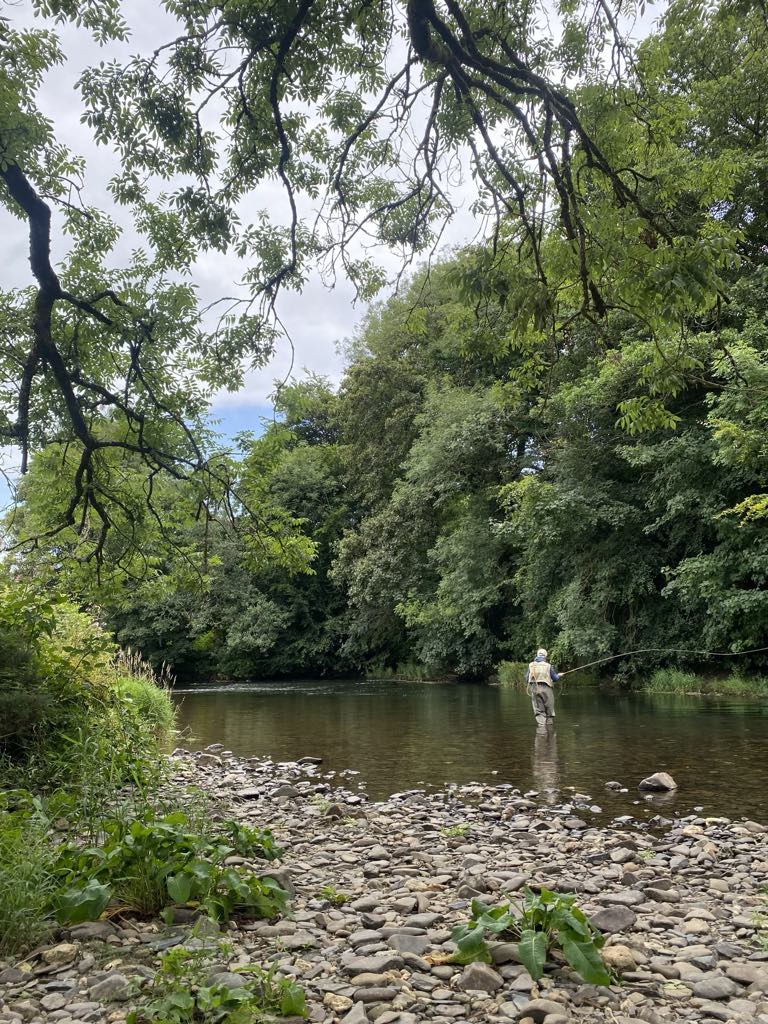
I didn’t really expect to catch in the smooth water as I have always found the fish easier to tempt in faster riffled water with plenty of oxygen especially during the days of low summer flows and higher water temperatures.
After exploring Old Woman’s pool with the dry I decided to head down river and fish back up exploring the faster deeper water with a New Zealand style set up. After fishing a couple of likely runs to no avail I removed the bushy indicator fly and tied on a heavy nymph.
I plopped this upstream allowing the heavy tungsten nymph to search deep down in fast dark water. The lines tip paused as I followed the progress and I lifted to feel that thrilling life transmitted through the line. A beautiful wild Exe brown trout was admired before releasing back into the cool water.
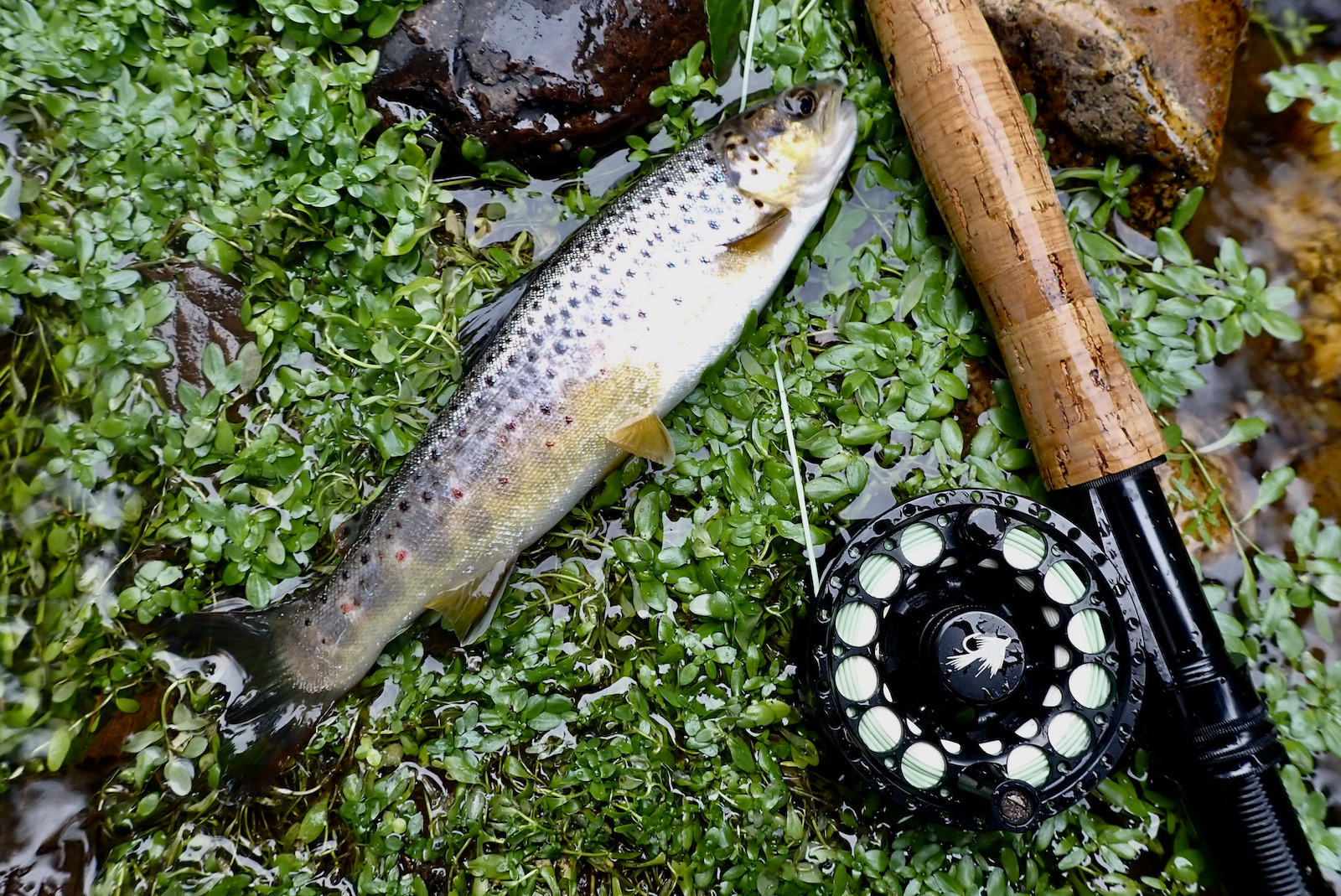

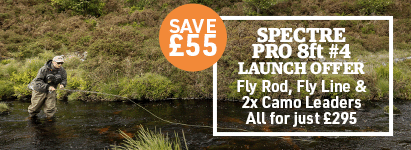
I fished on and hooked a bigger trout in the next pool. The fish darted to and fro causing a few moments of anxiety as it momentarily became snared in some weed. Gentle pressure brought it free and I slipped the net under another pleasing trout of over 10”.
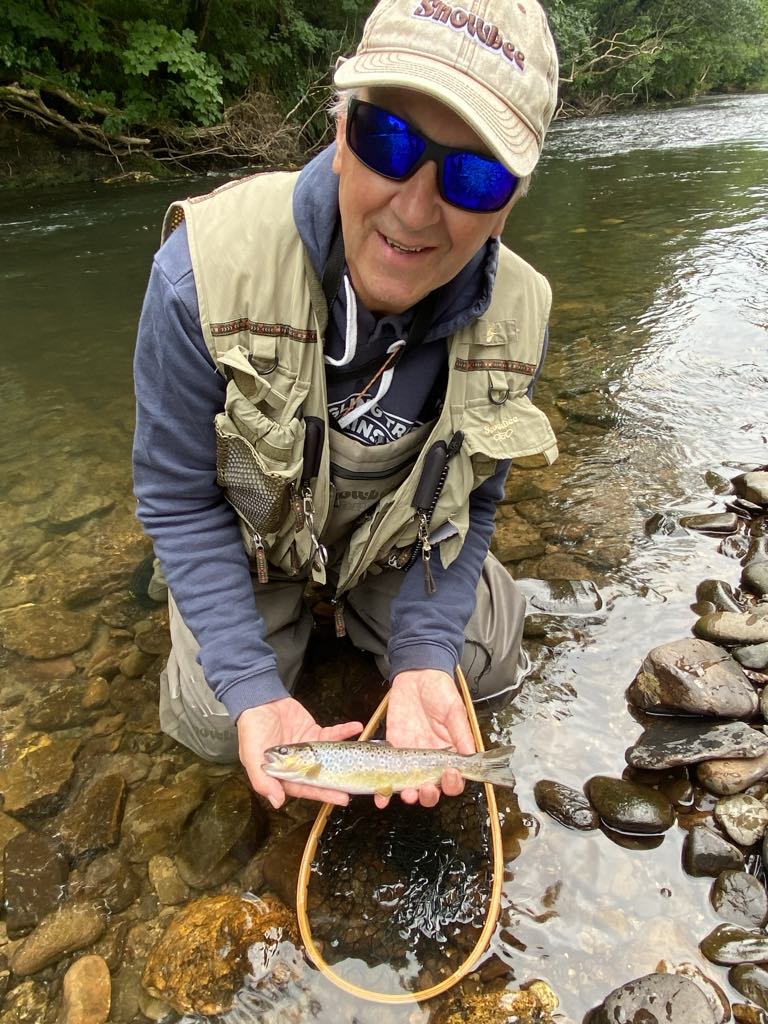
After lingering for a chat with Pauline who was reading the latest Exmoor Magazine at the water’s edge I returned to explore Old Woman’s pool again sending the heavy nymph into the deep dark waters.
At the head of the pool I waded carefully across the shallow shingle that runs into the pool. I noted that the shingle gives way, the water plunging into the dark mysterious depths of Old Woman’s Pool. I pondered upon the history of the pool and how it had got its name. Had those deep dark waters that offer so much life also taken life in the distant past?

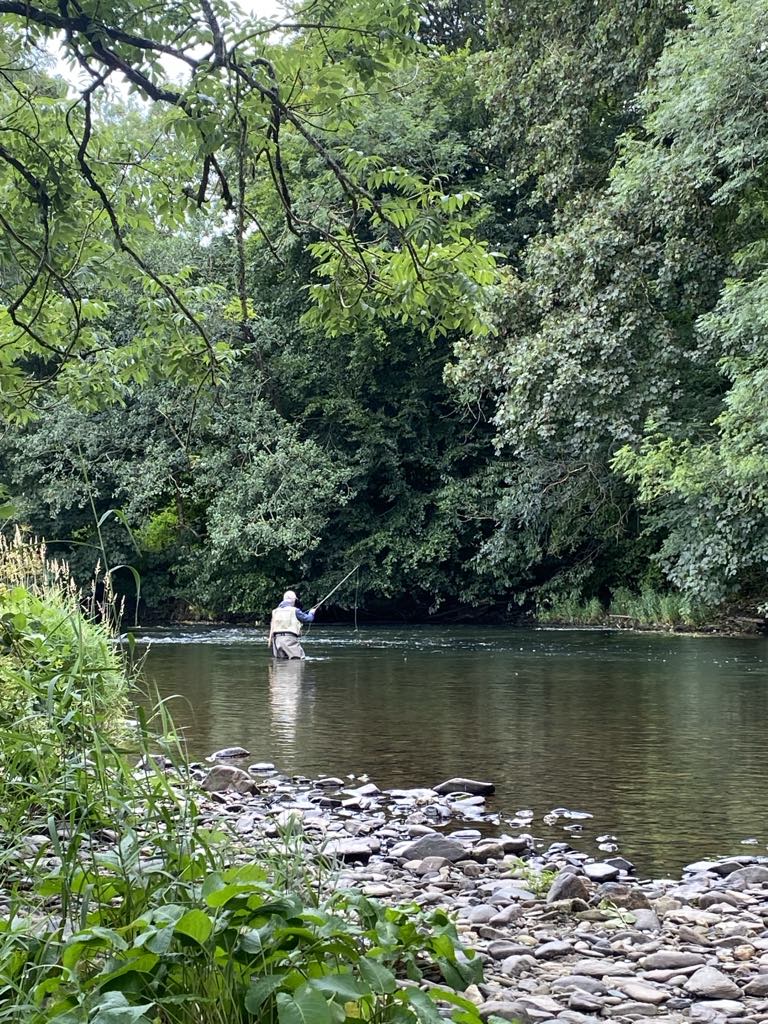
I messaged James at Lance Nicholson’s later enquiring about the pools name. He told me he would seek details from Michelle Werrett who may be able to elaborate upon the legend of the old lady who was taken by the river. Several anglers have talked of a presence they have felt by the river at this spot. I can well imagine the atmosphere of the pool as the light drains from the day beneath those ancient oaks.
I plucked my copy of Michelle Werrett’s fine book Song of the Streams and opened its pages to rediscover her accounts of fishing the Old Woman’s beat. I suggest you look out a copy and enjoy her evocative and descriptive prose.
Copies of the book are available at Lance Nicholson’s or online at https://www.medlarpress.com
I fished a few runs and pools upstream reverting to the new Zealand set up. With no further takes and no fish showing it was a good time to depart and head off in search of an evening meal to complete those birthday celebrations
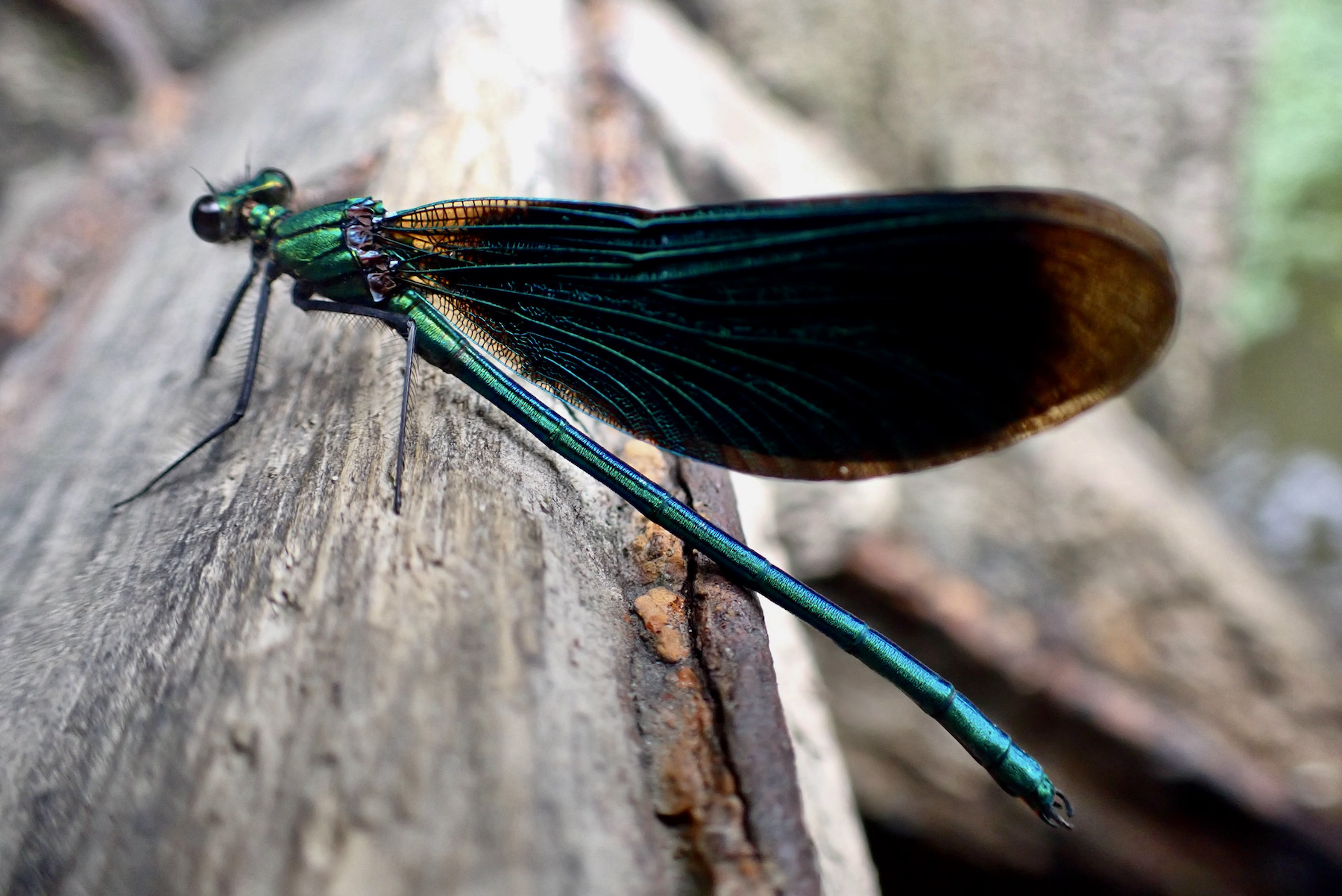



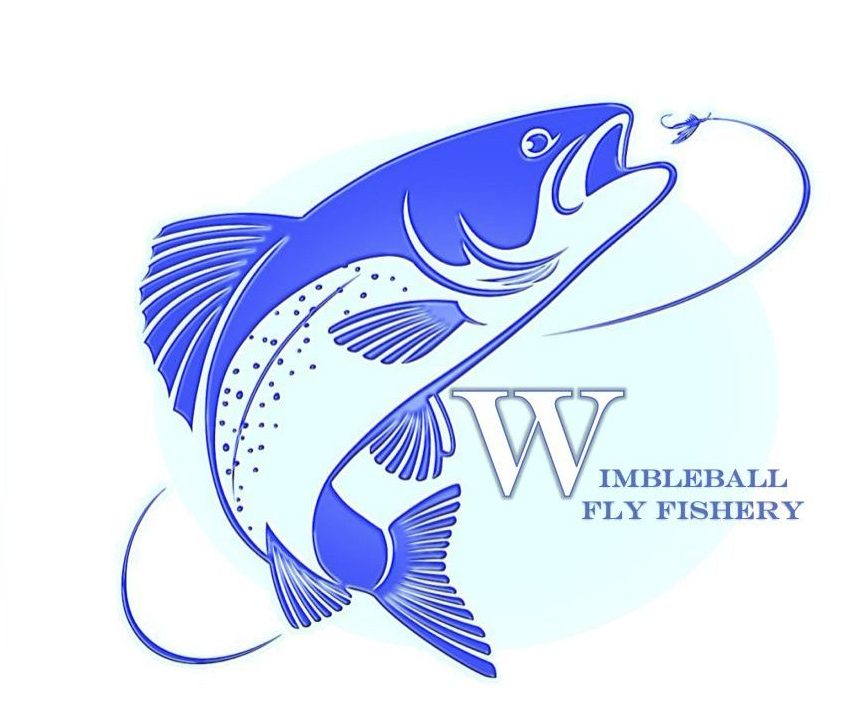
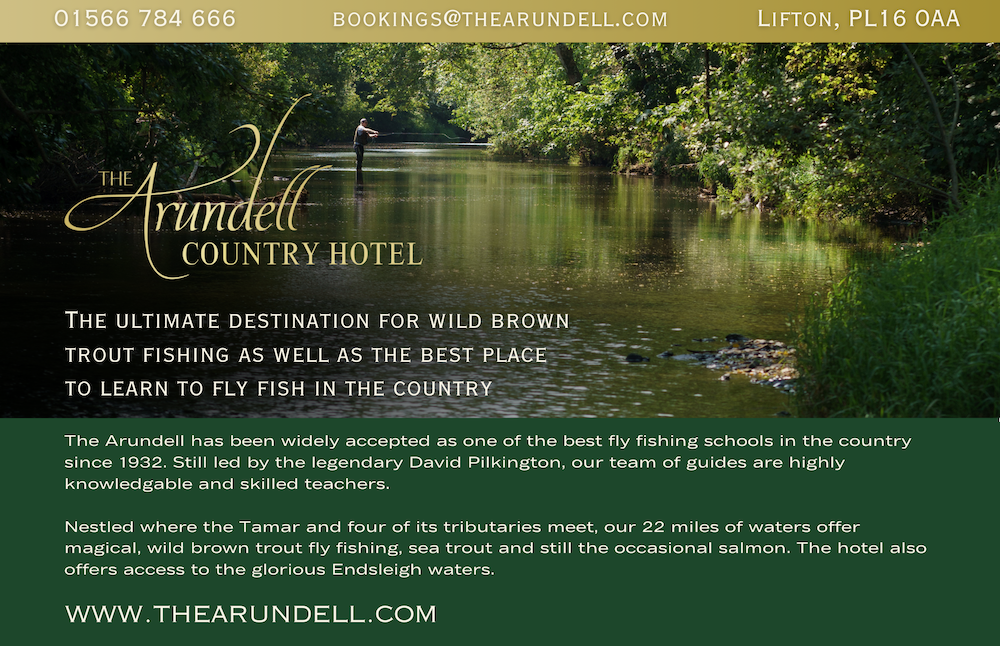

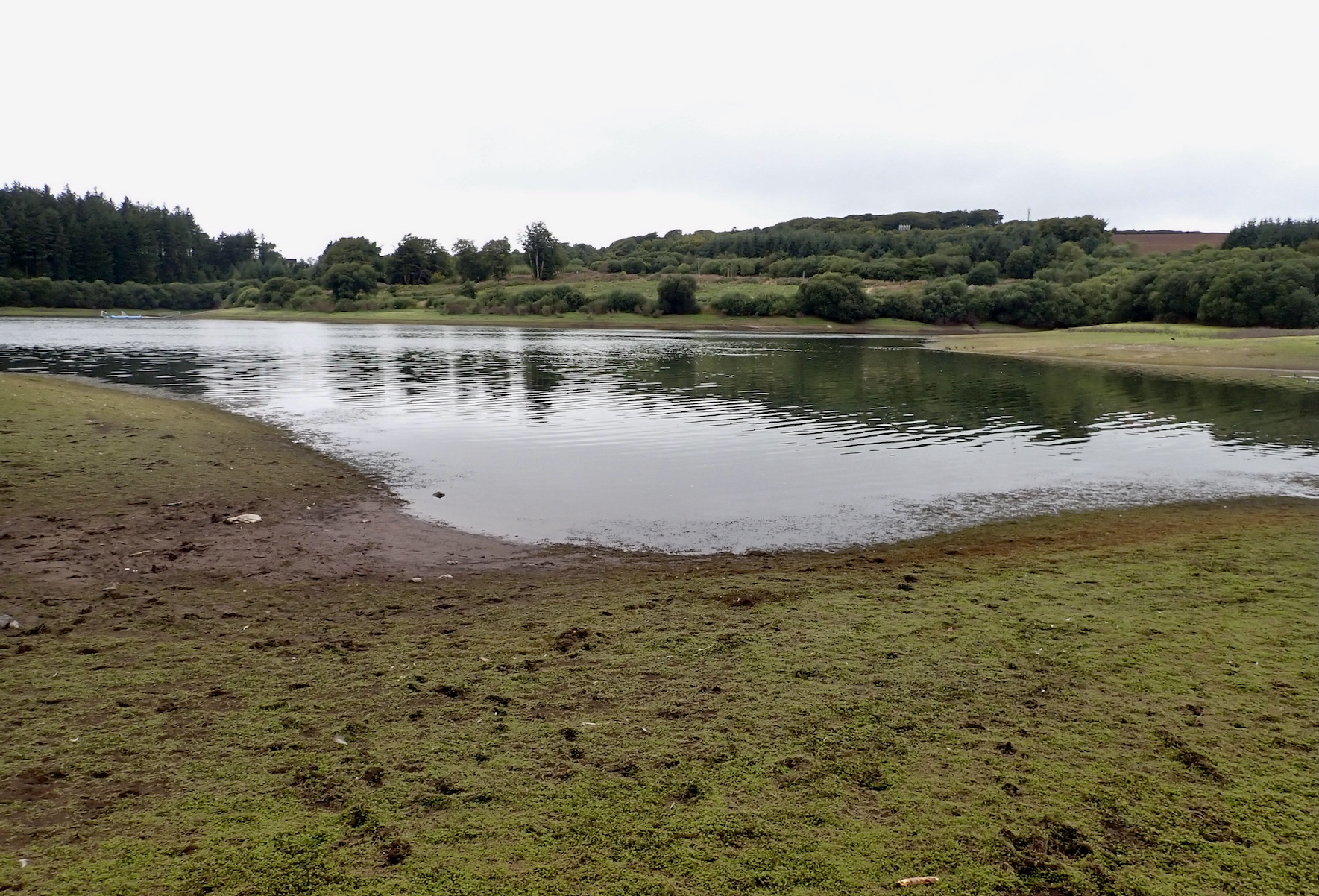
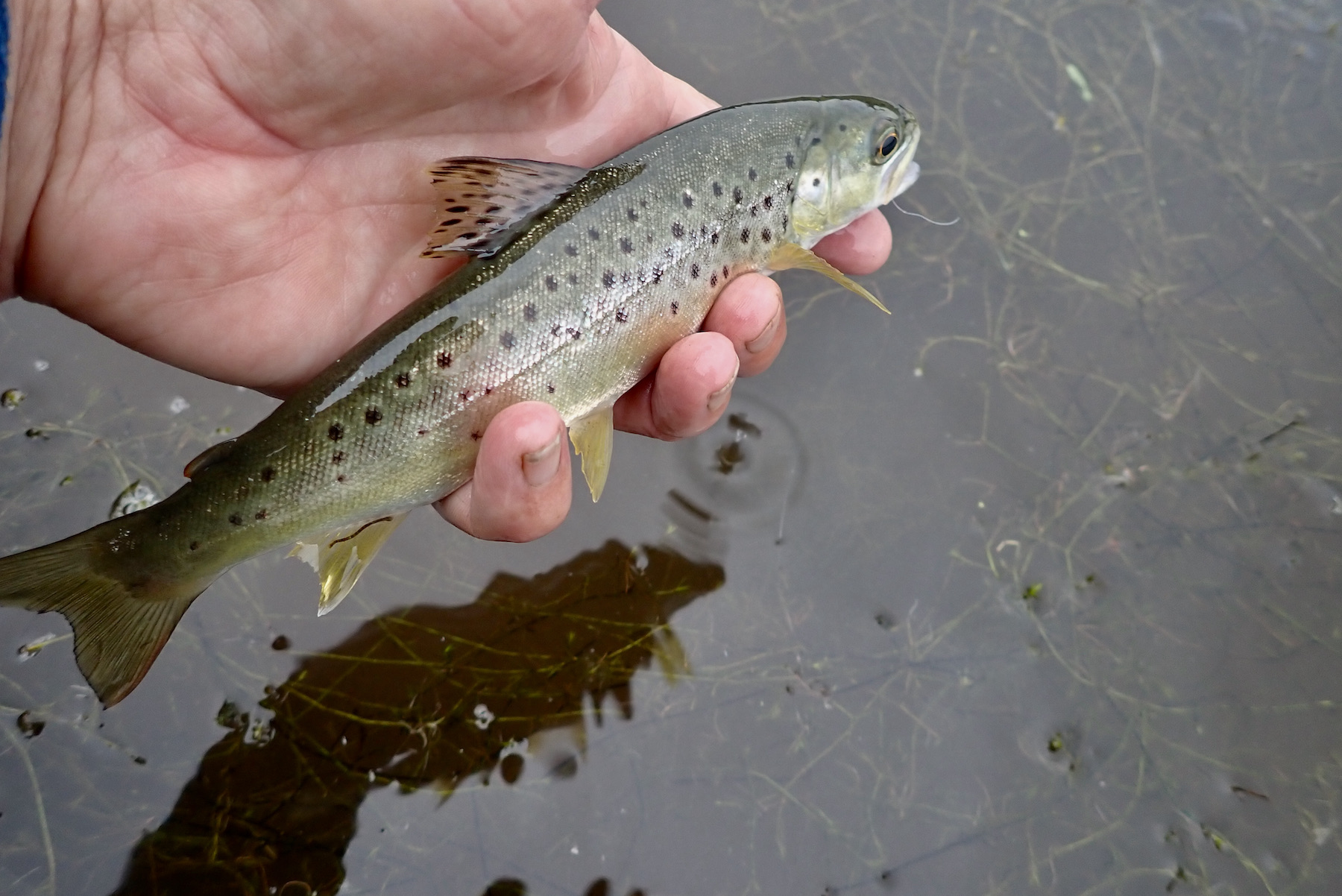
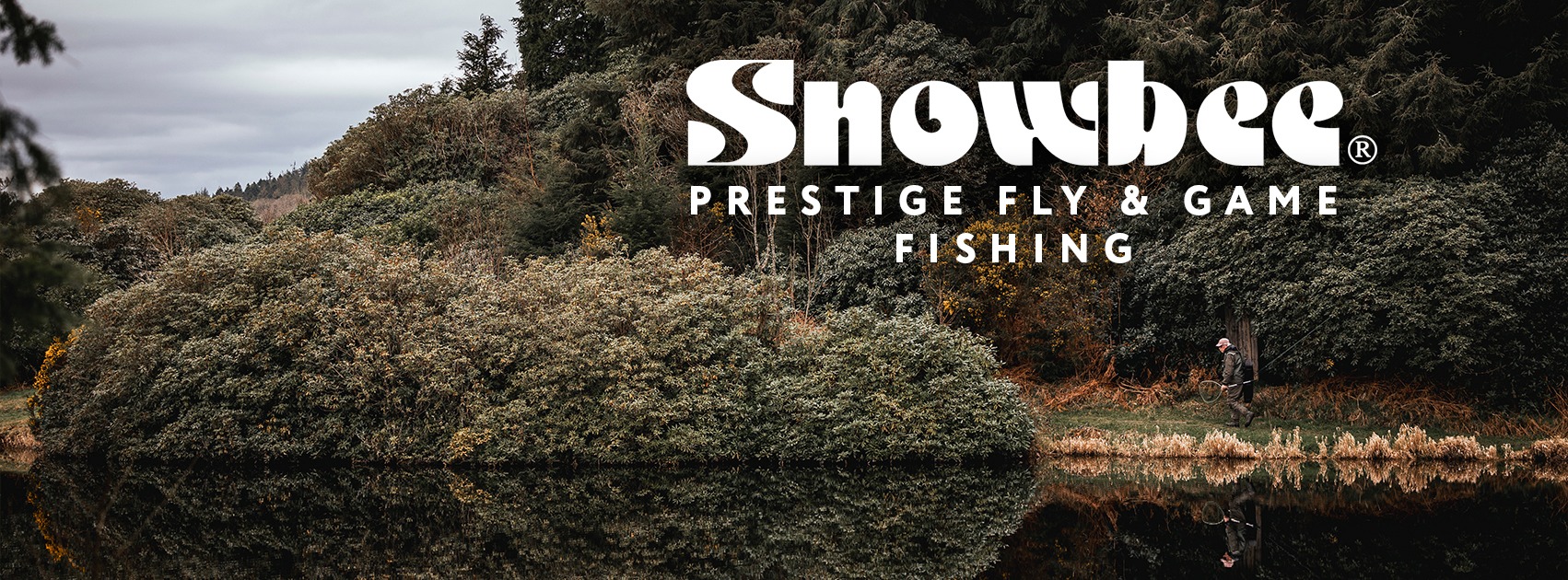
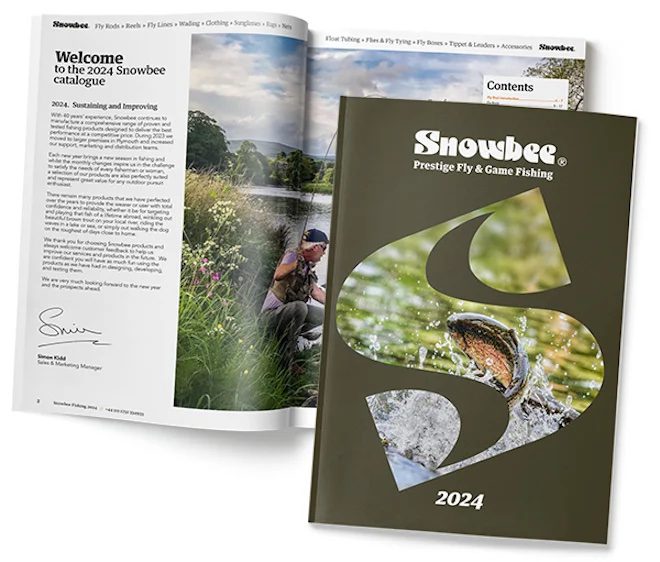
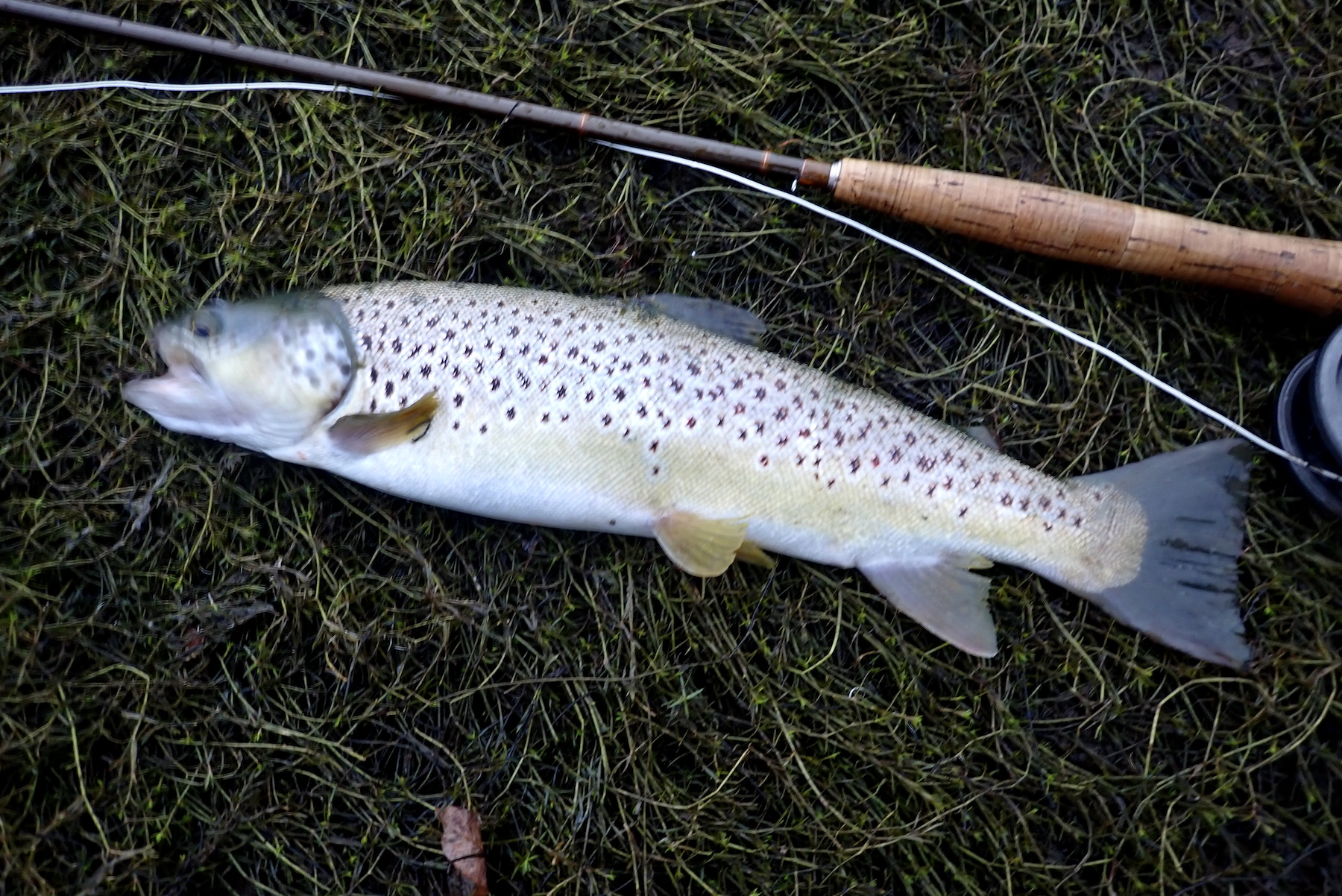
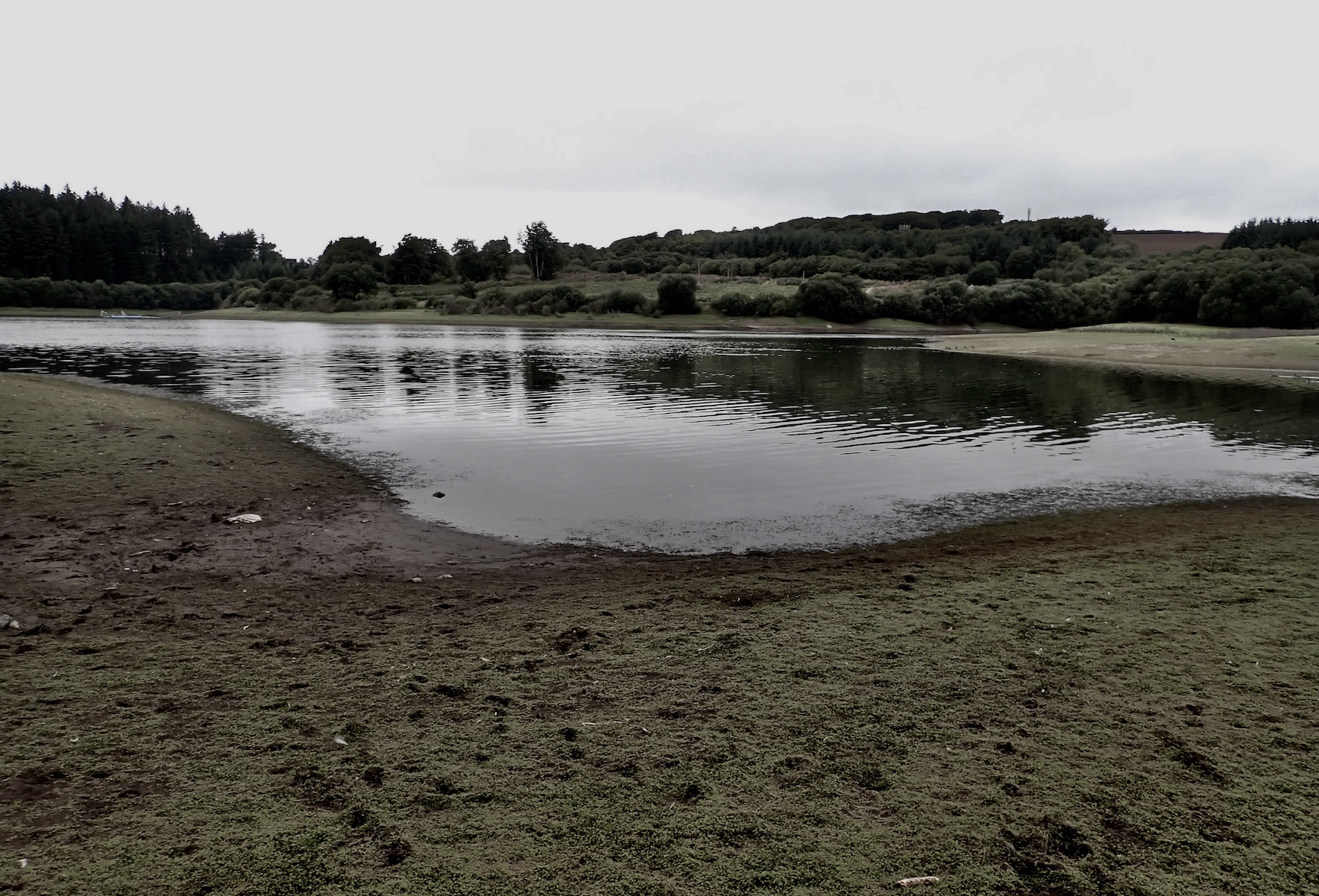
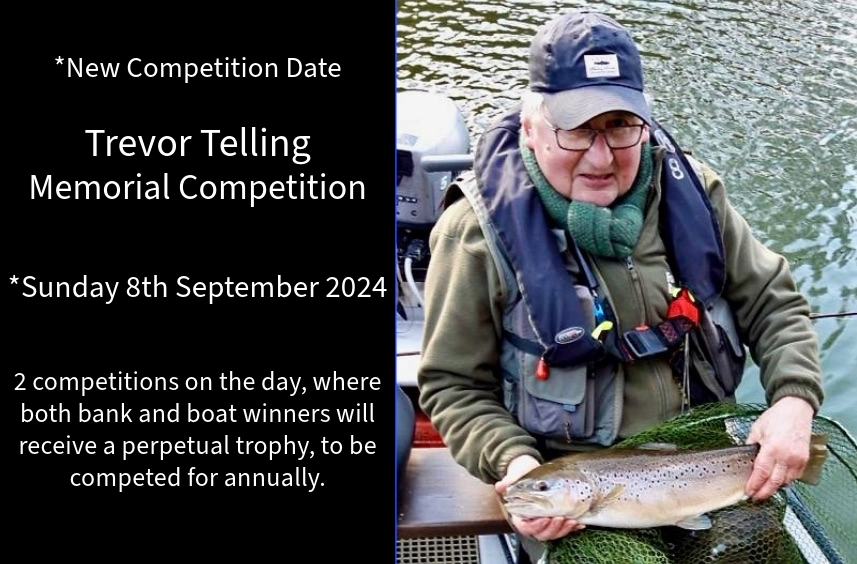
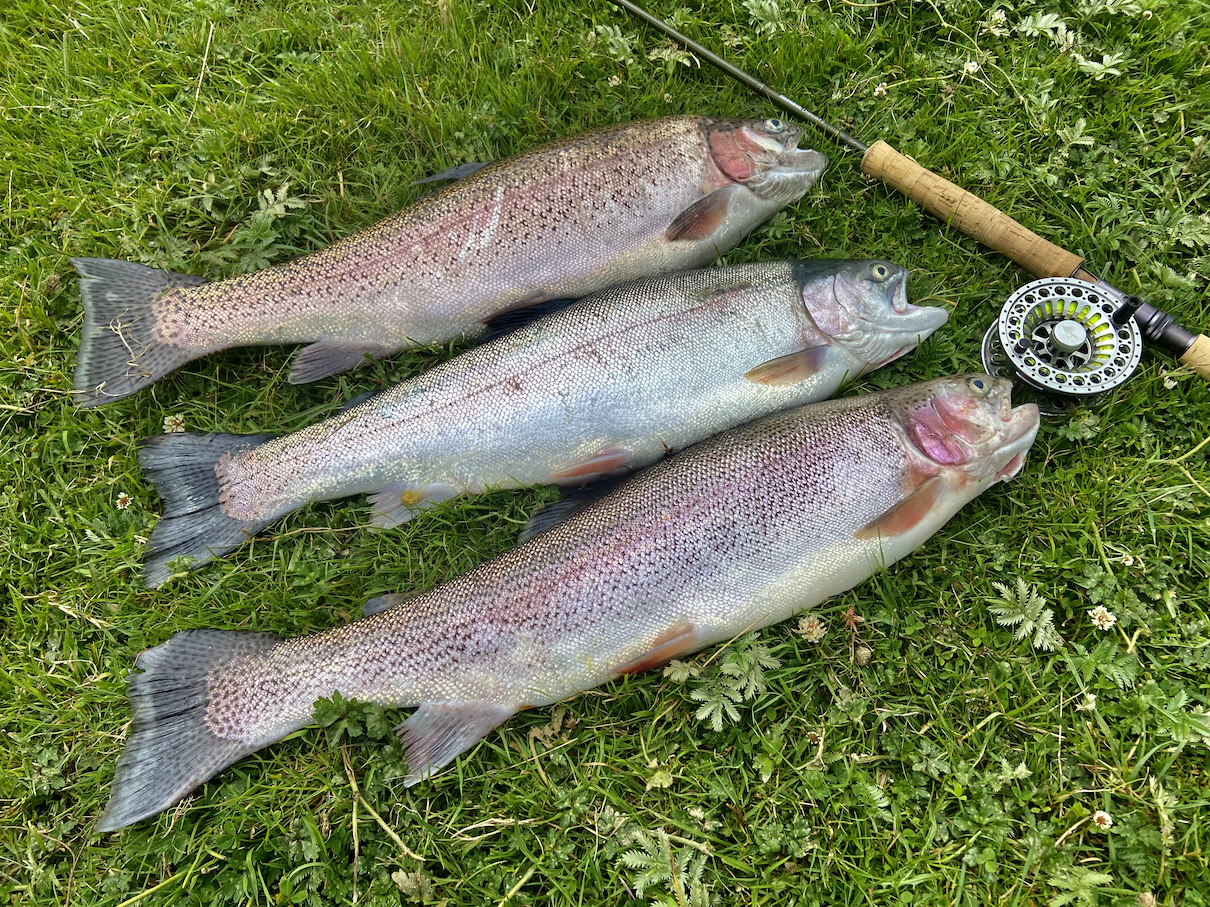
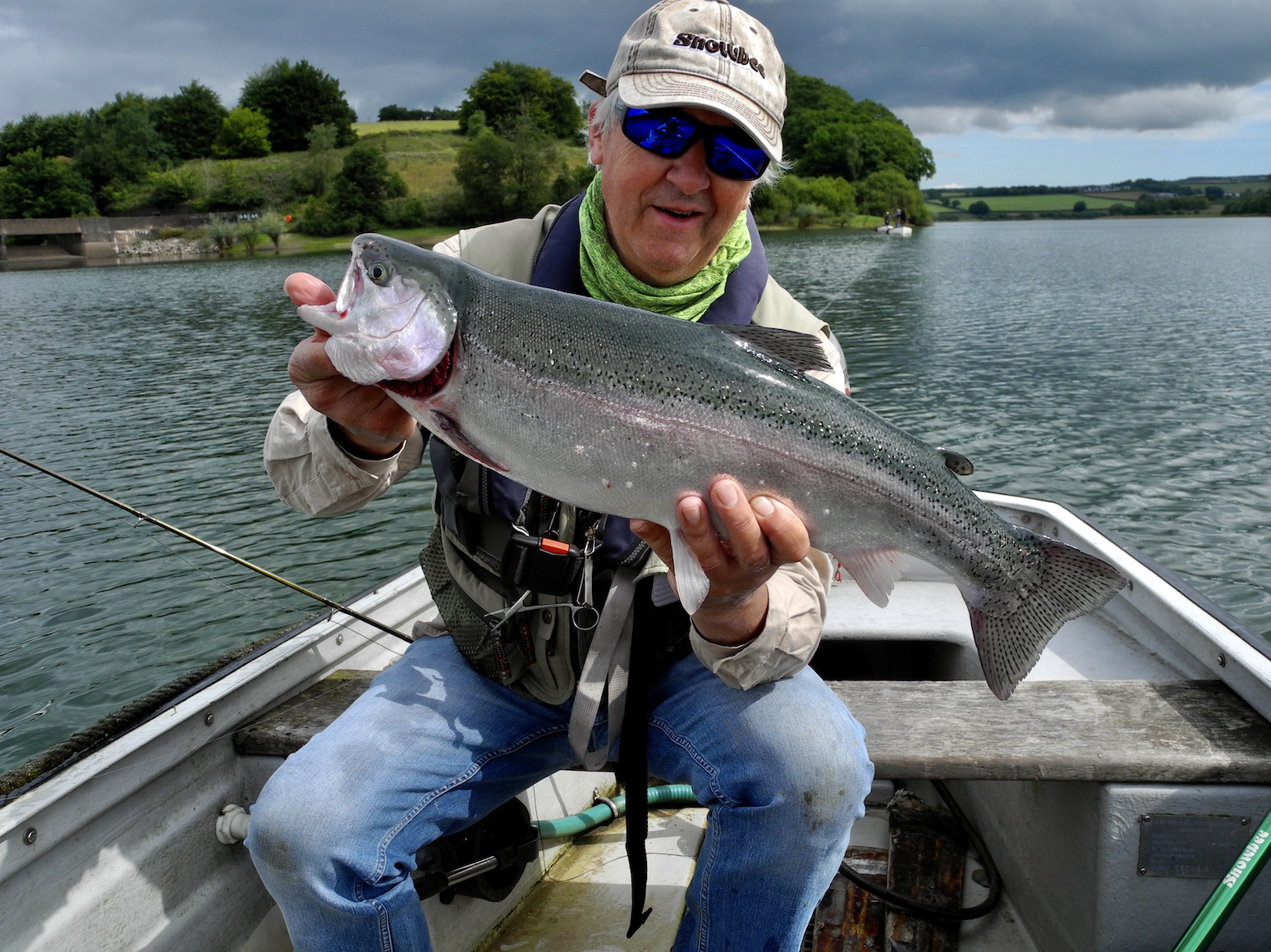
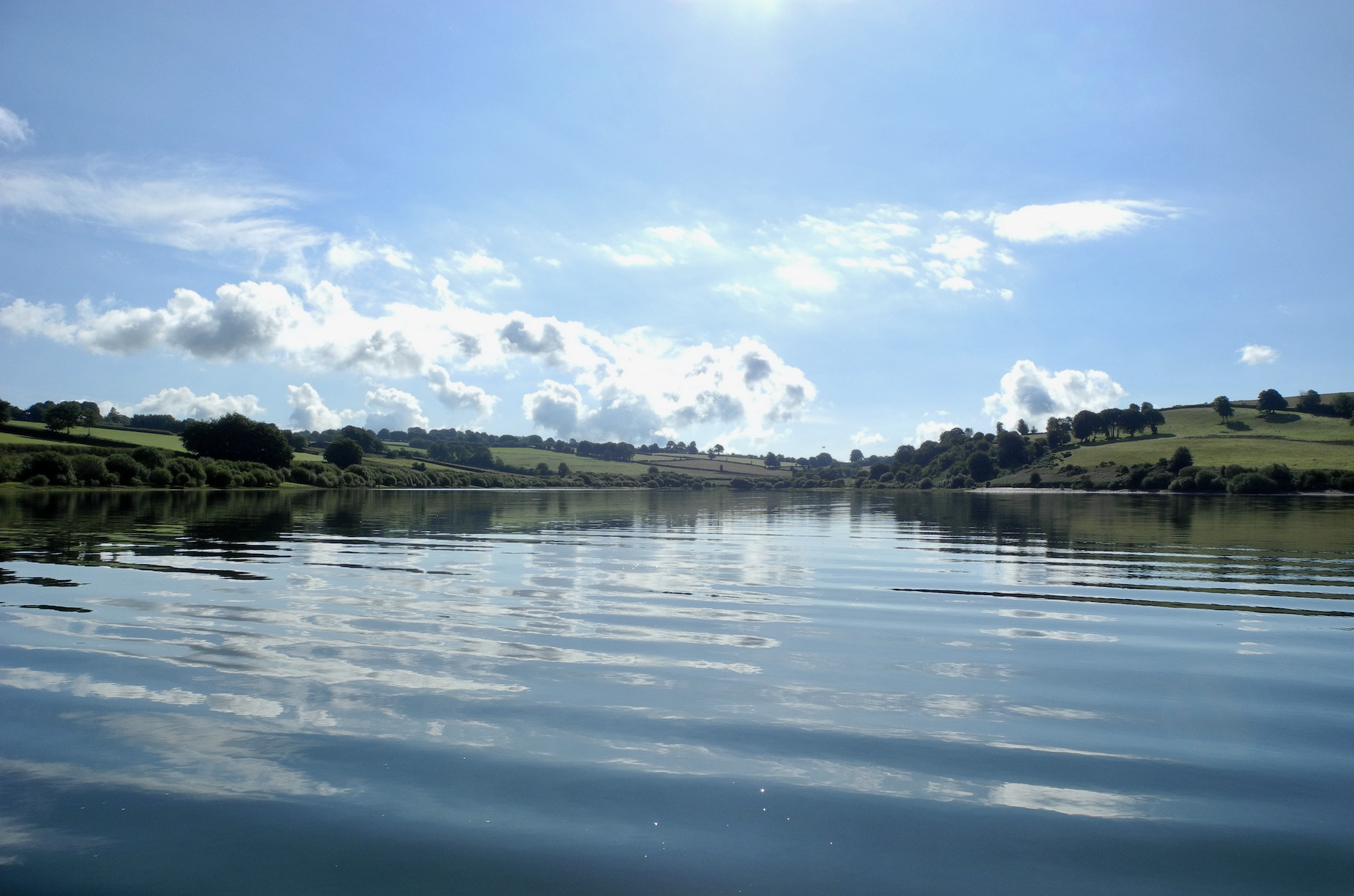
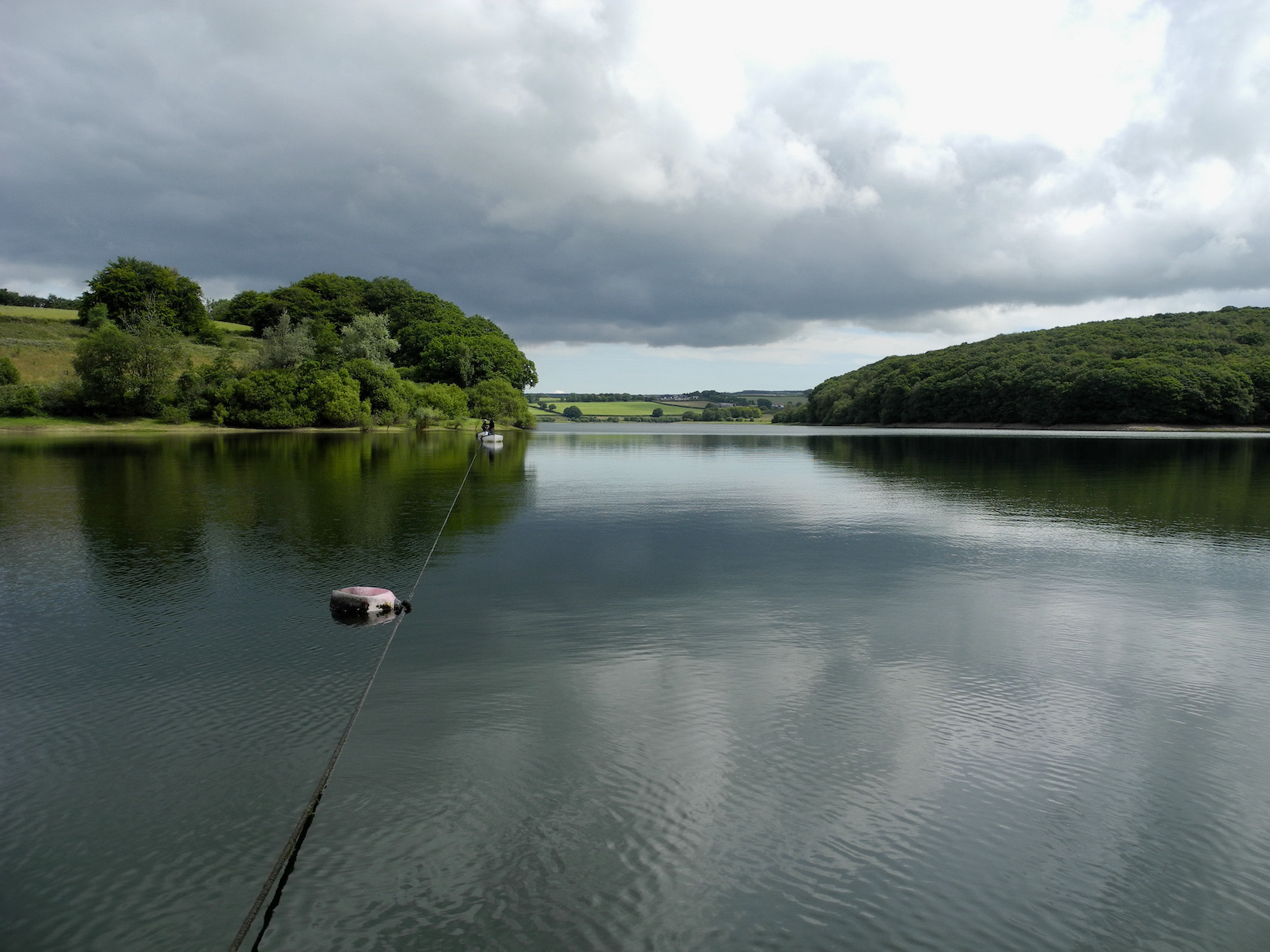
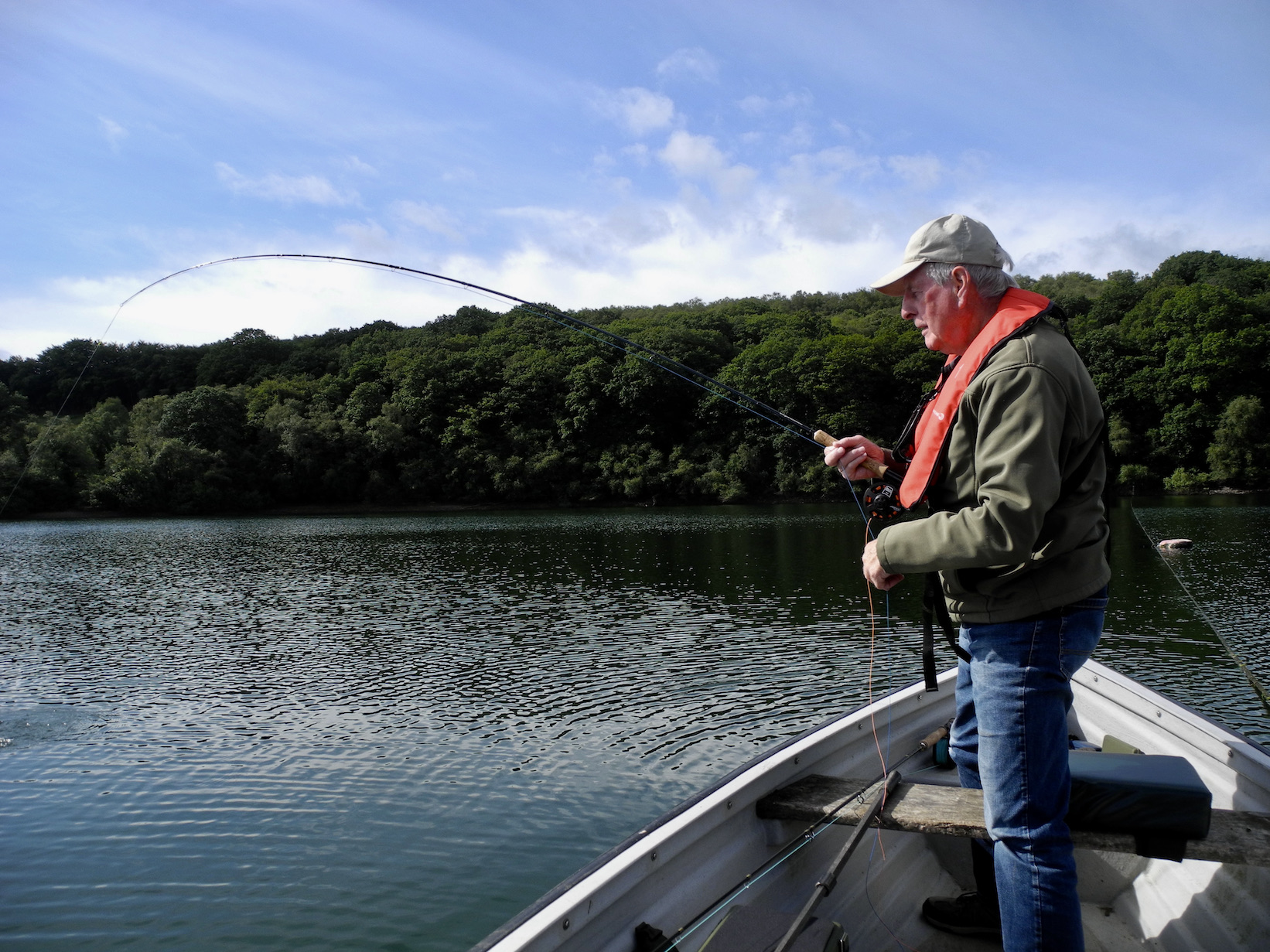
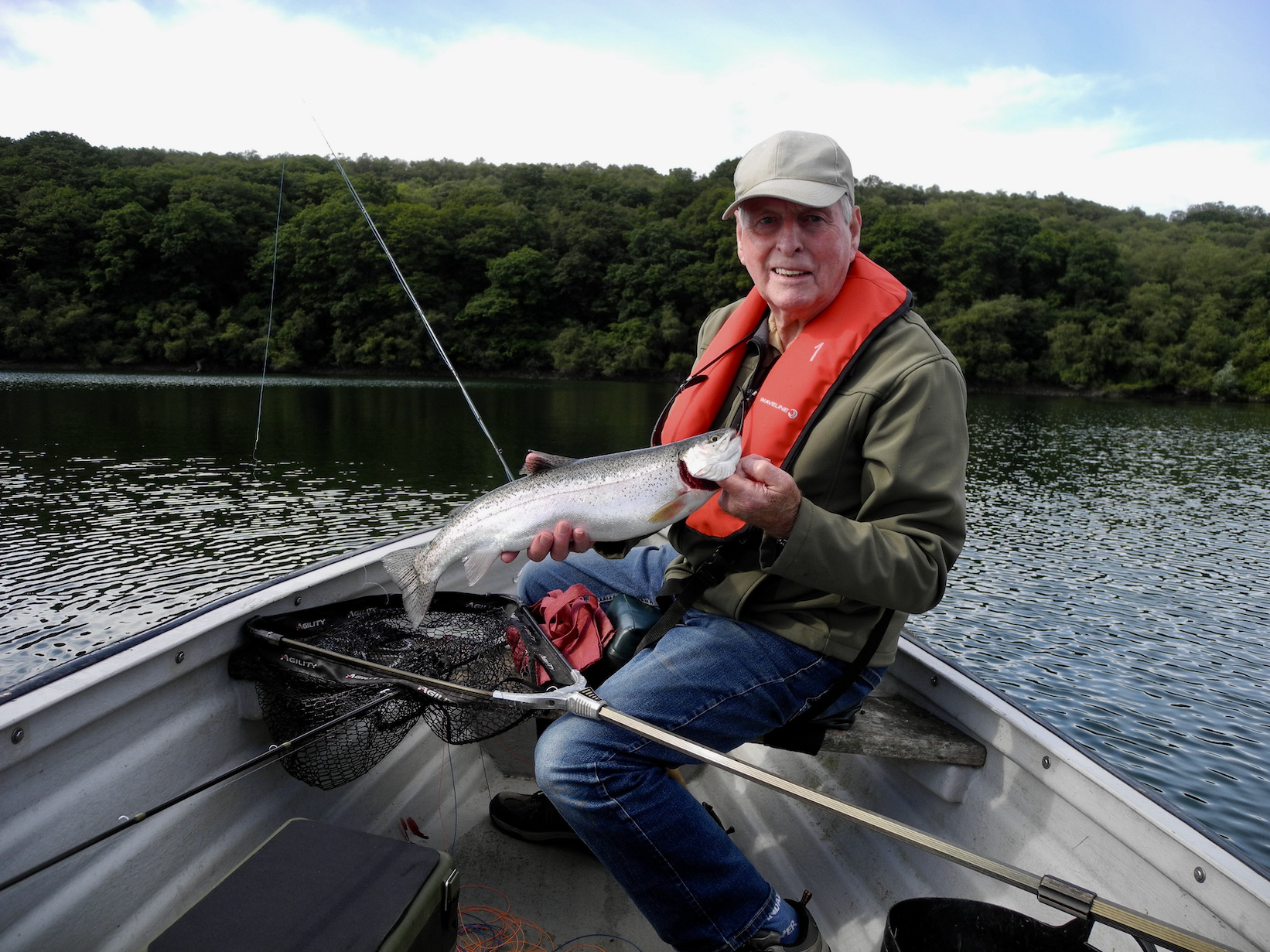
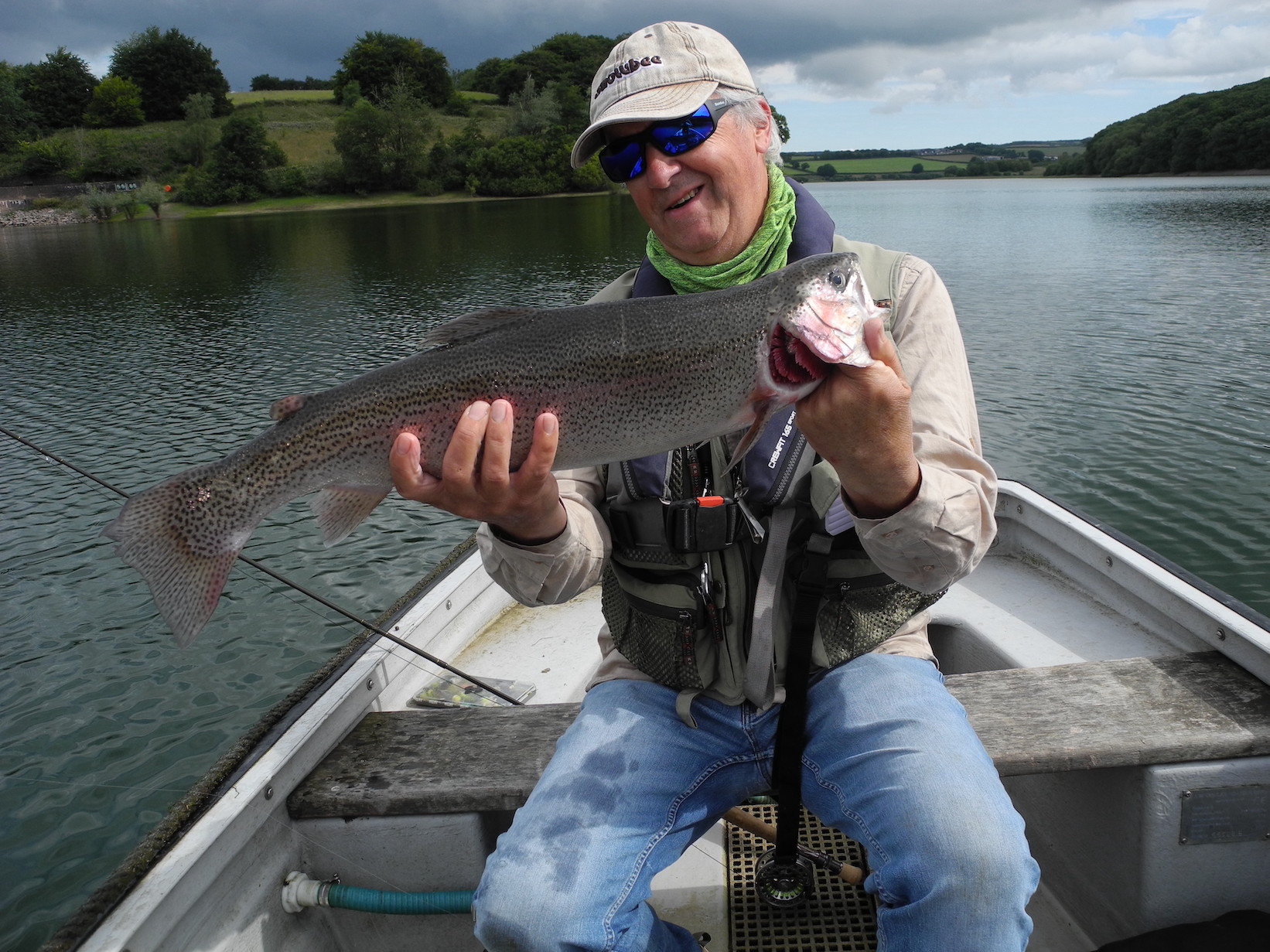
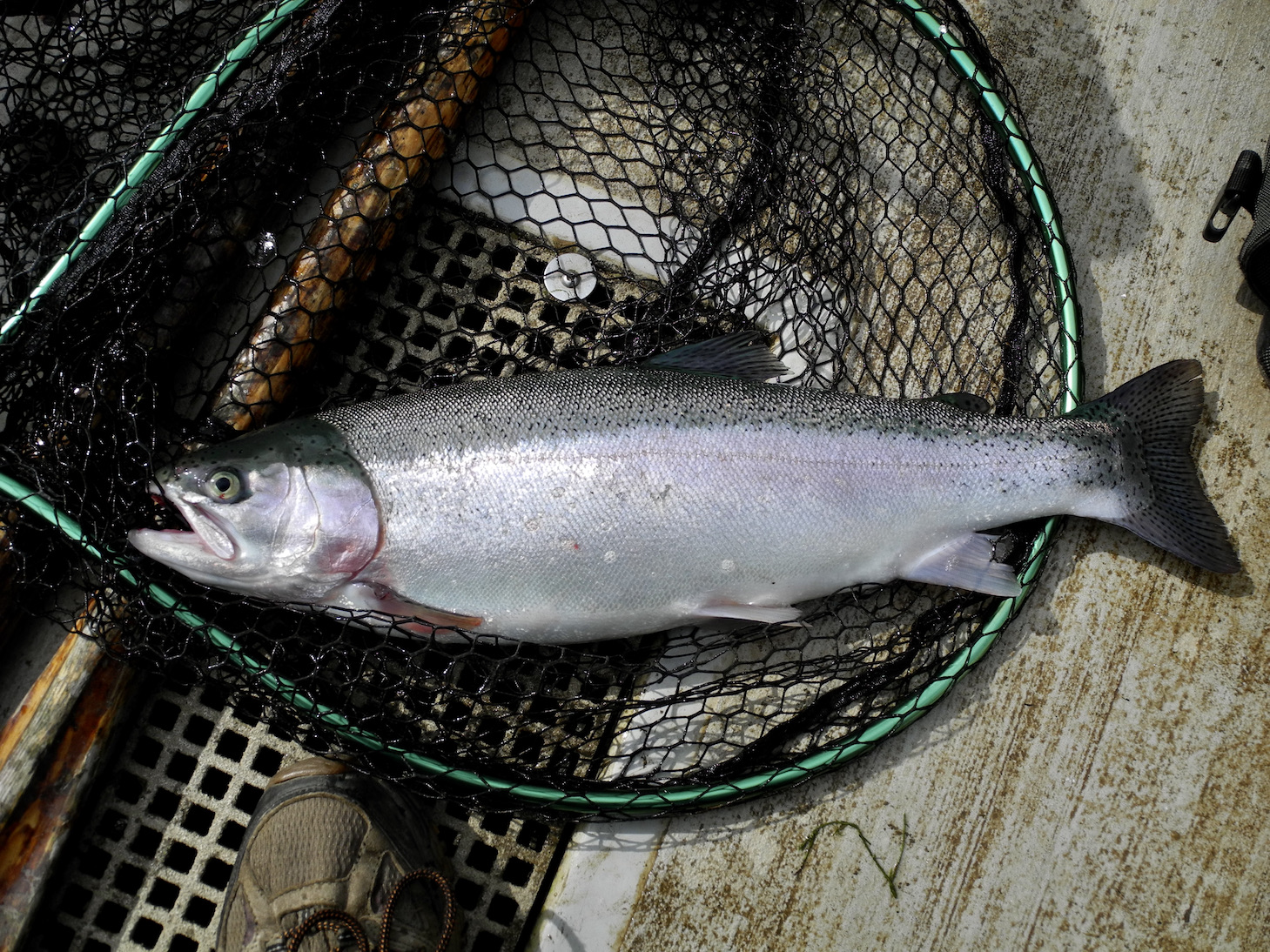
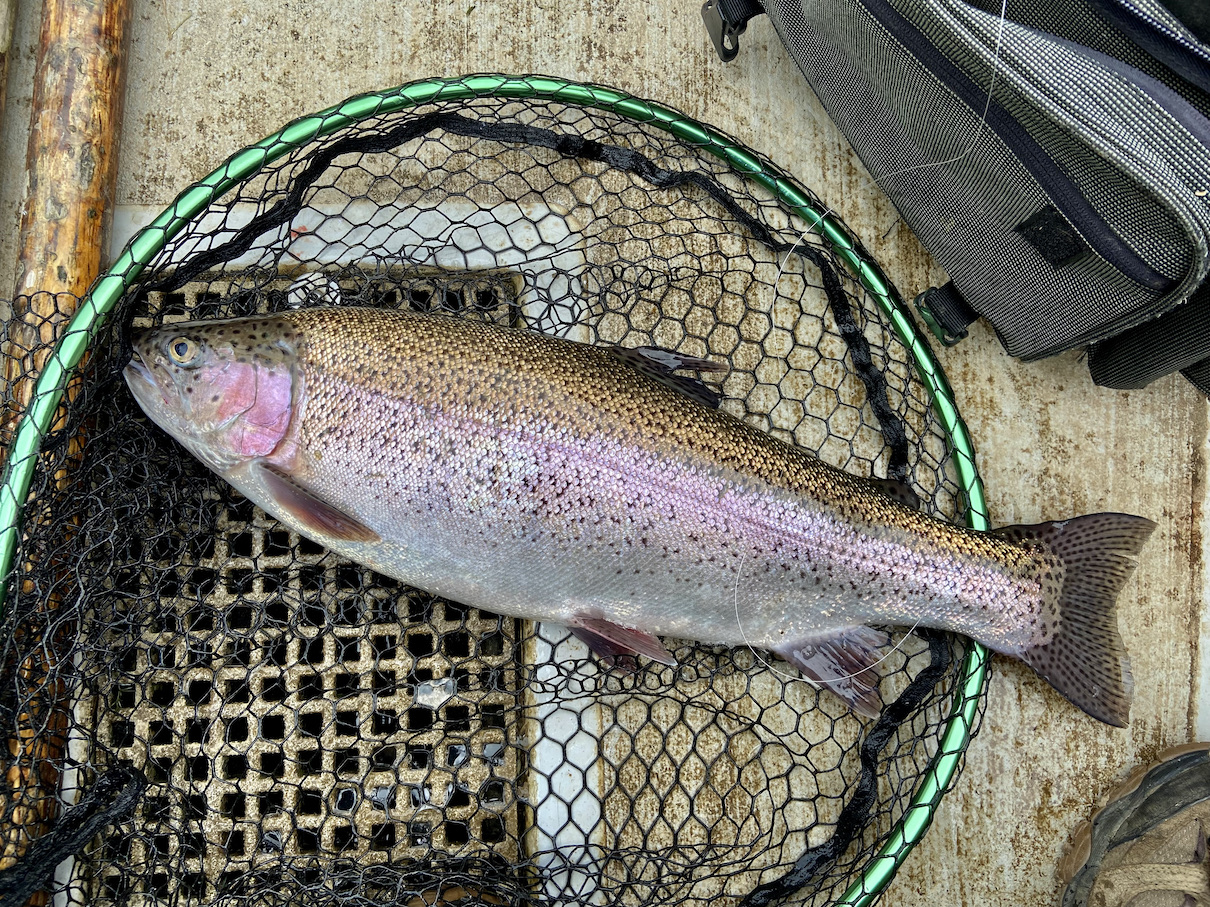
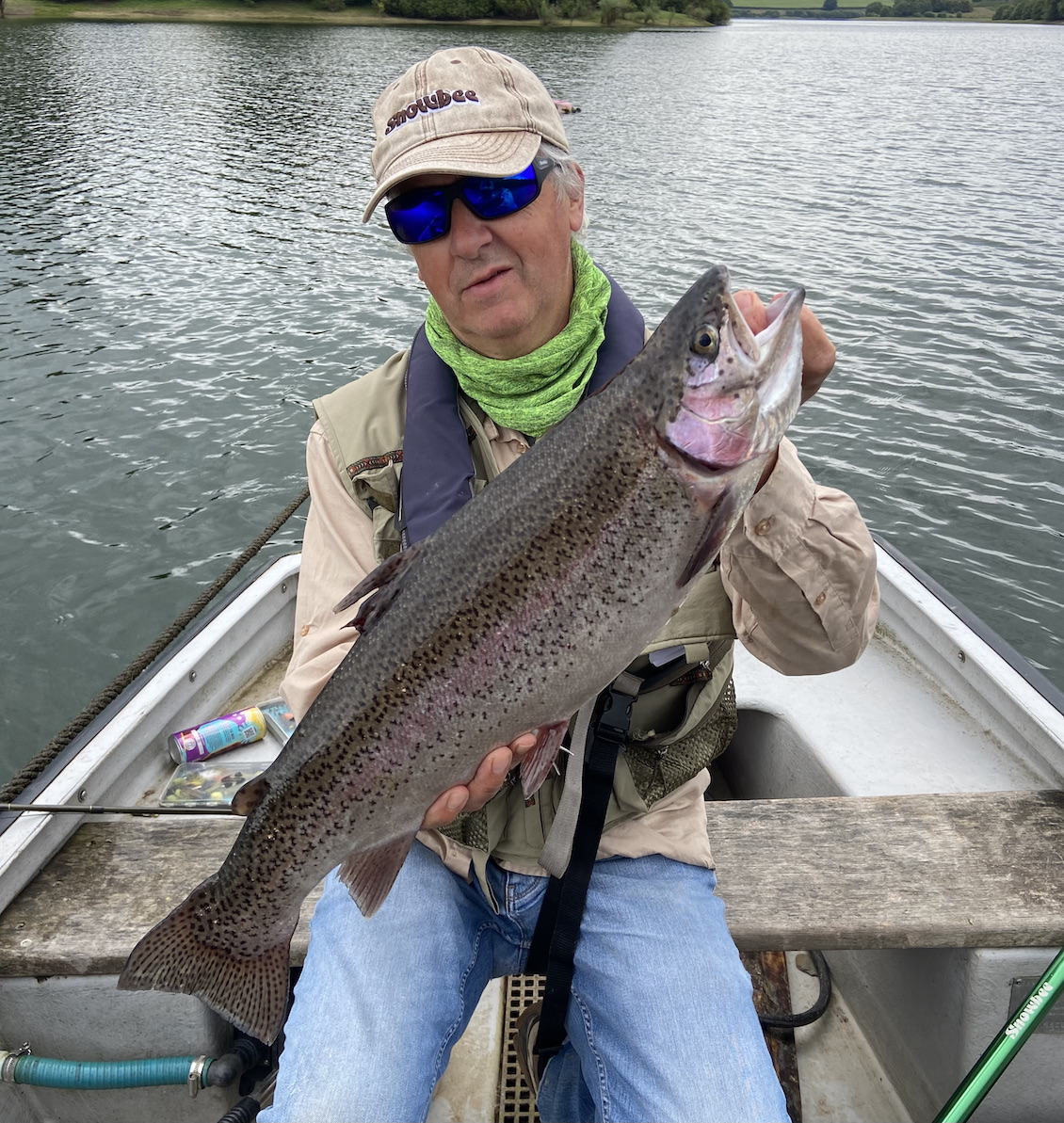
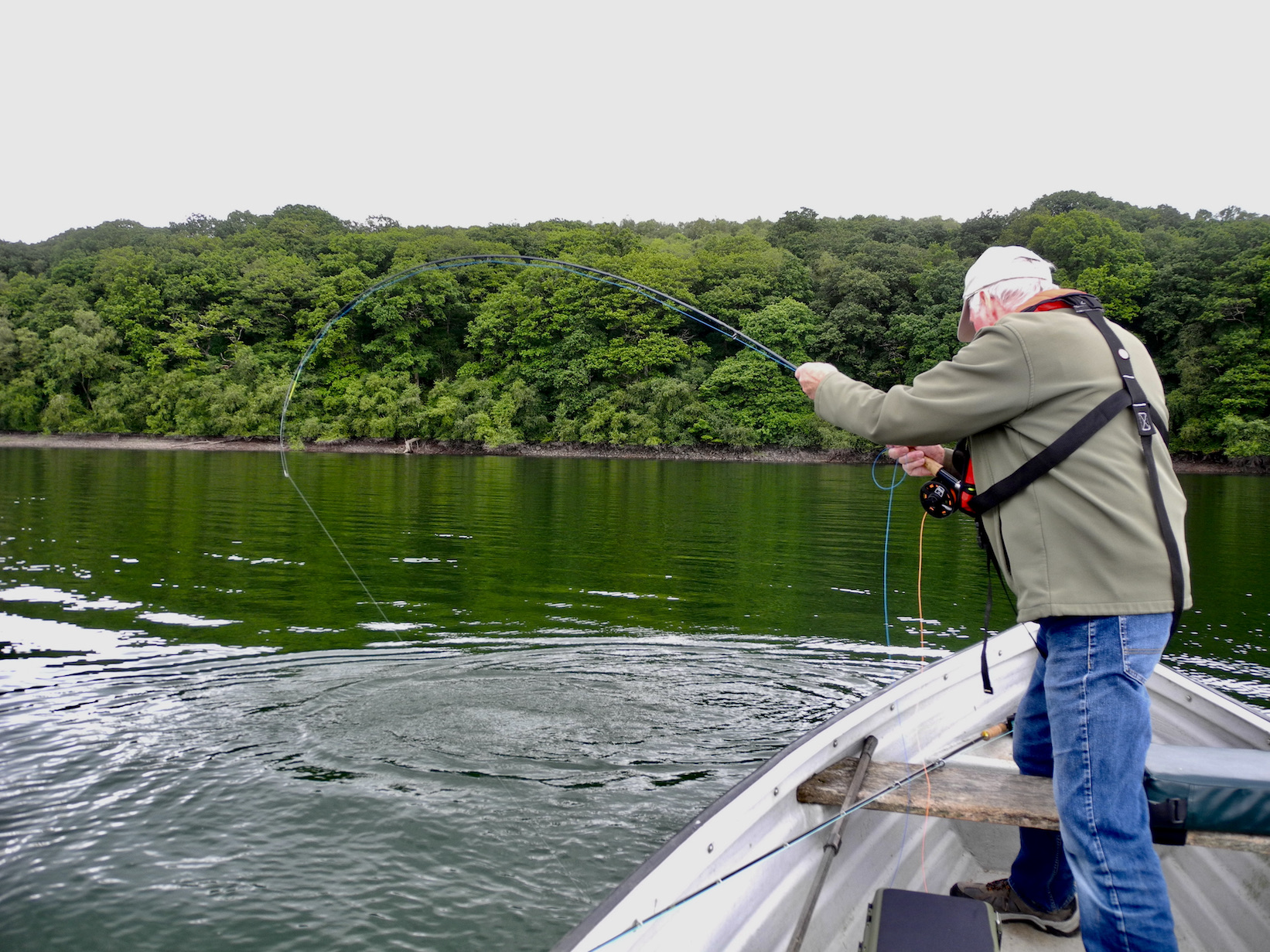
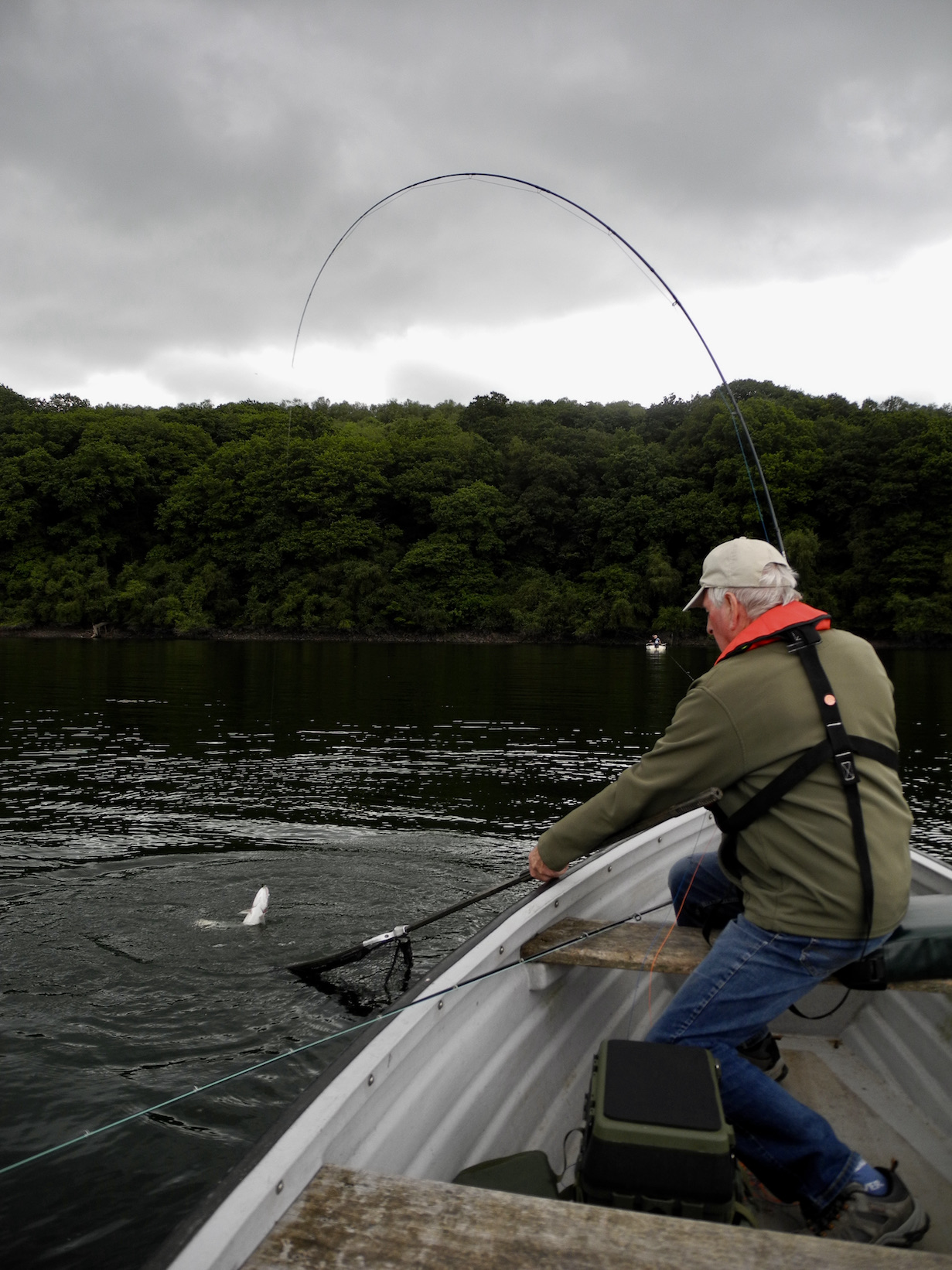

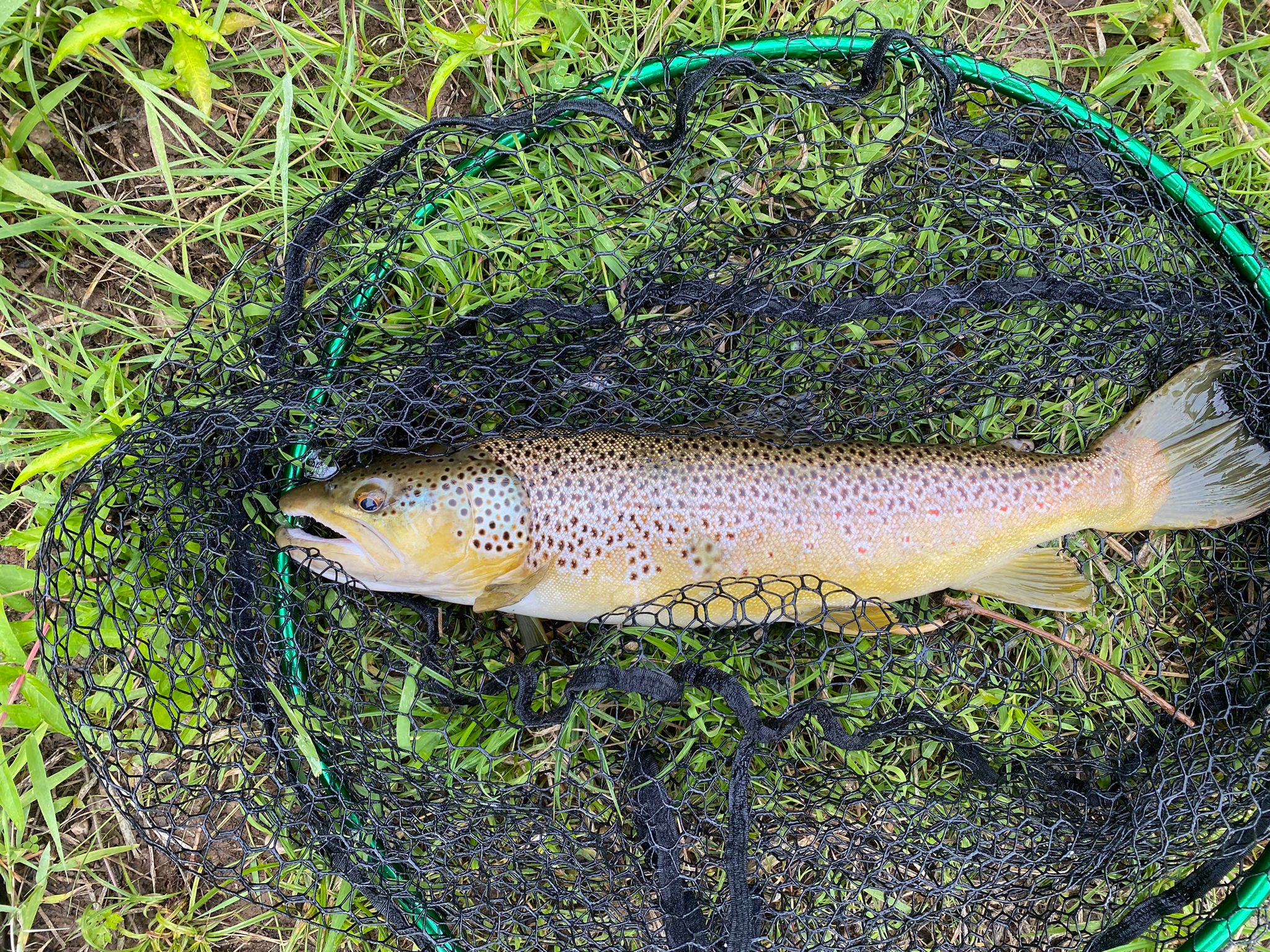

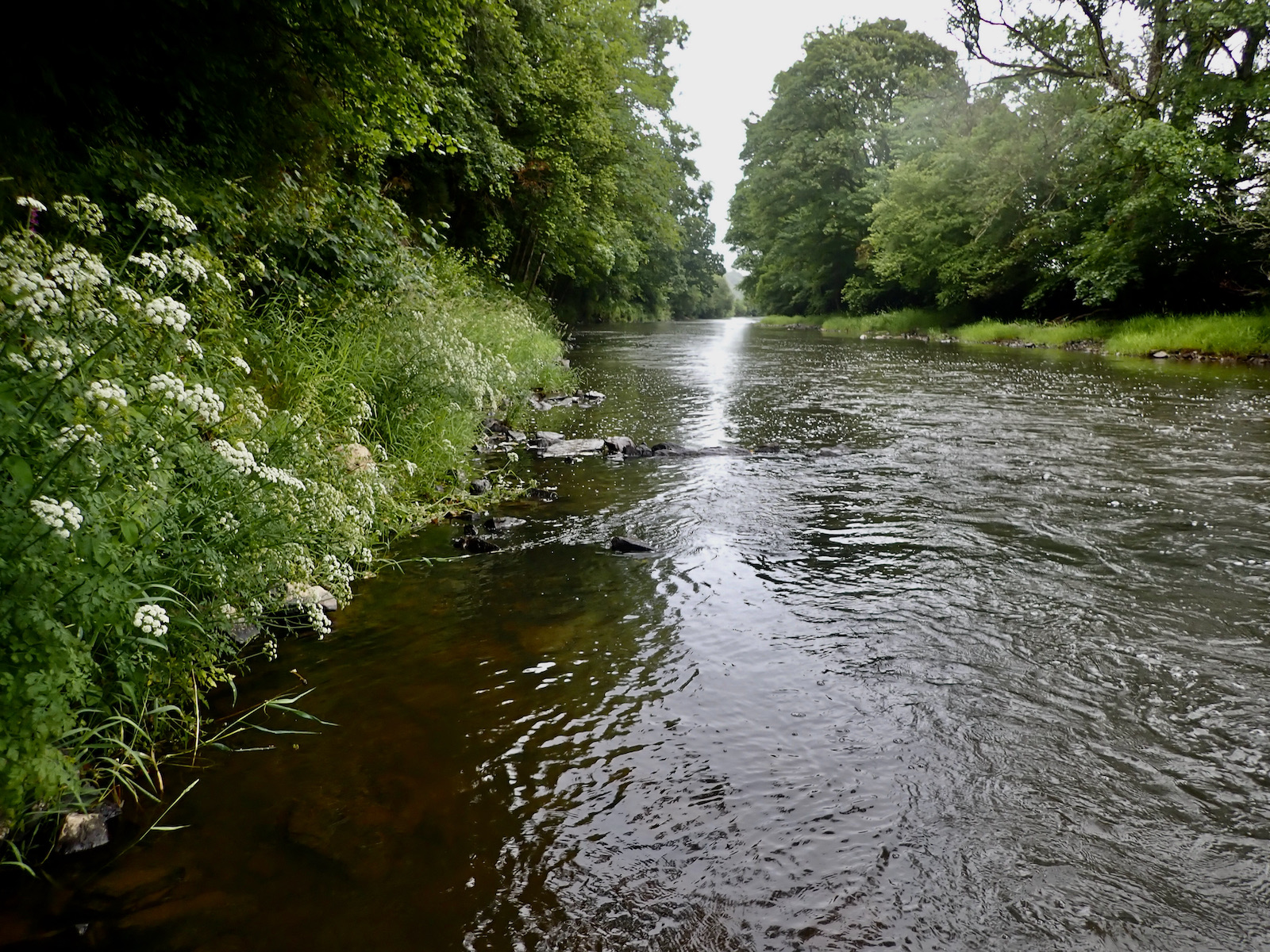
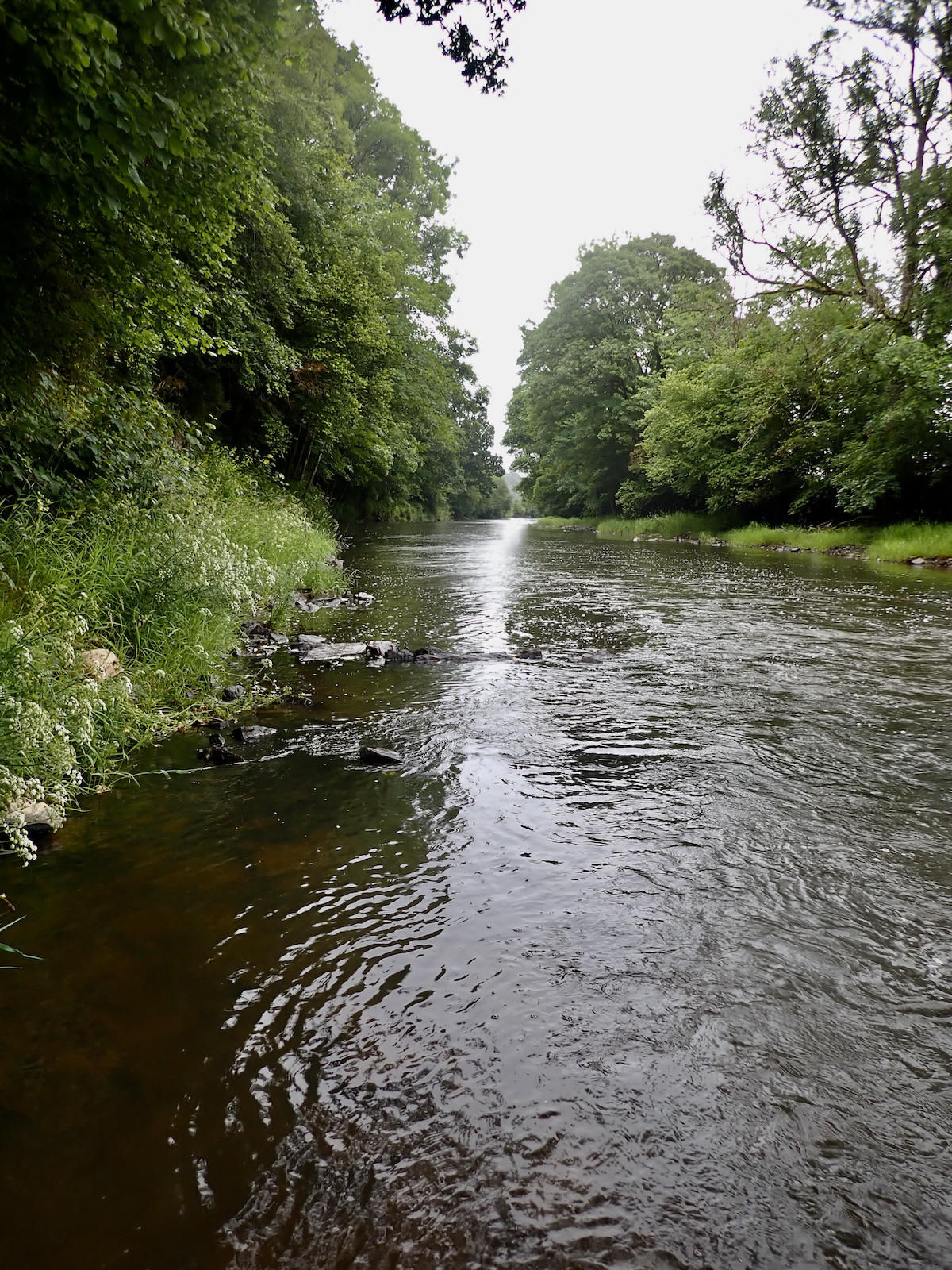
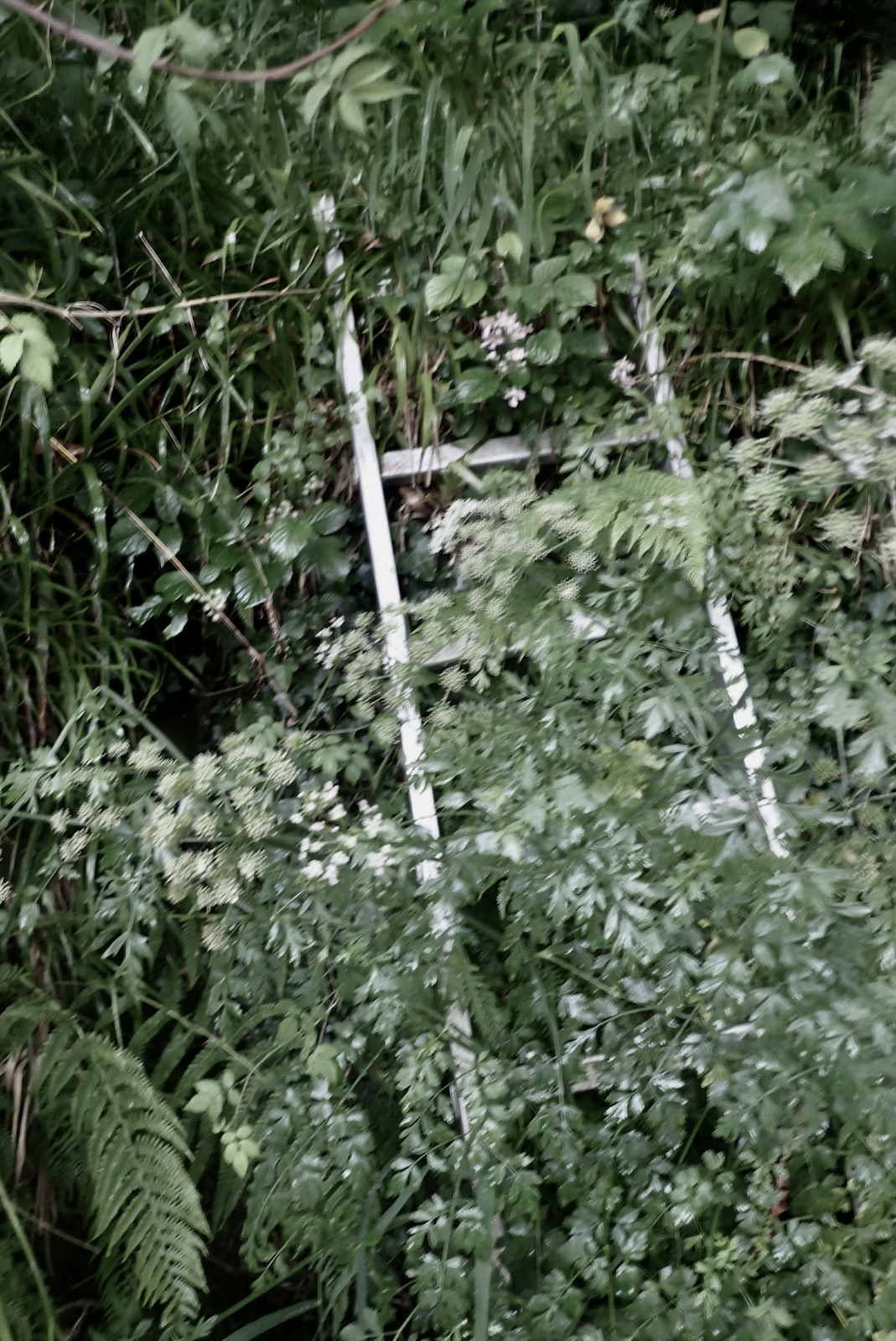

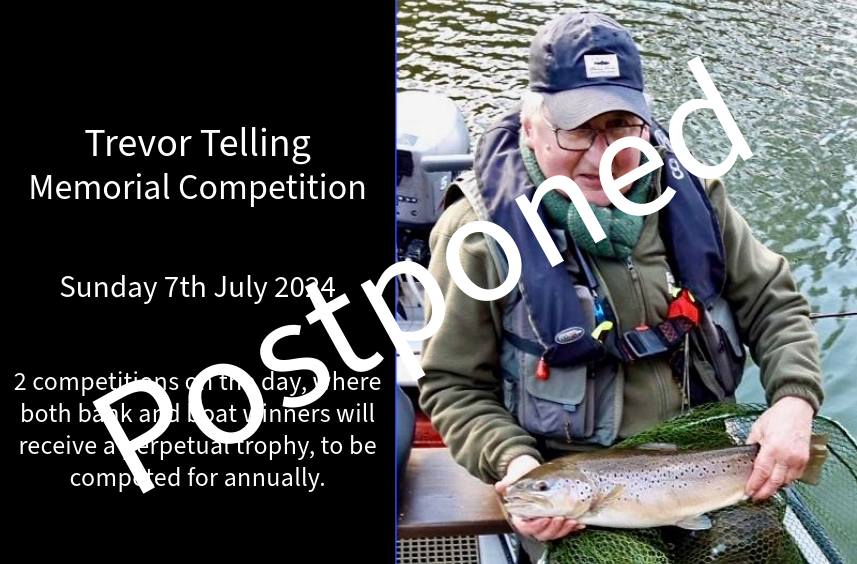
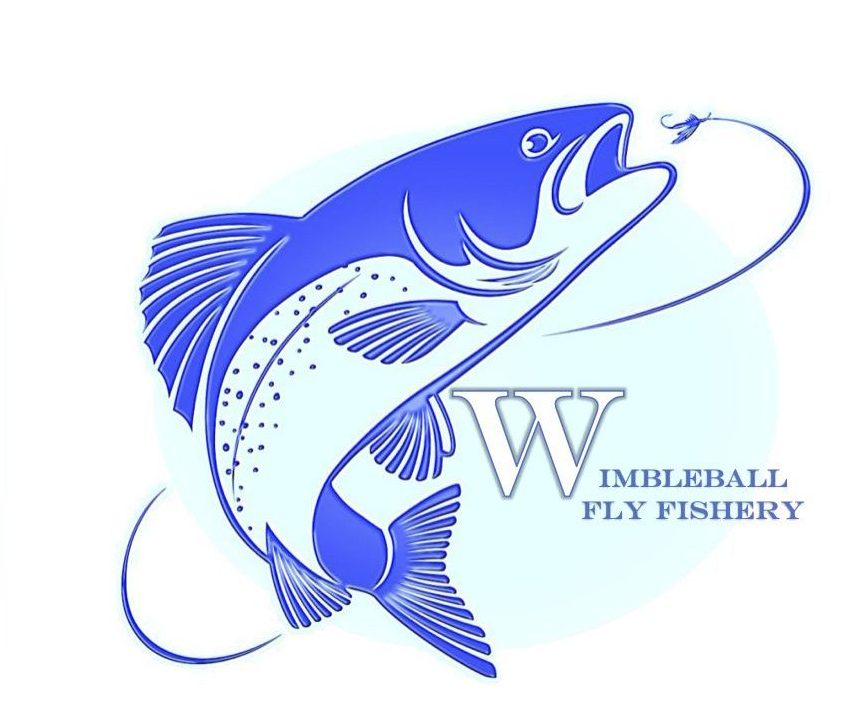
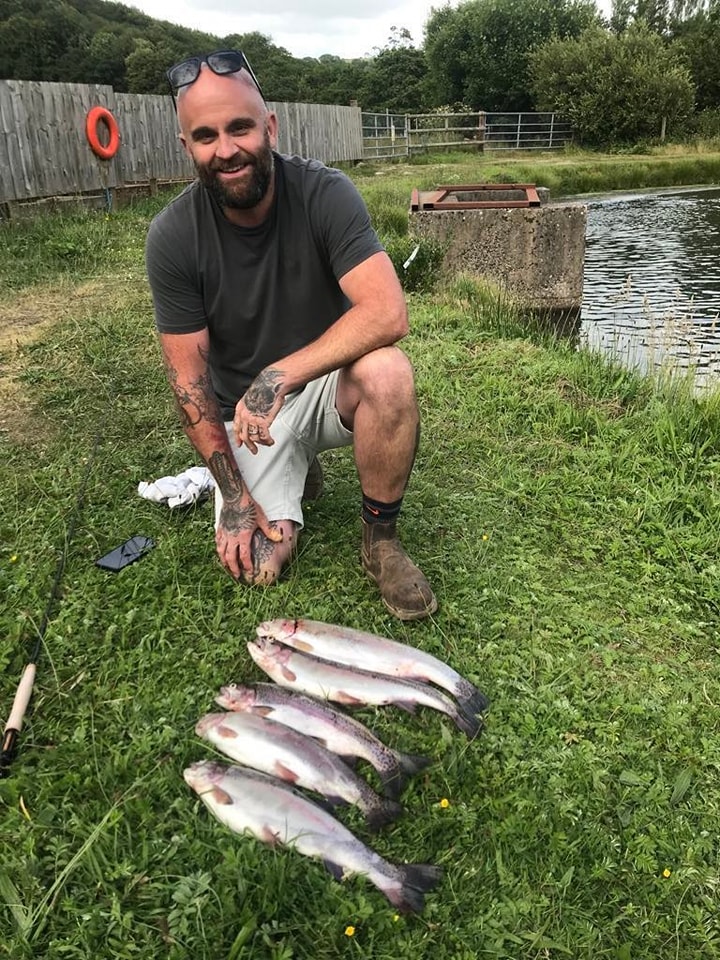

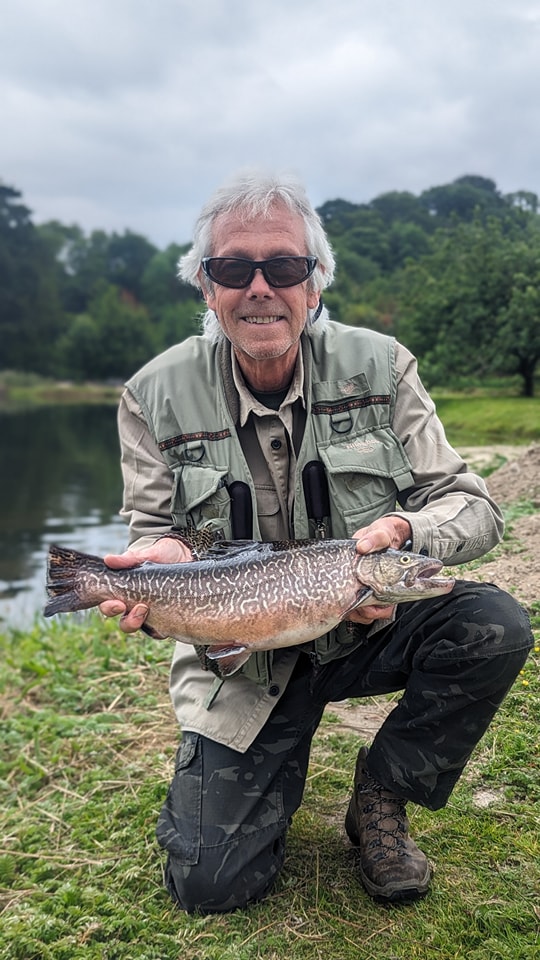
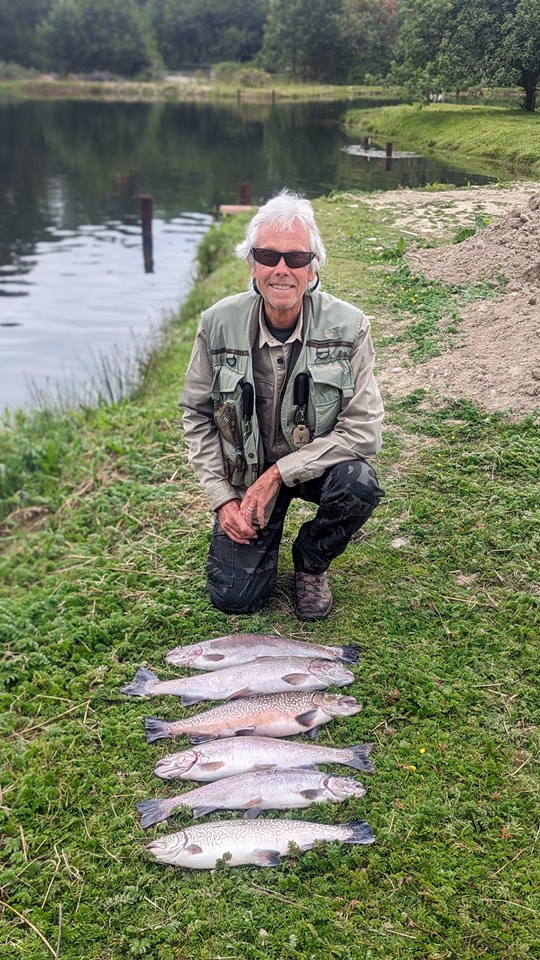 As luck would have it he landed not one but two Tigers on his 6 fish ticket!
As luck would have it he landed not one but two Tigers on his 6 fish ticket!